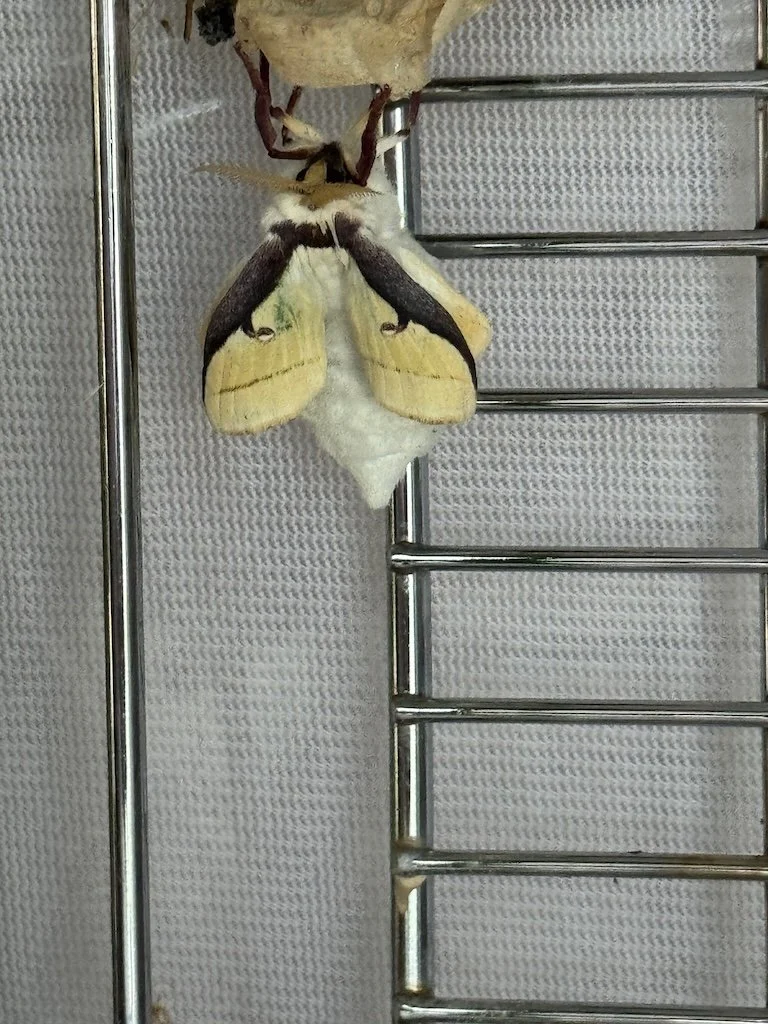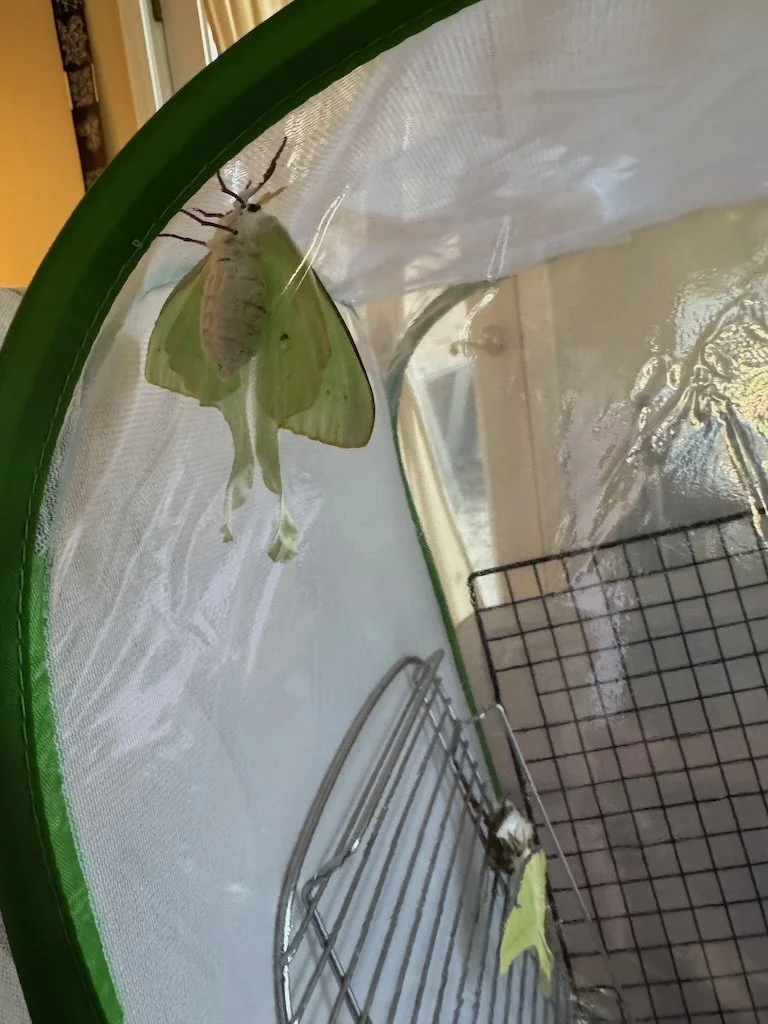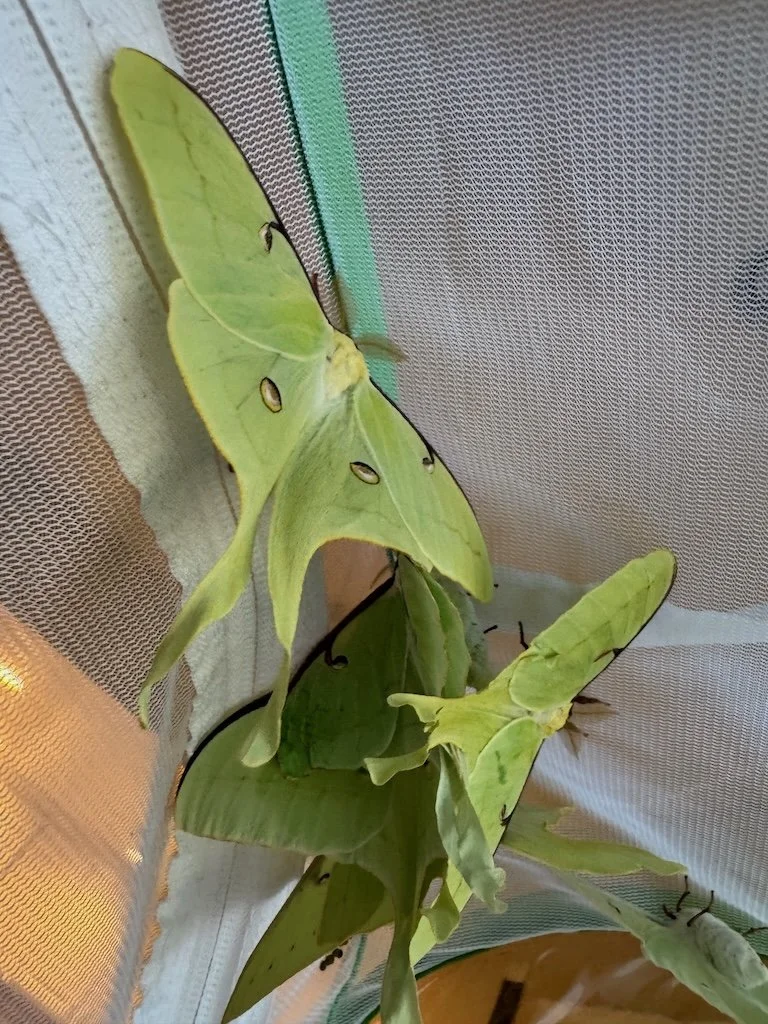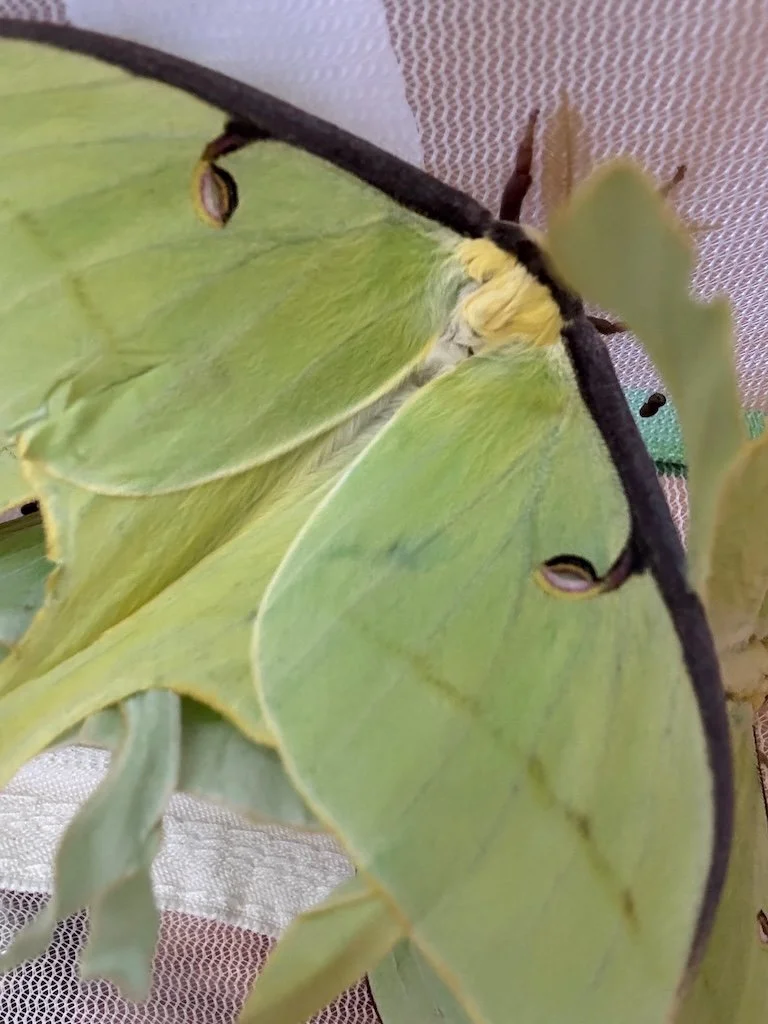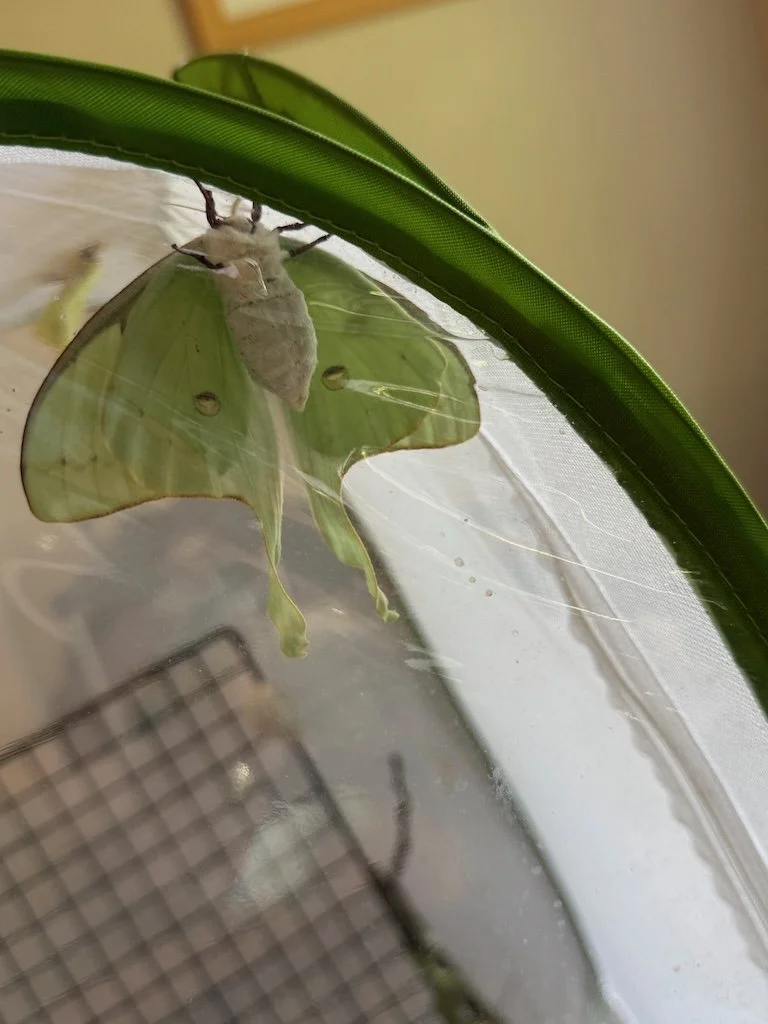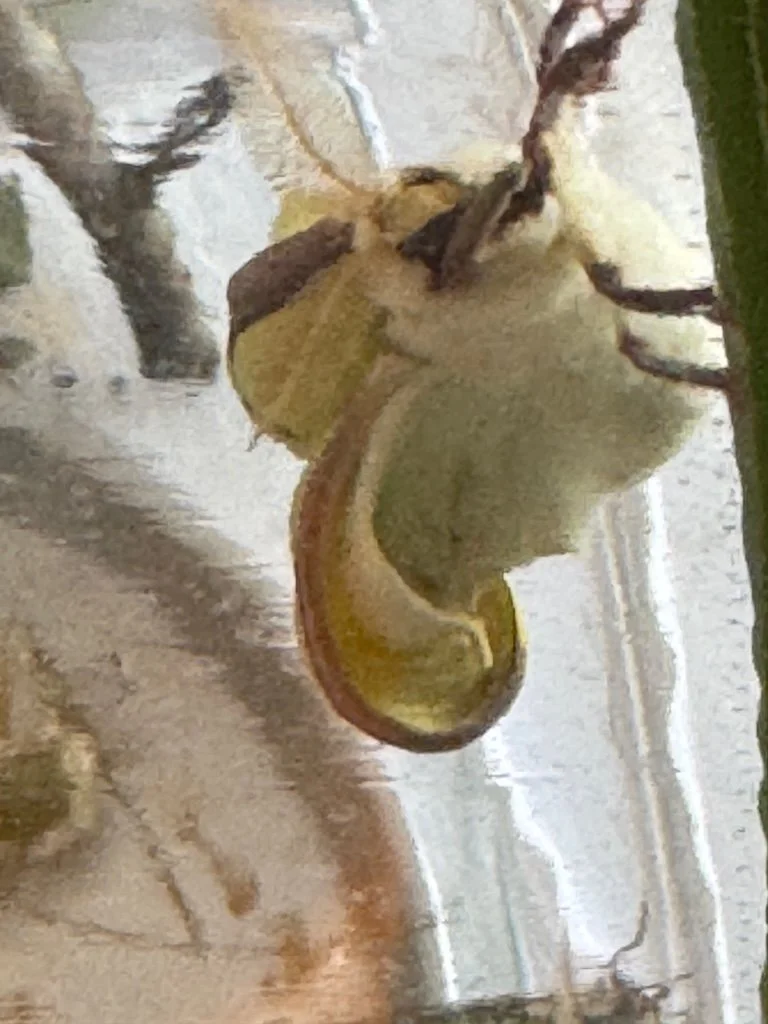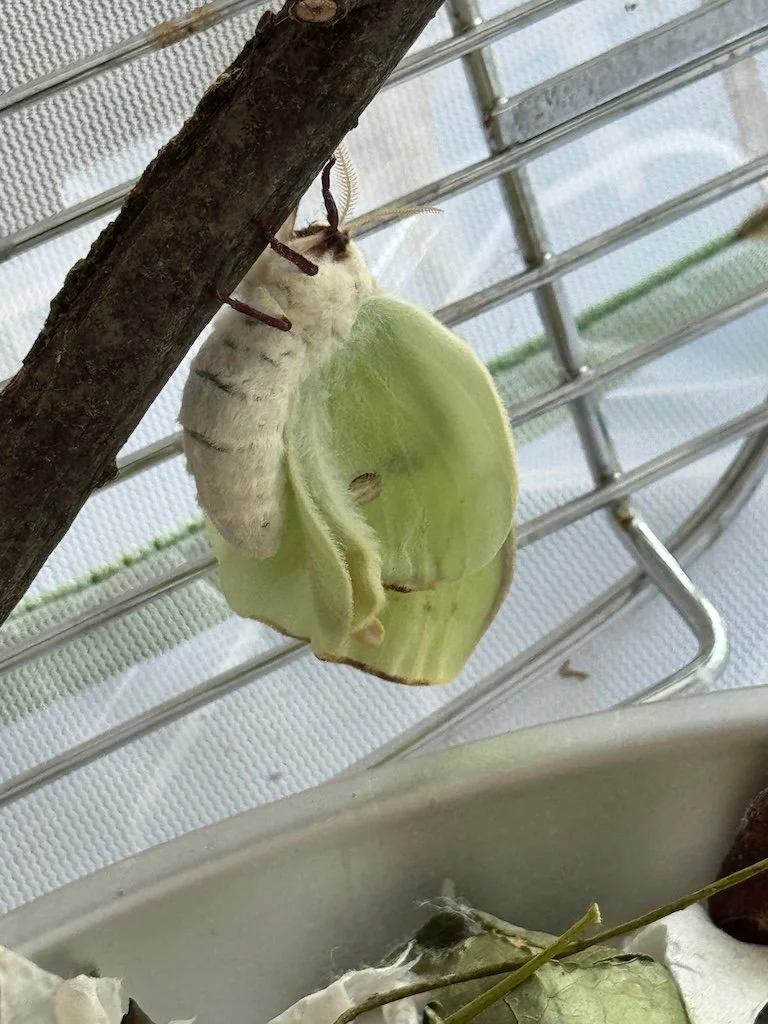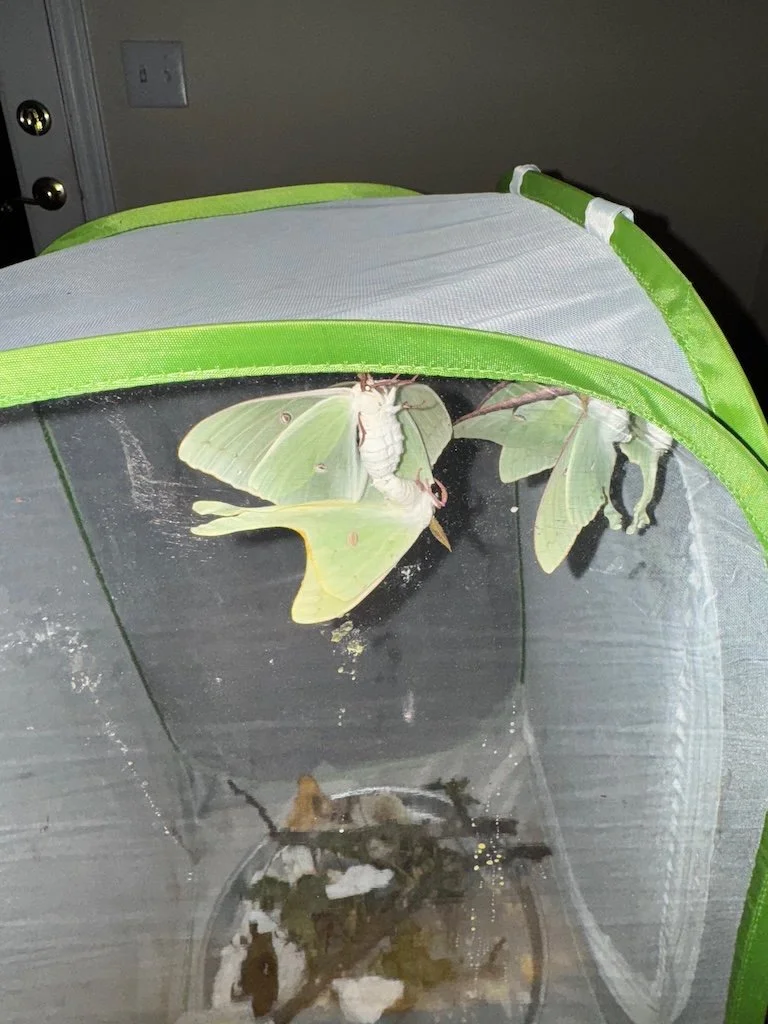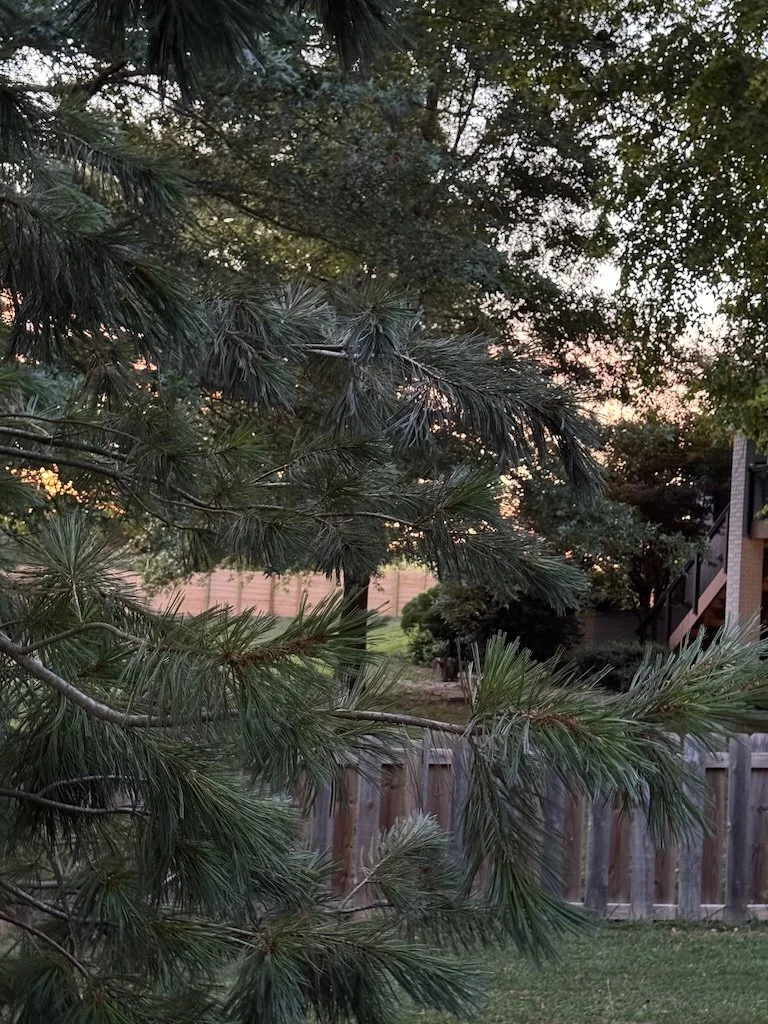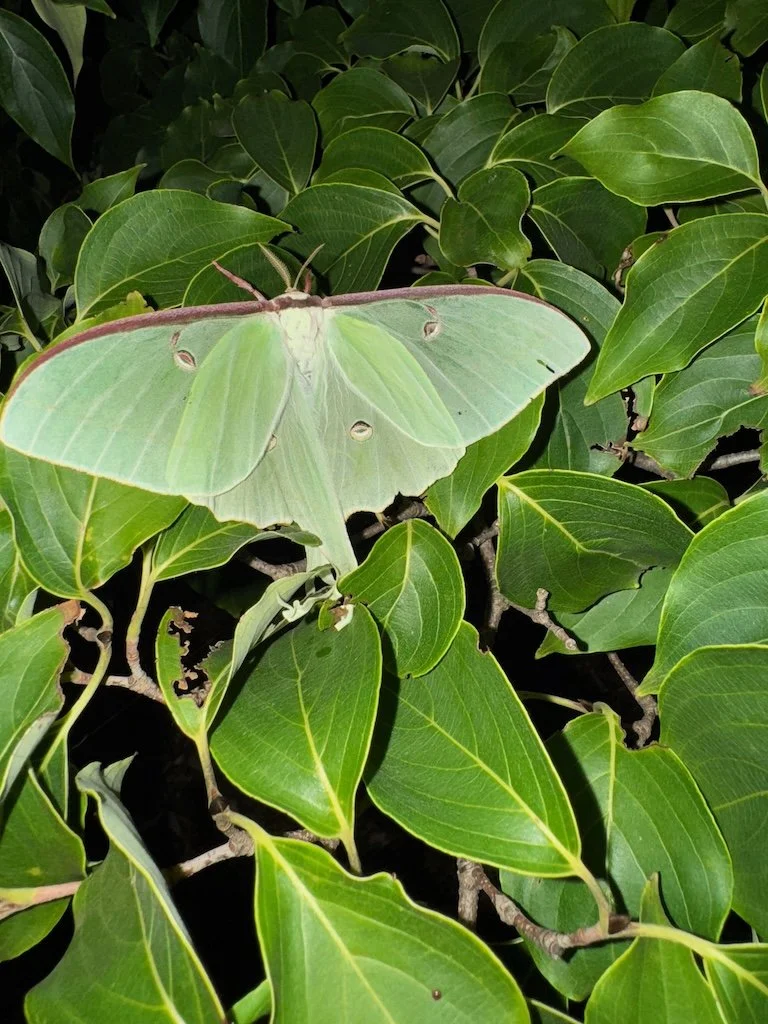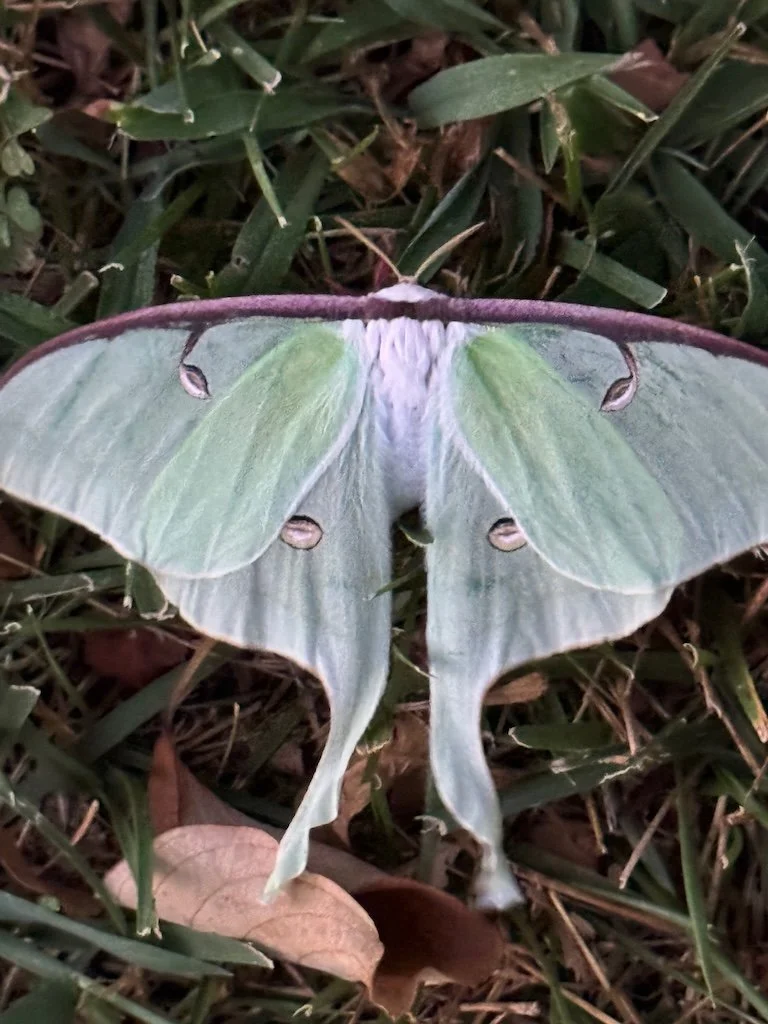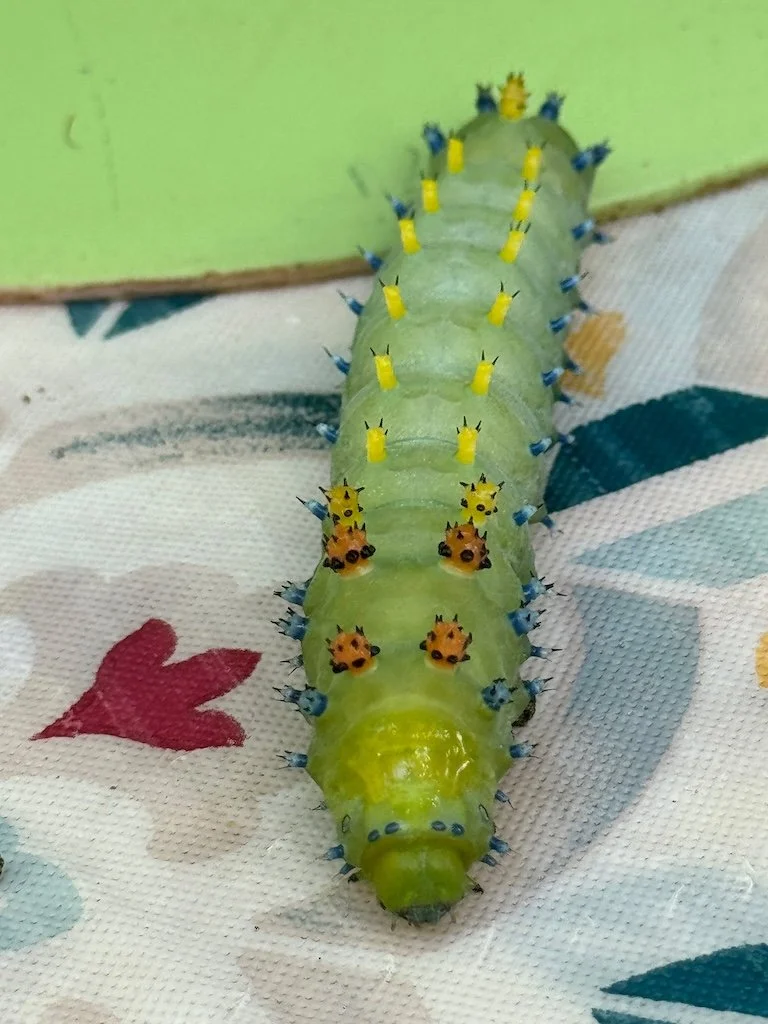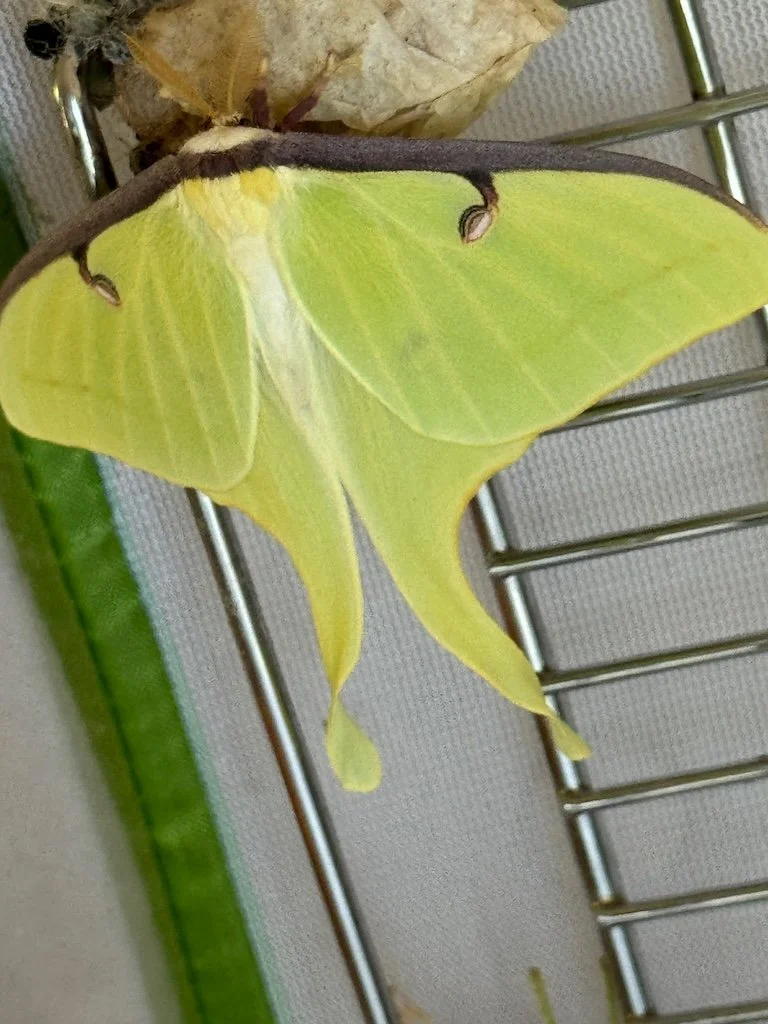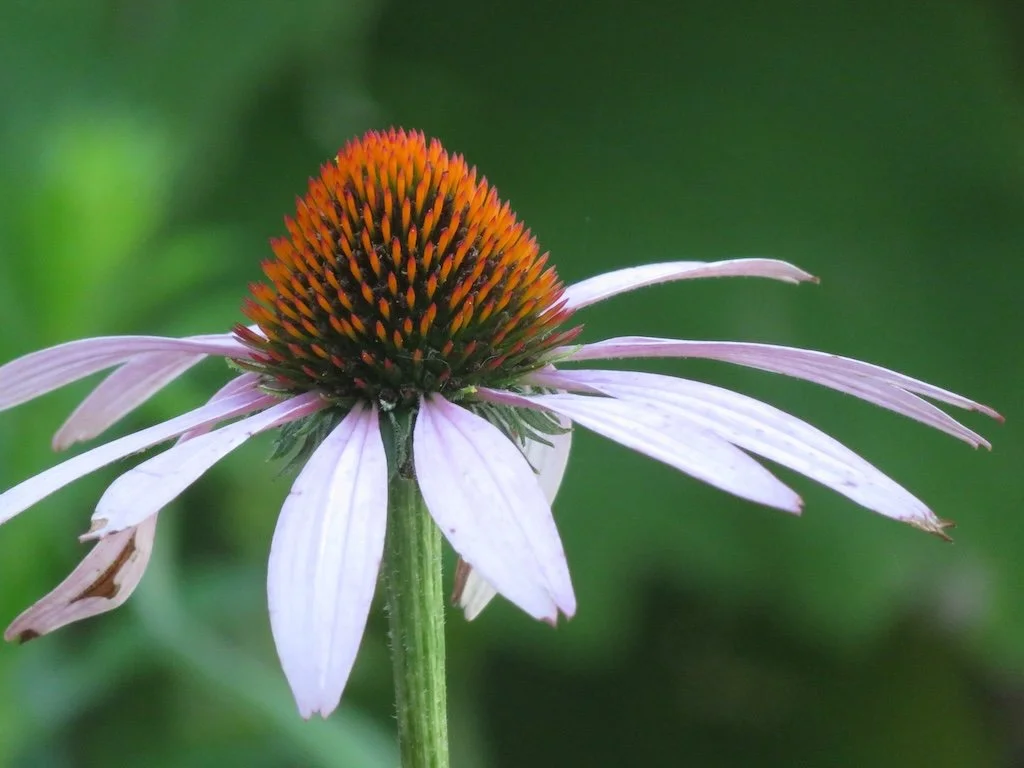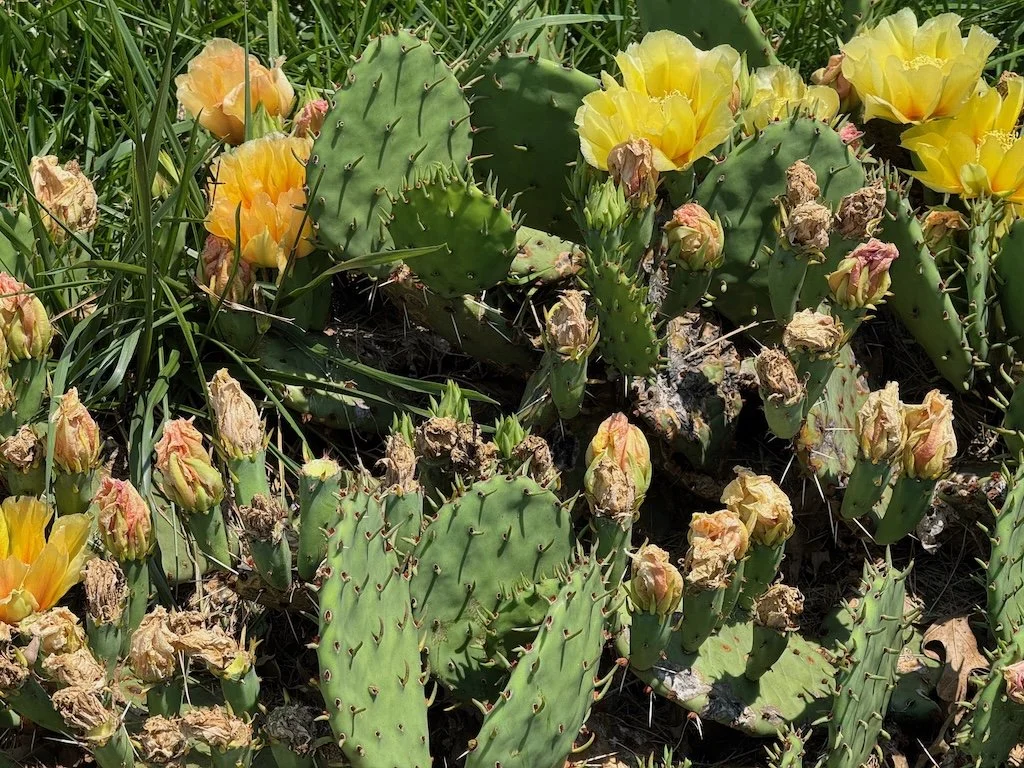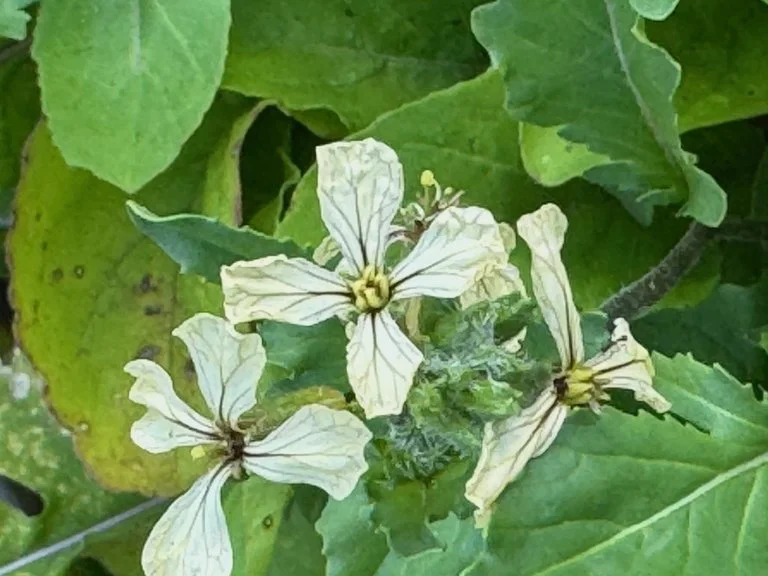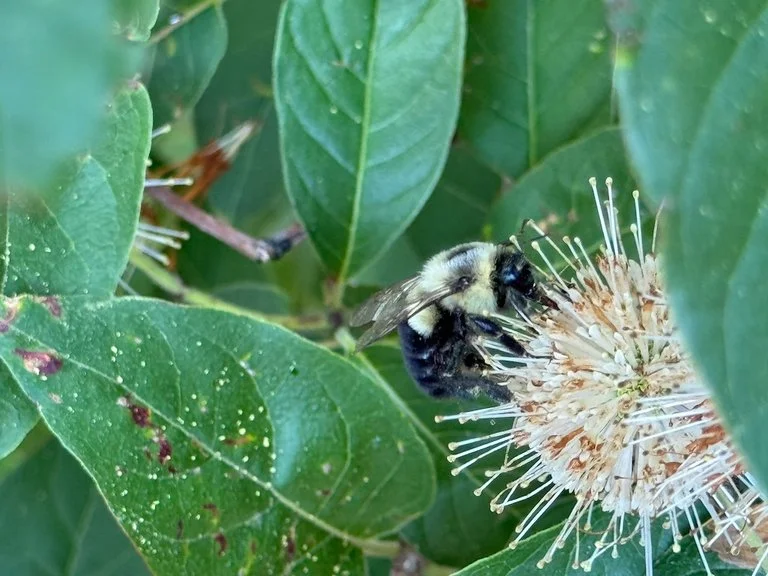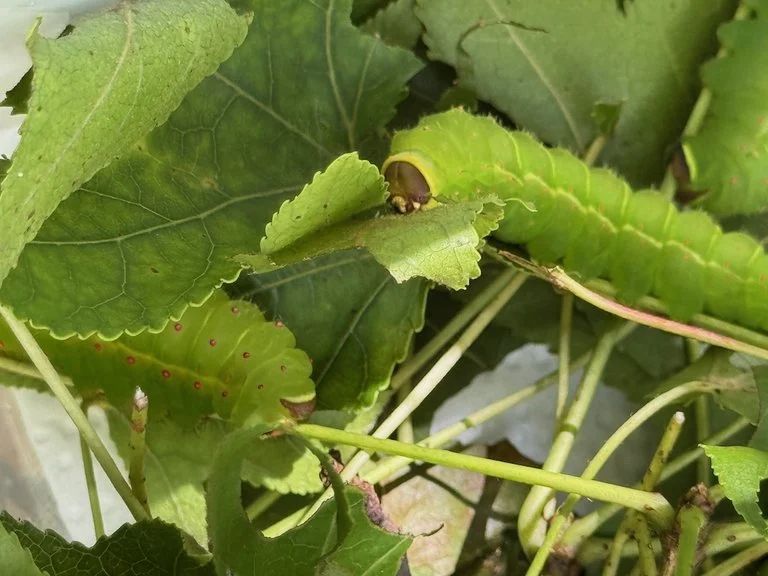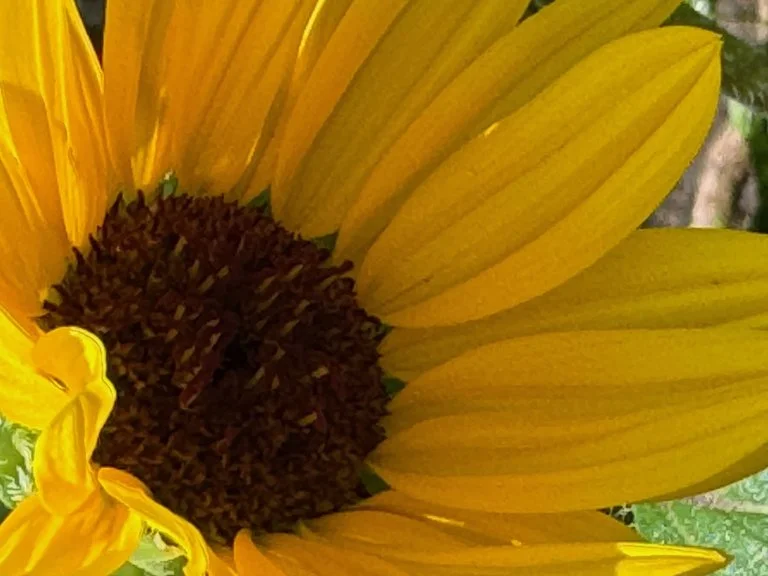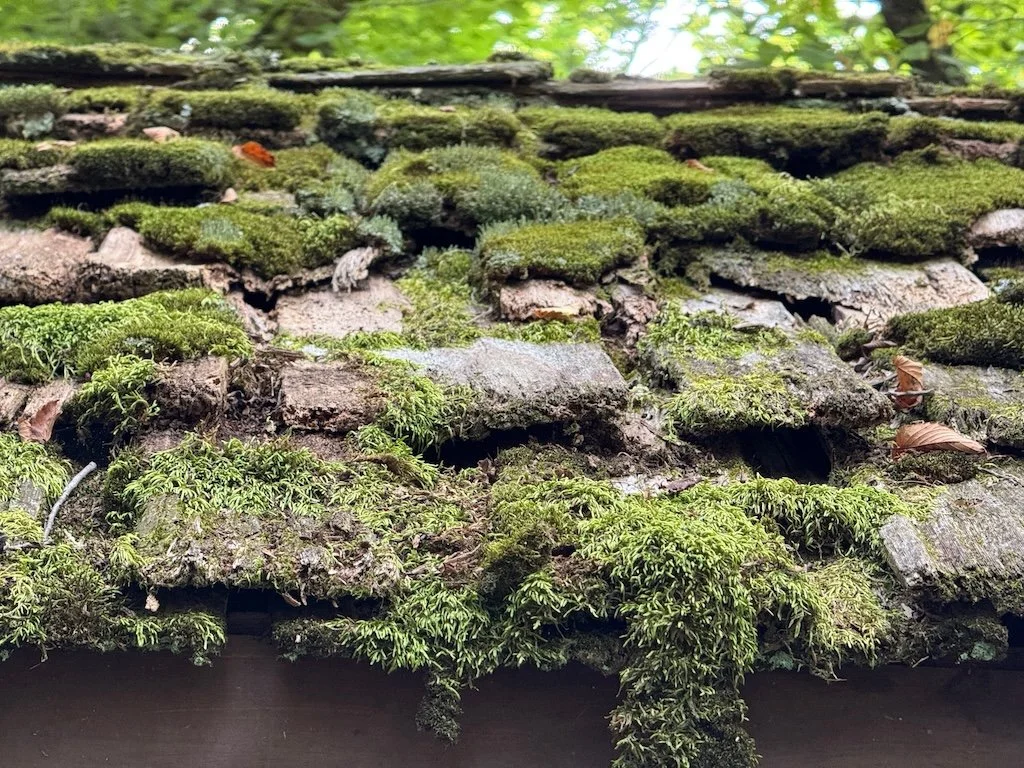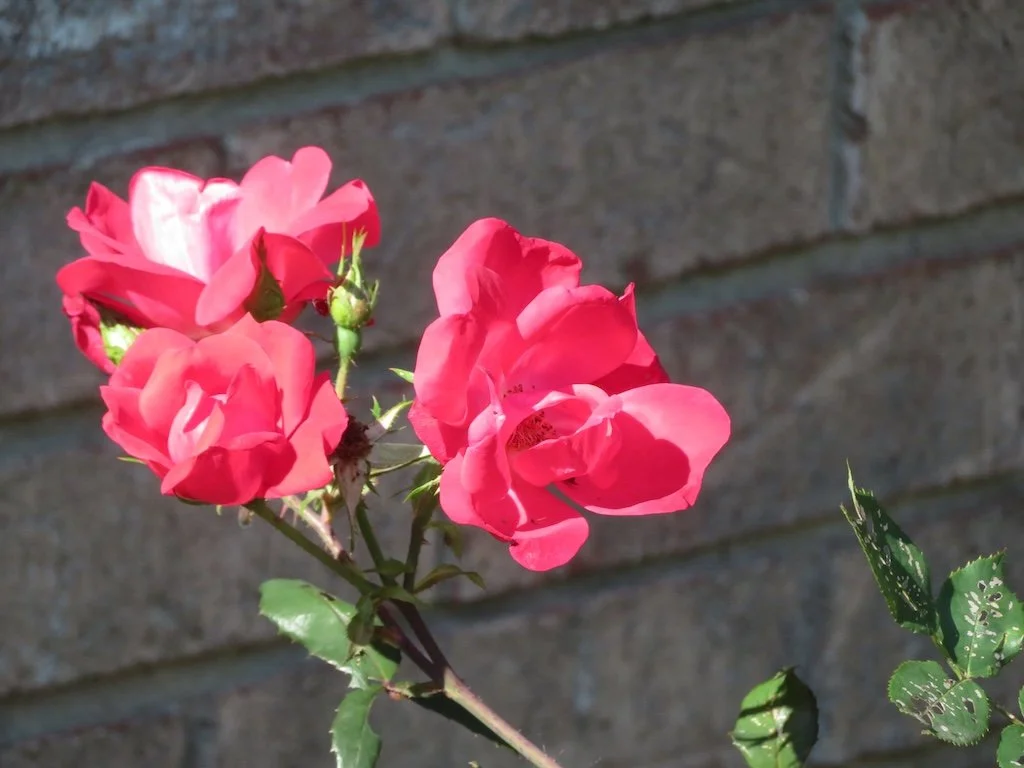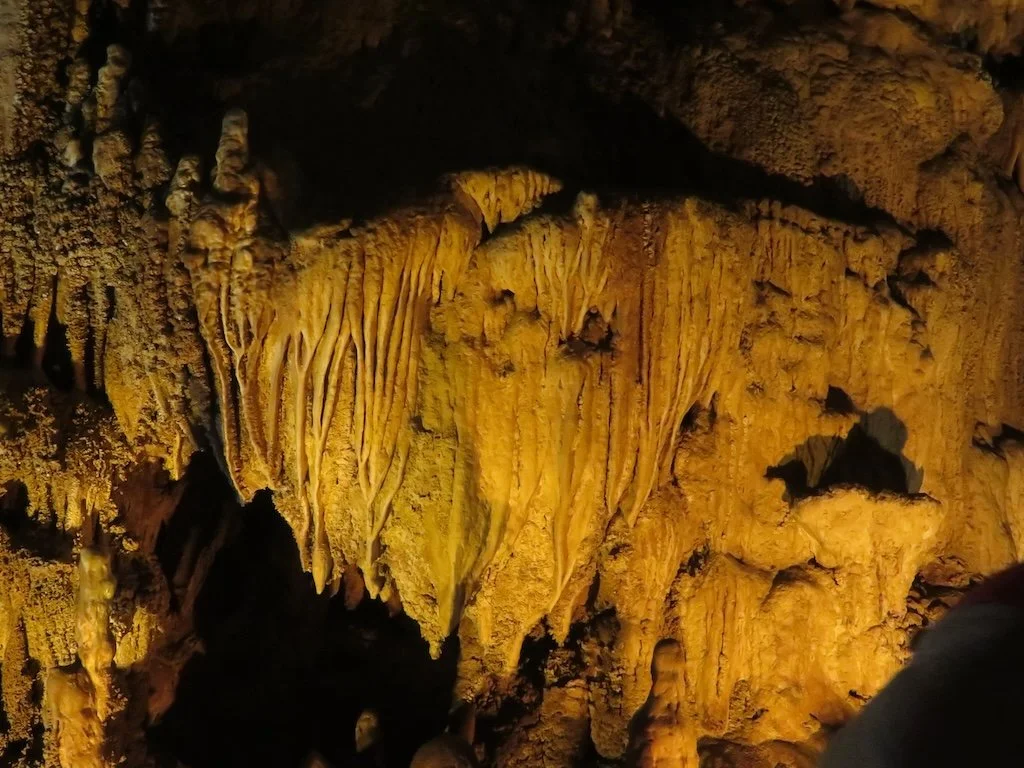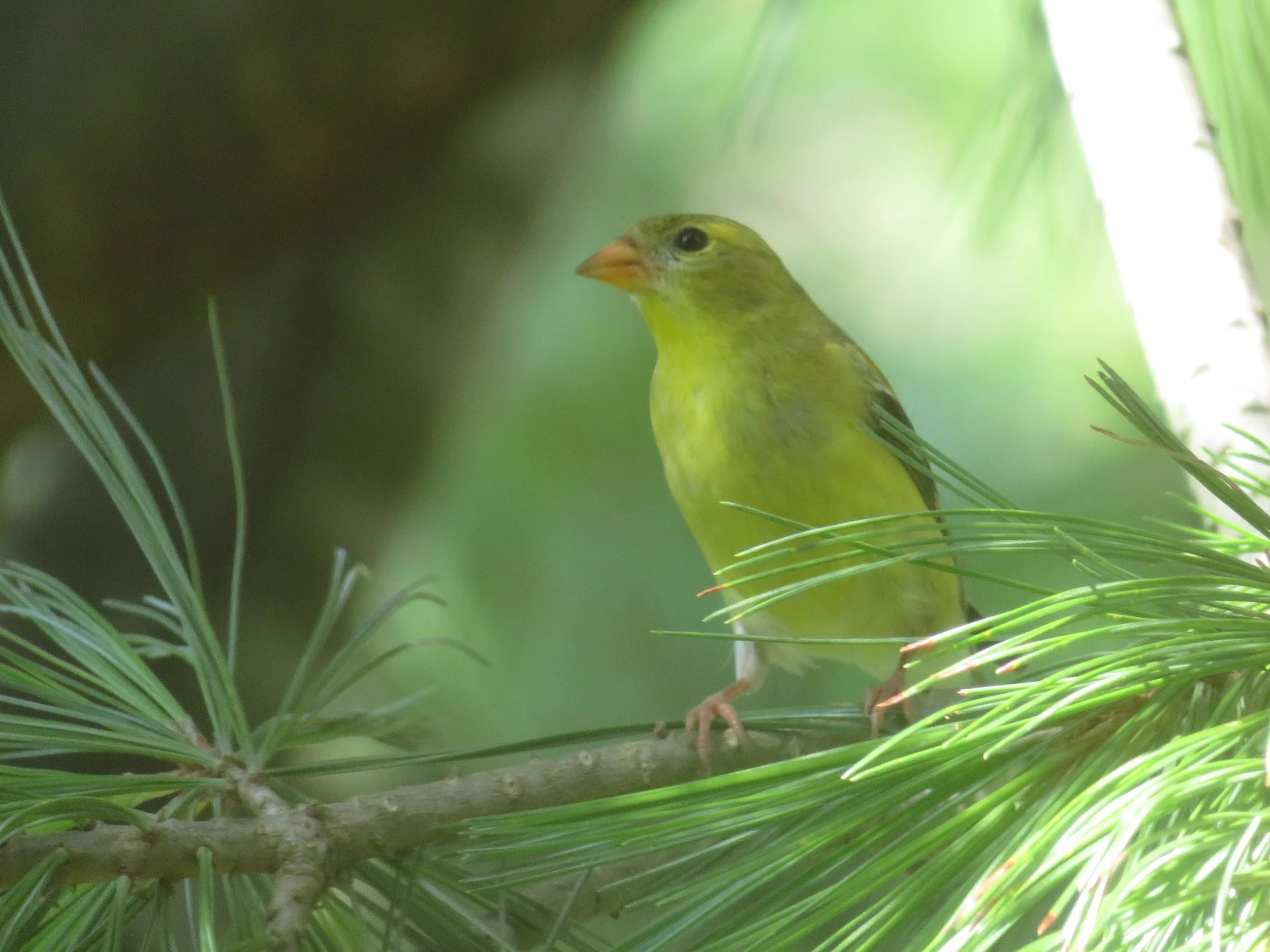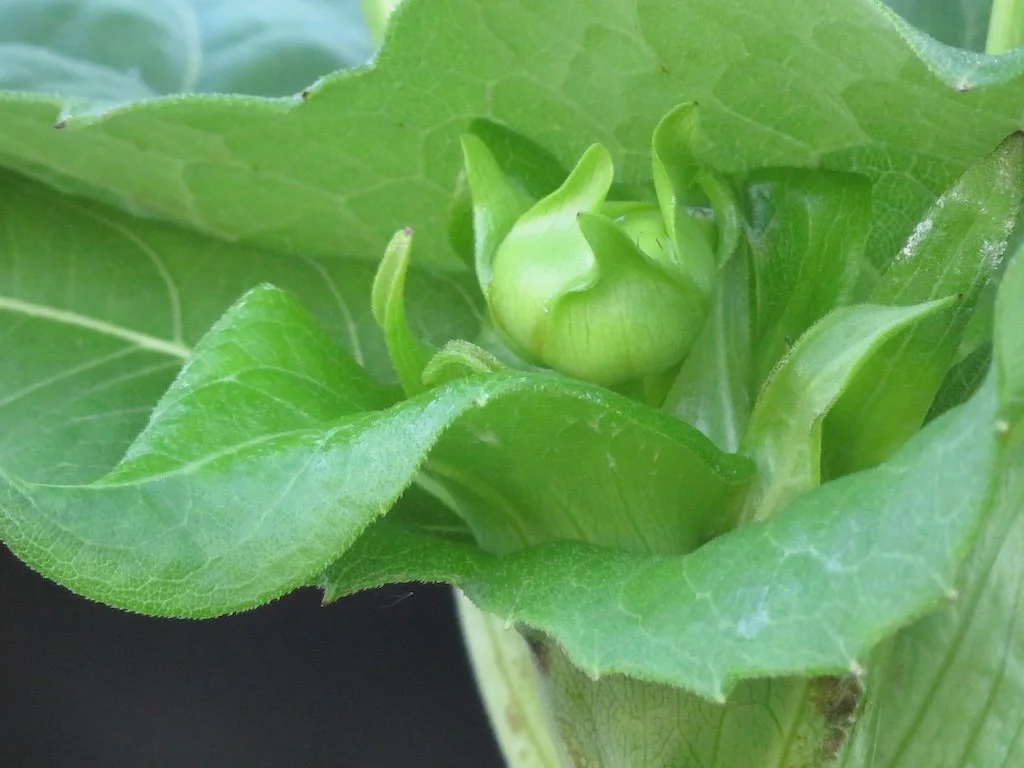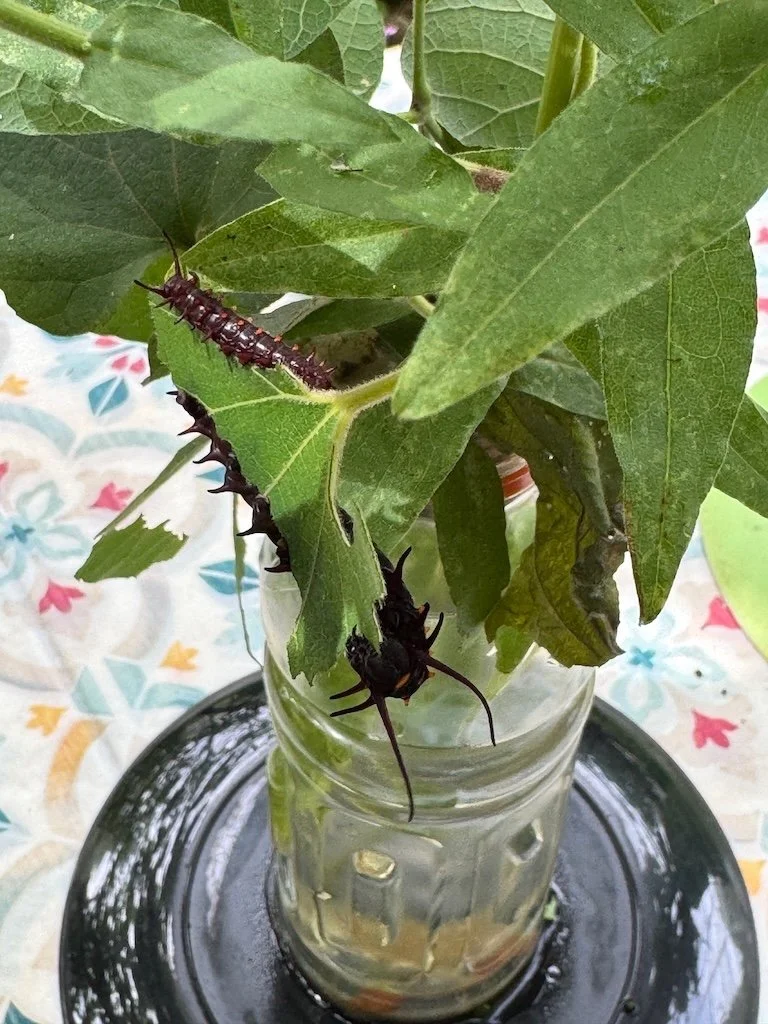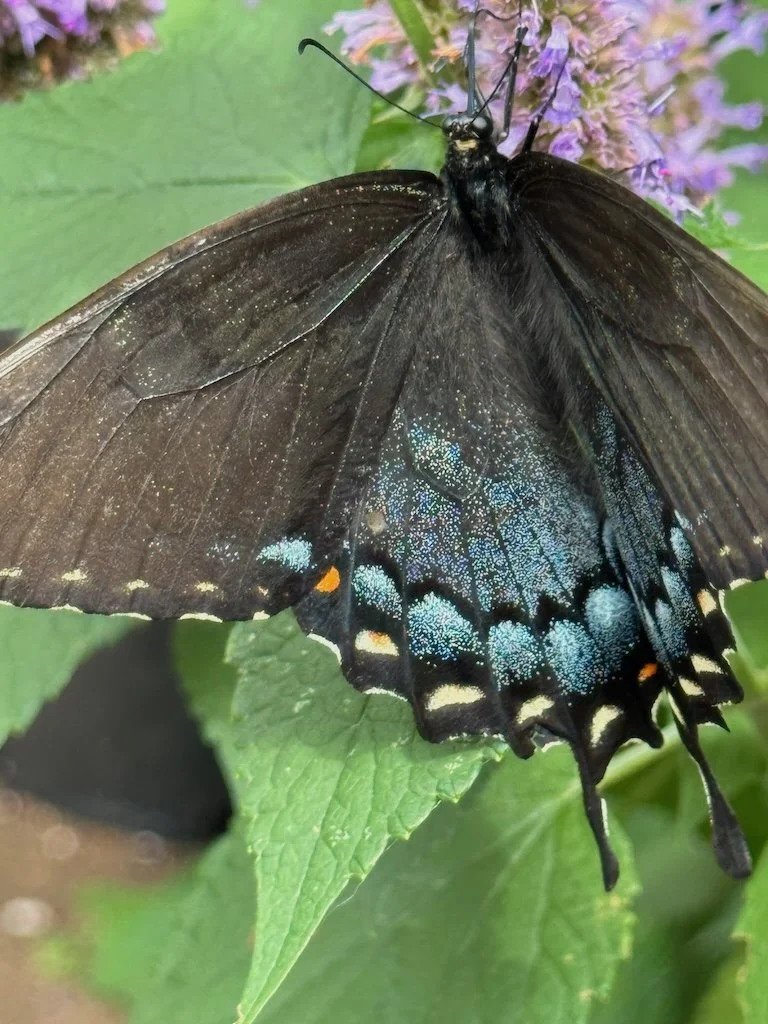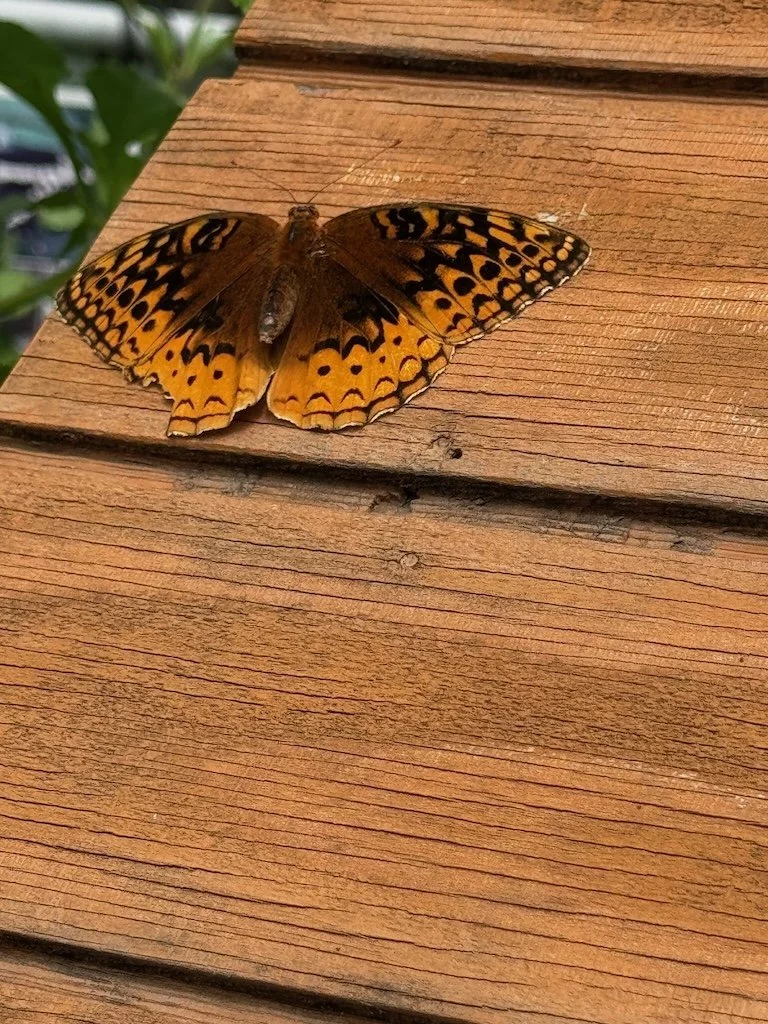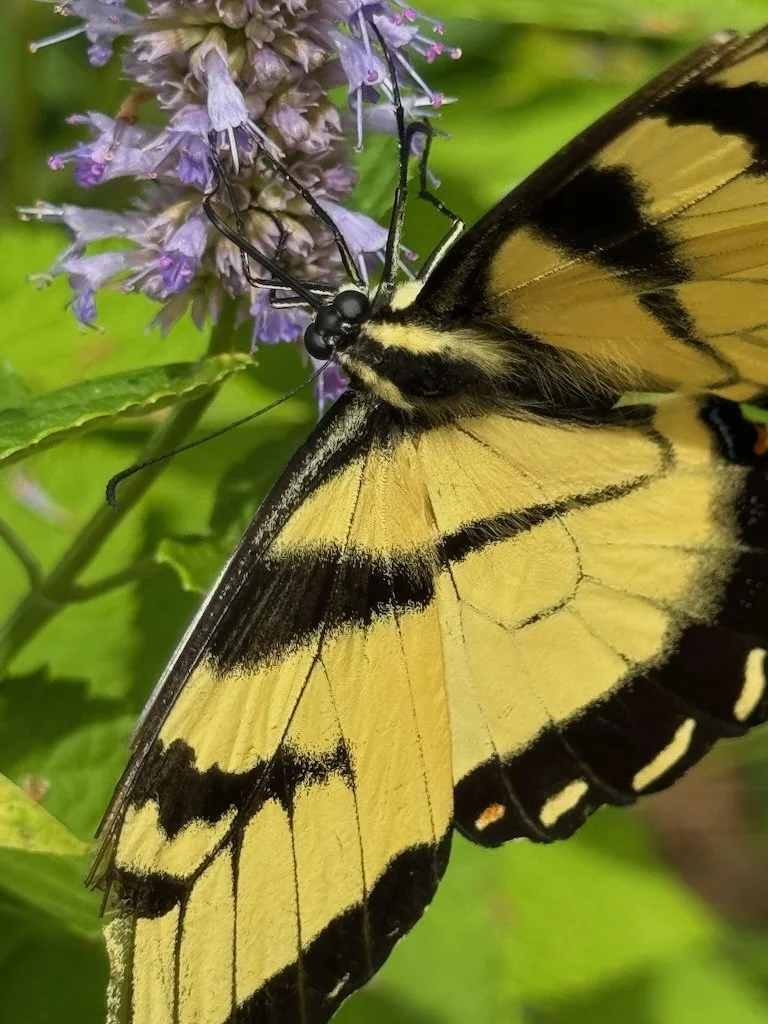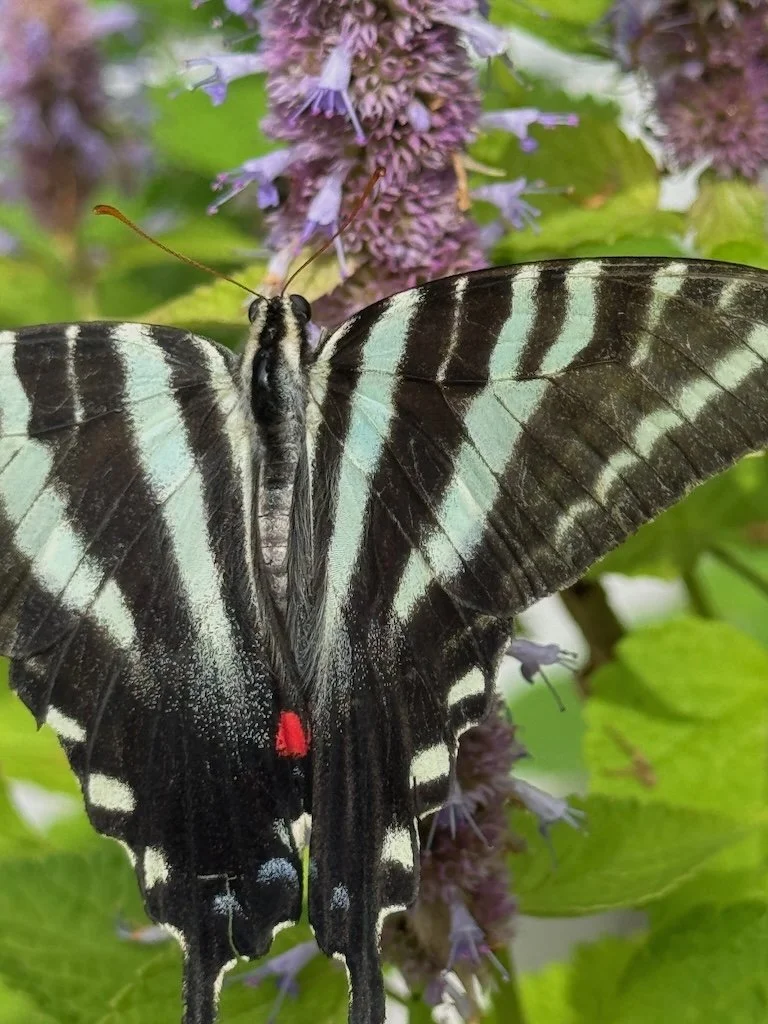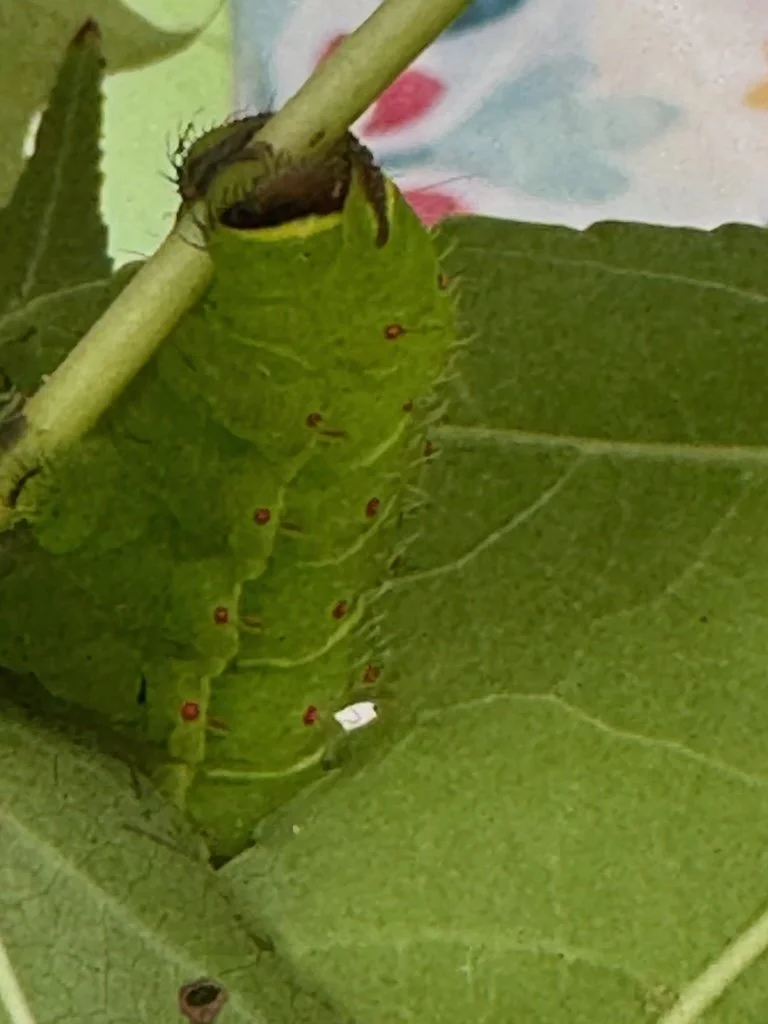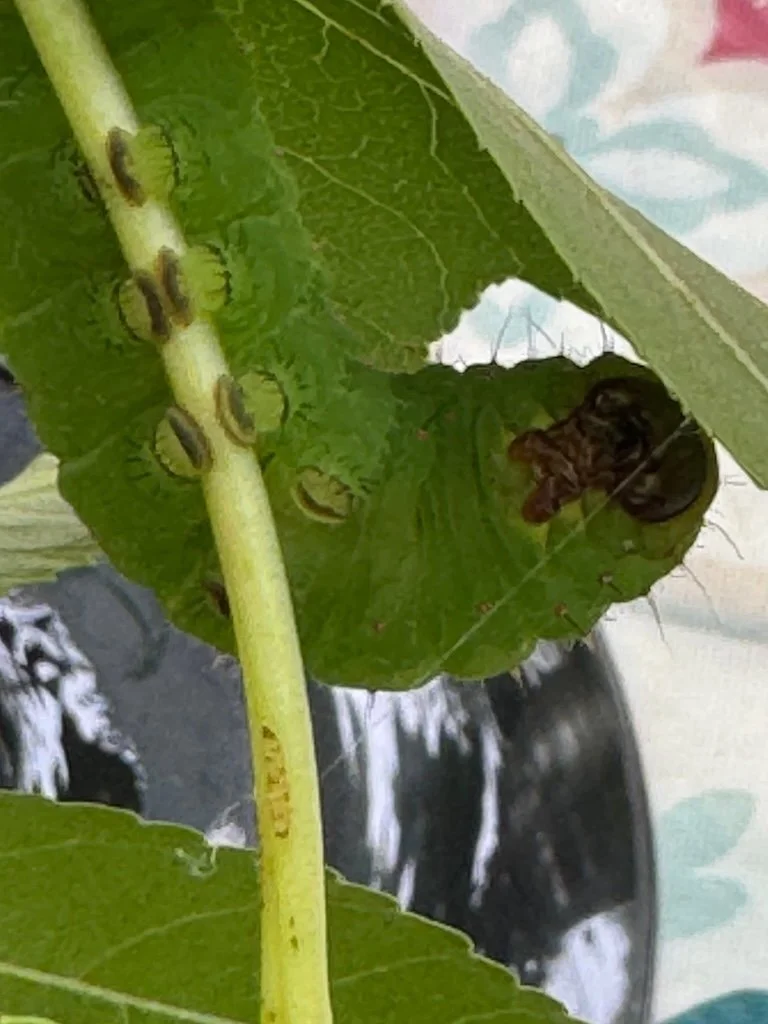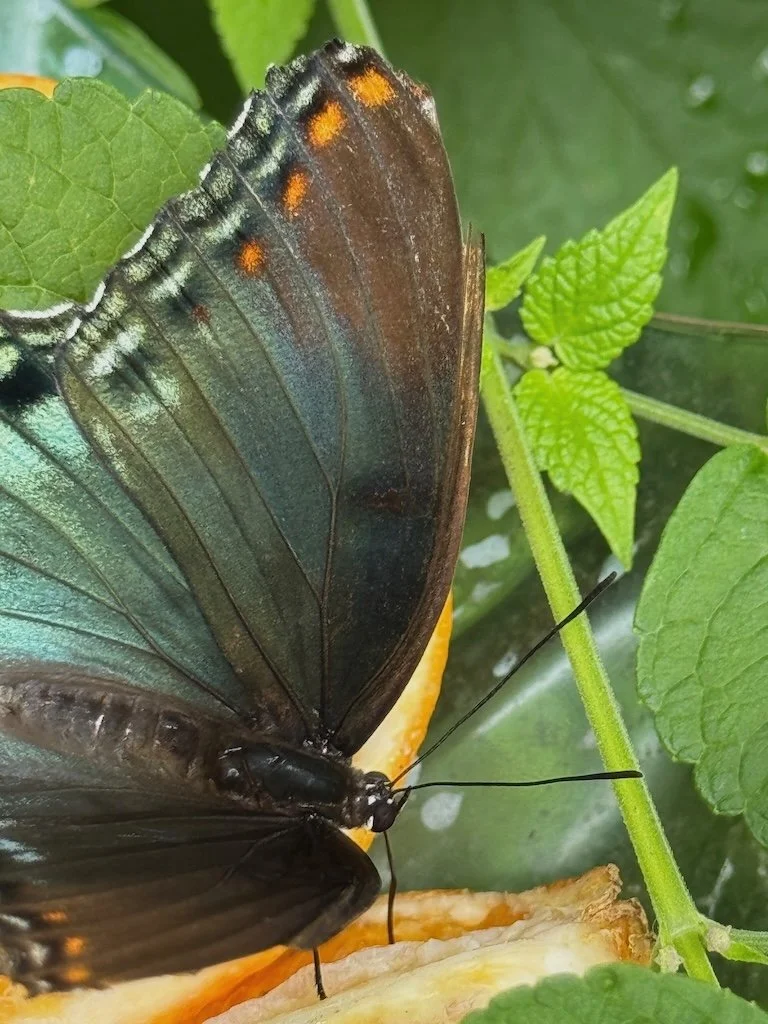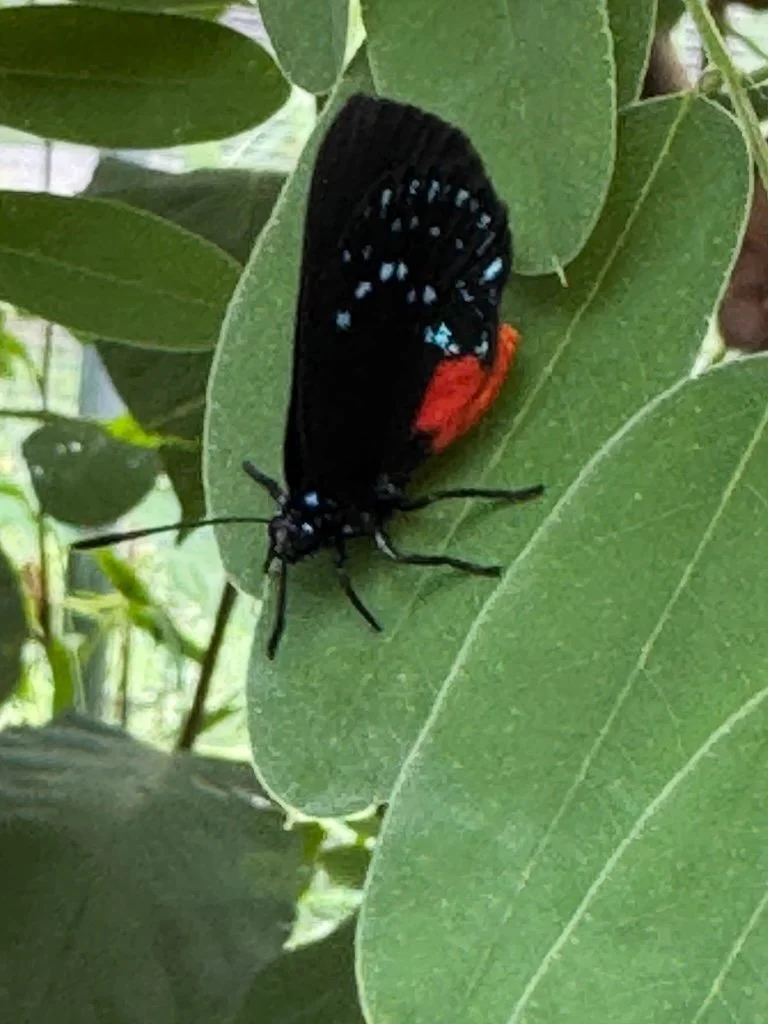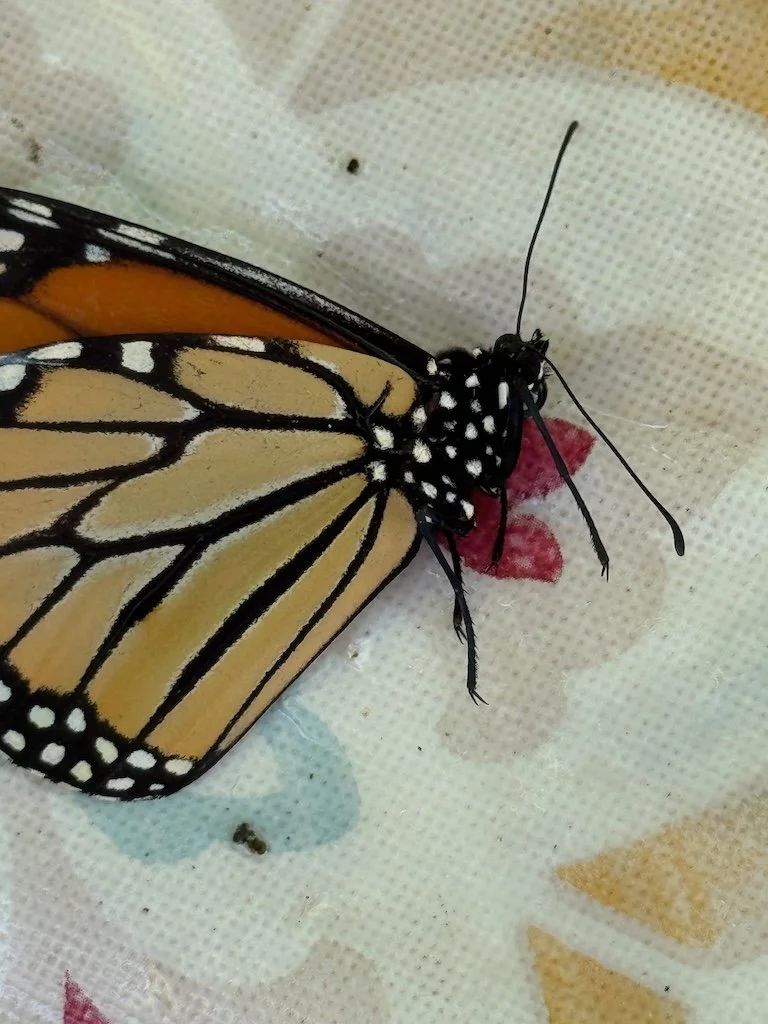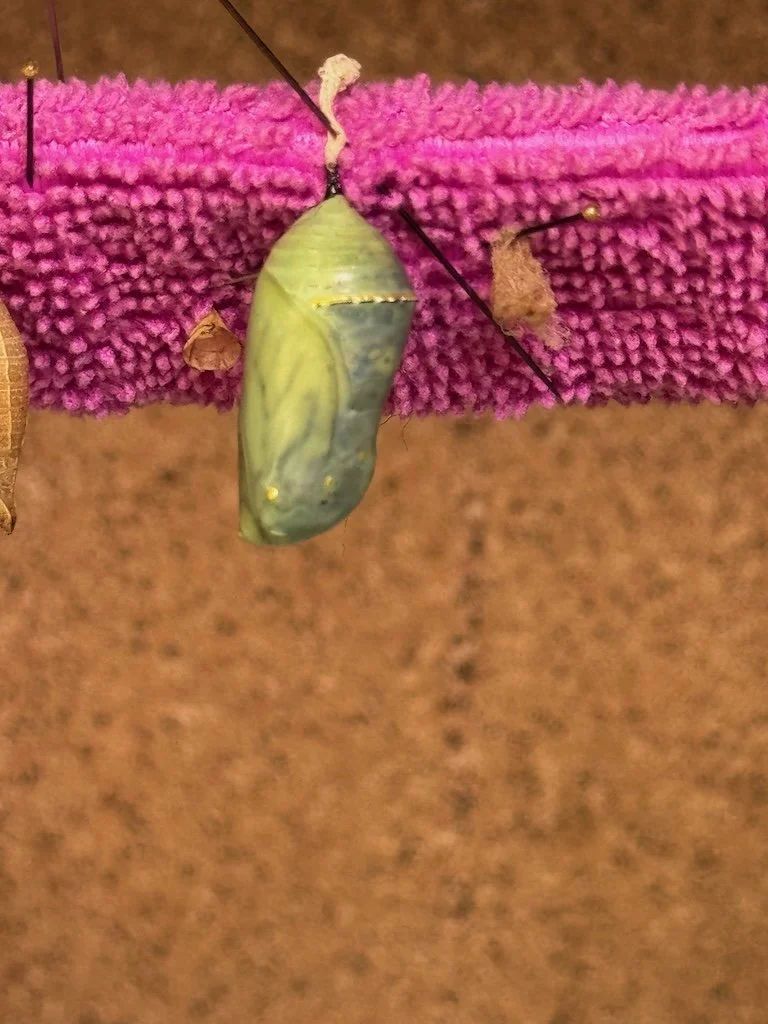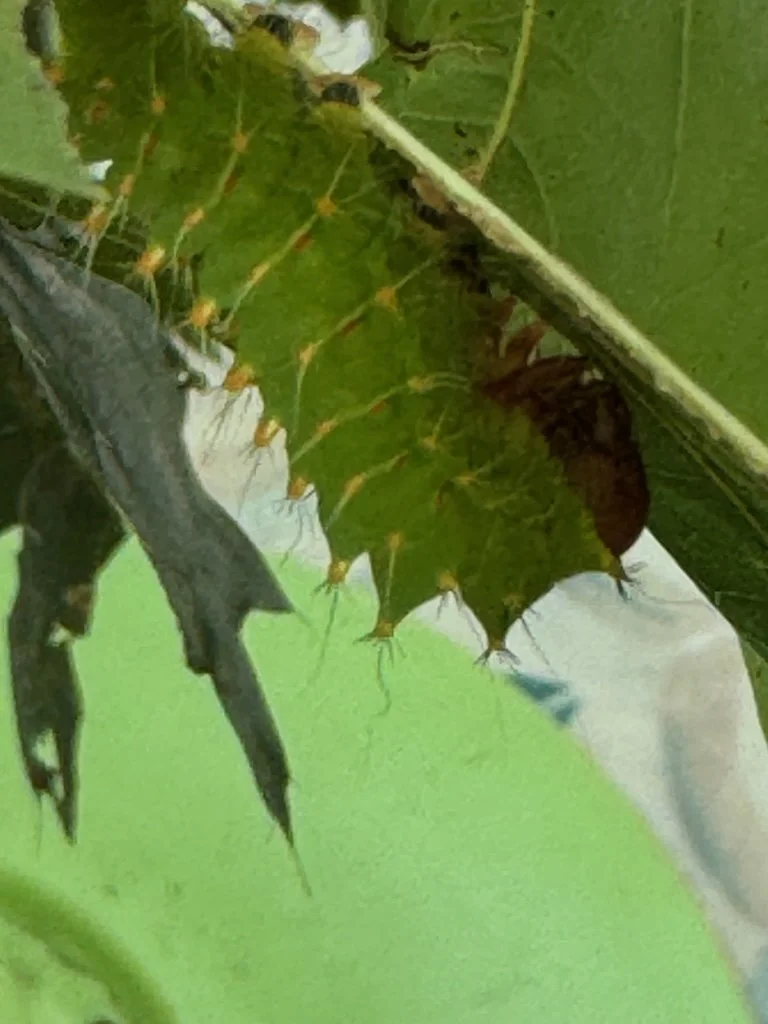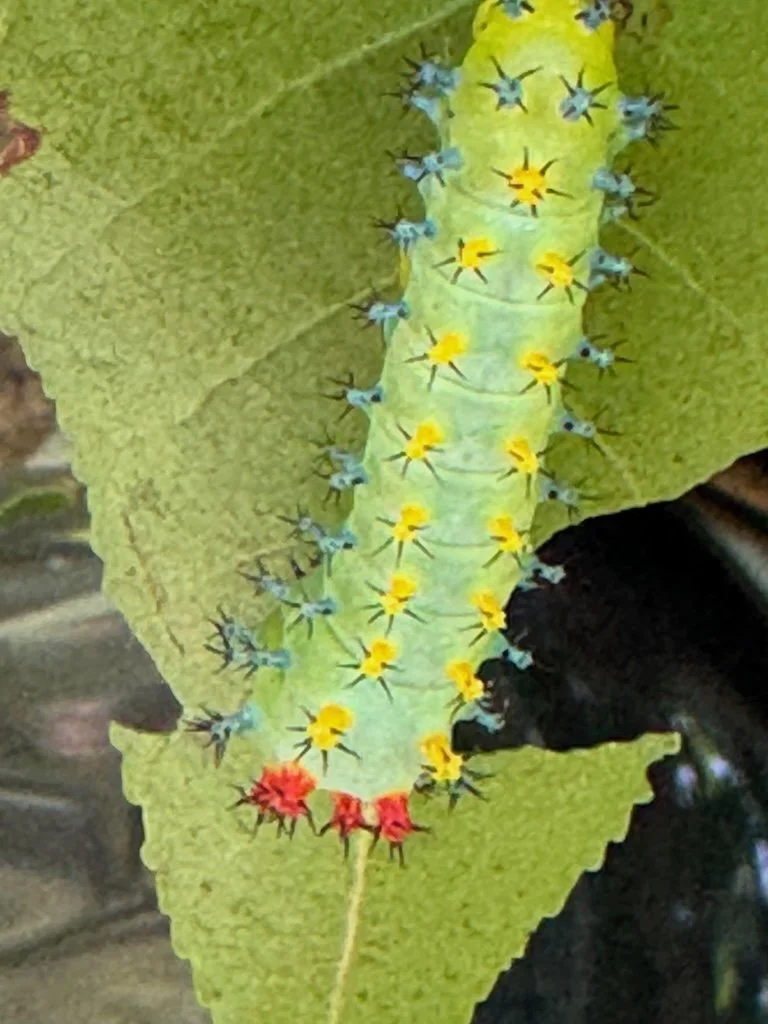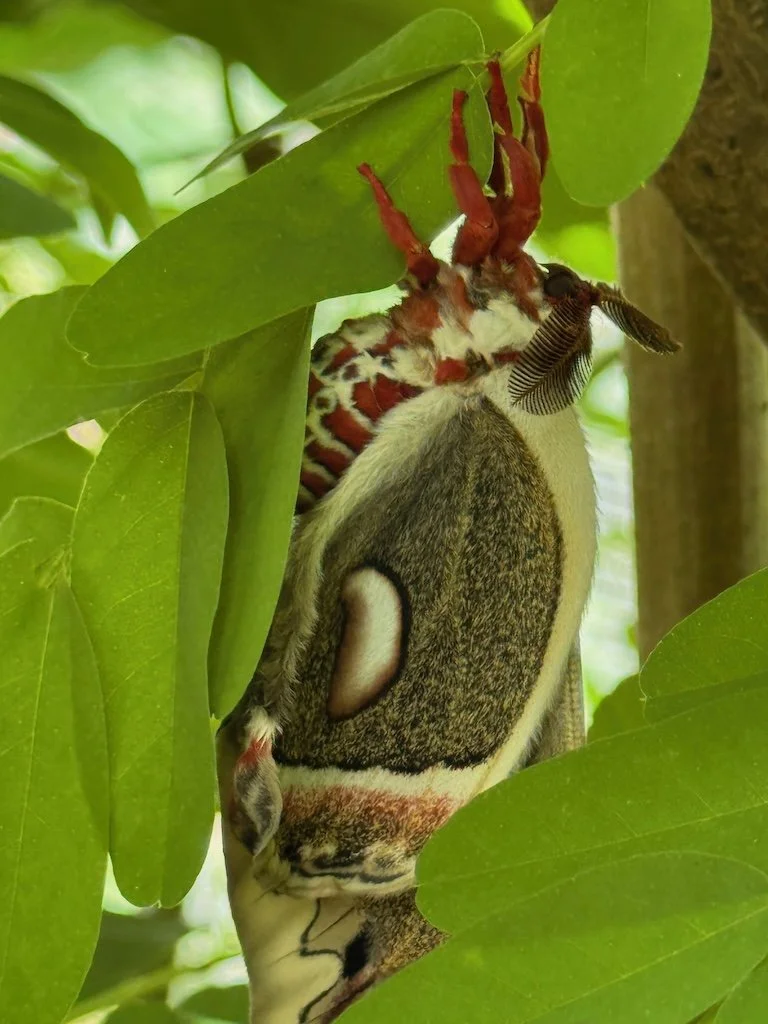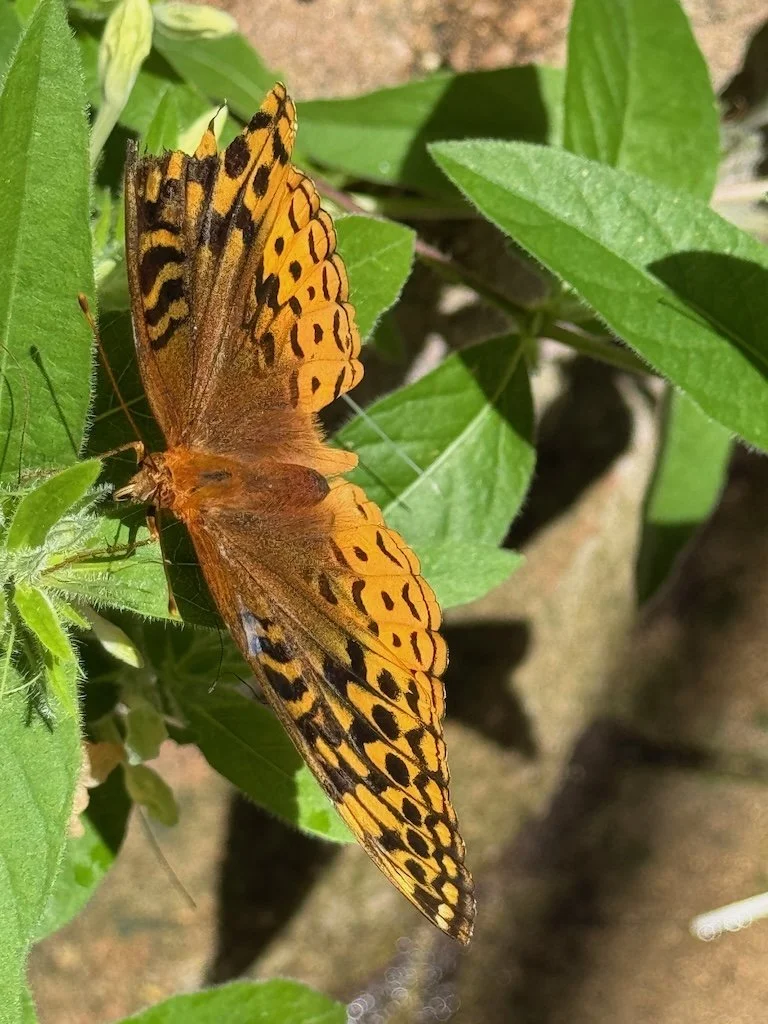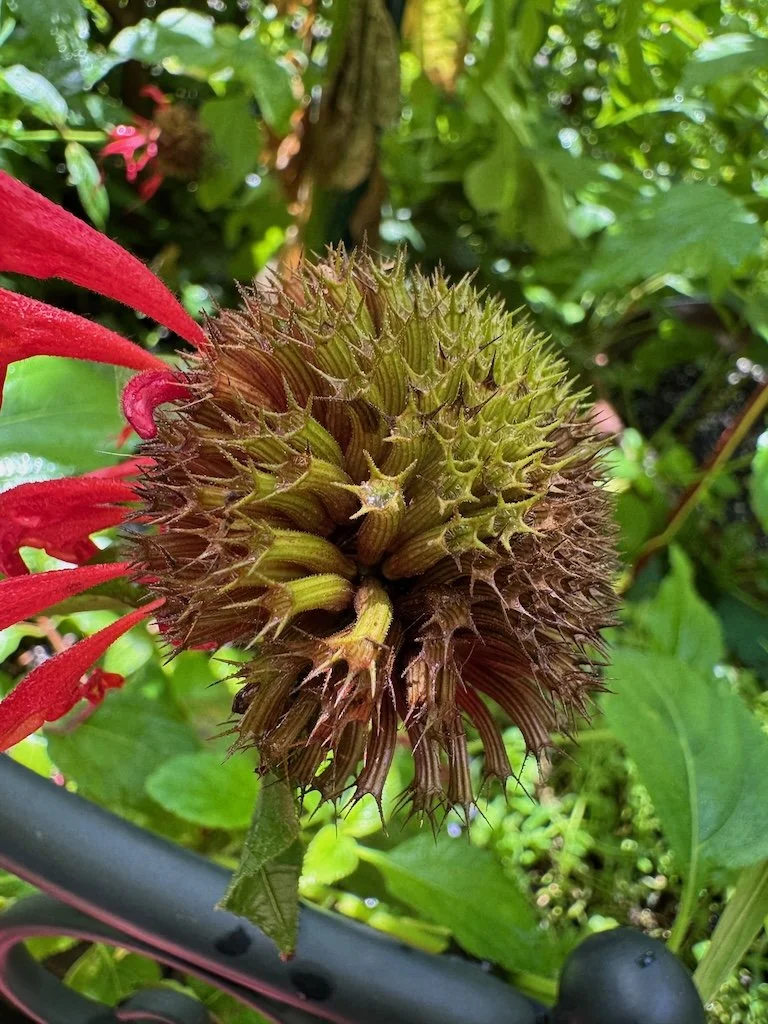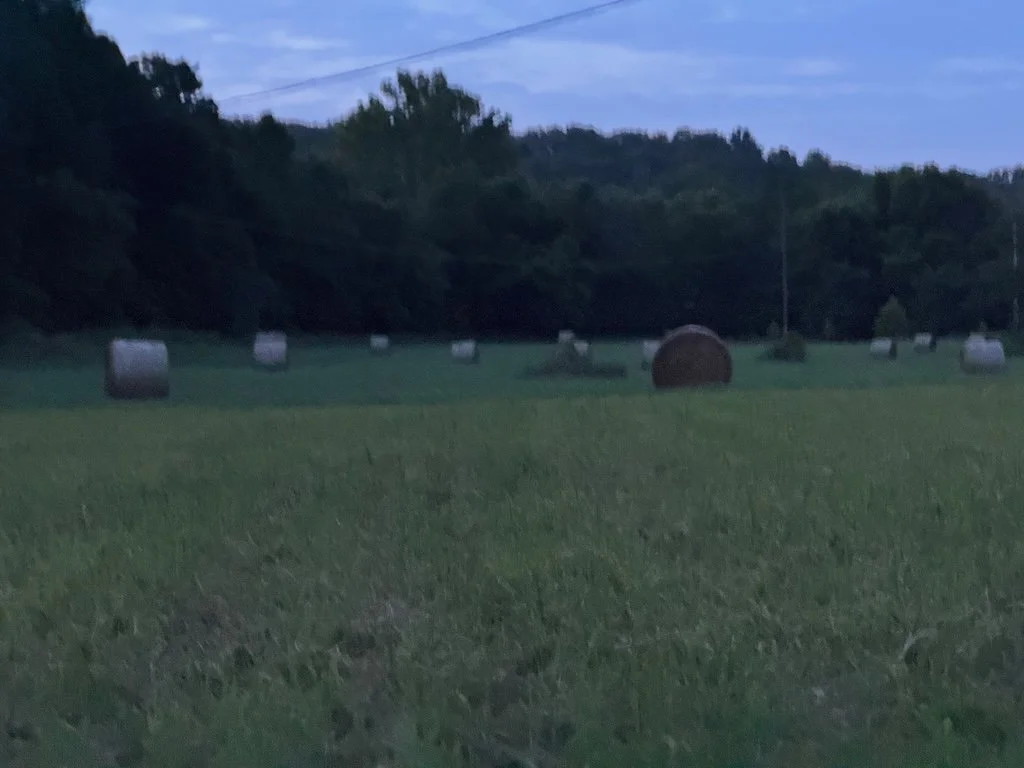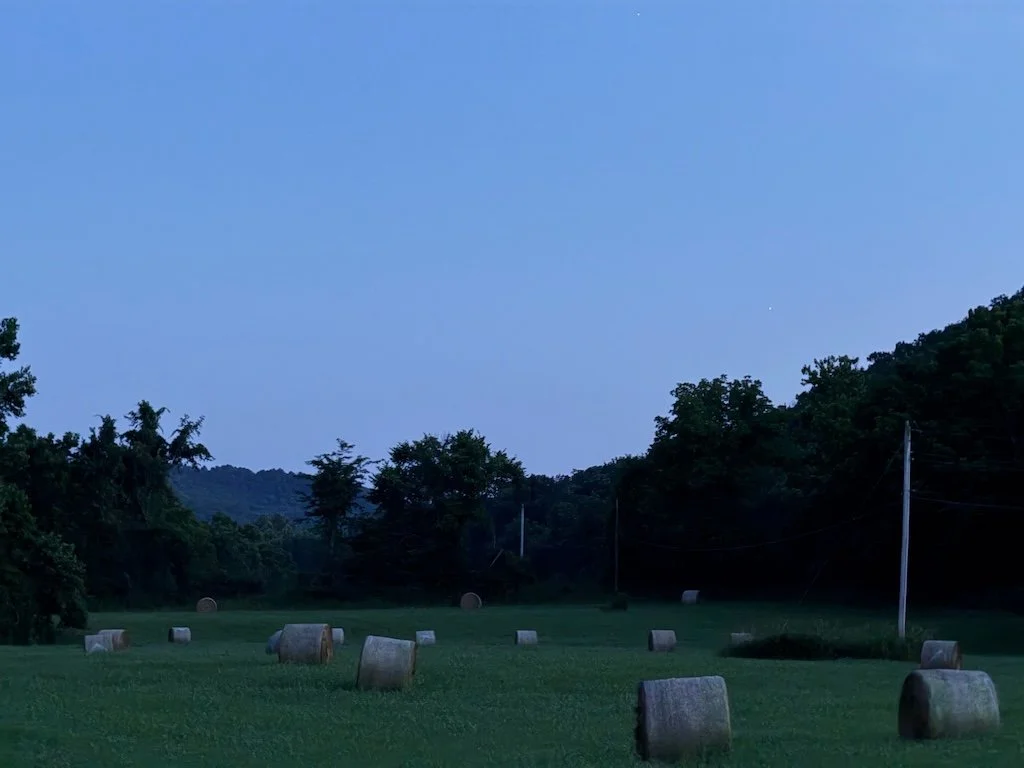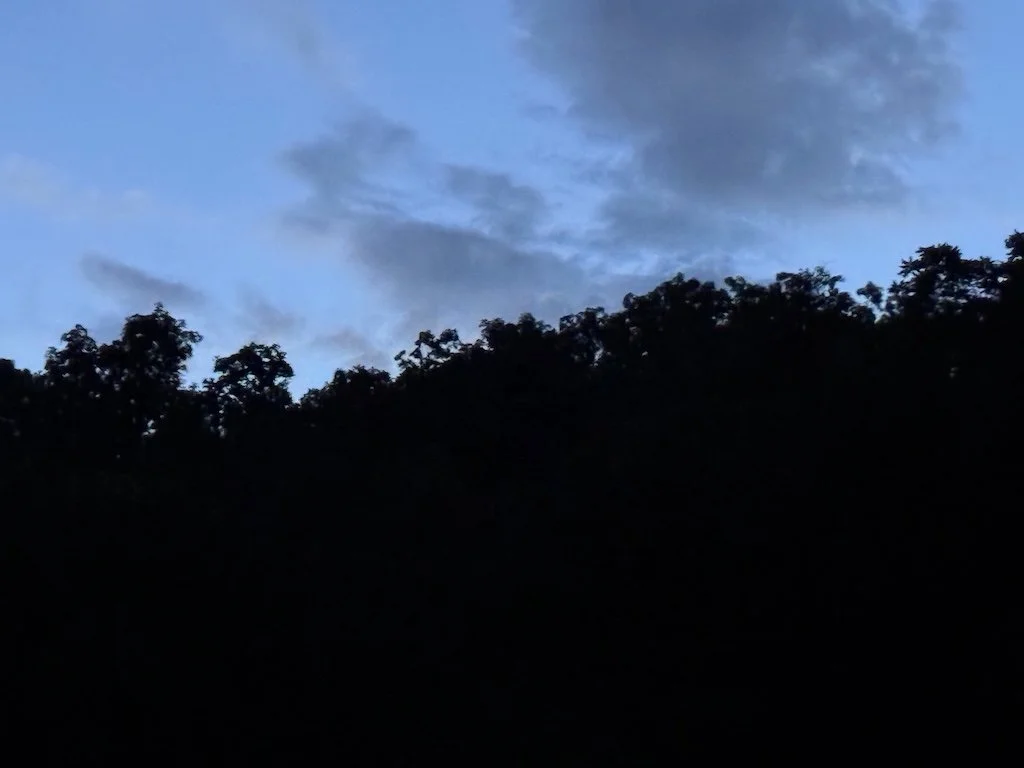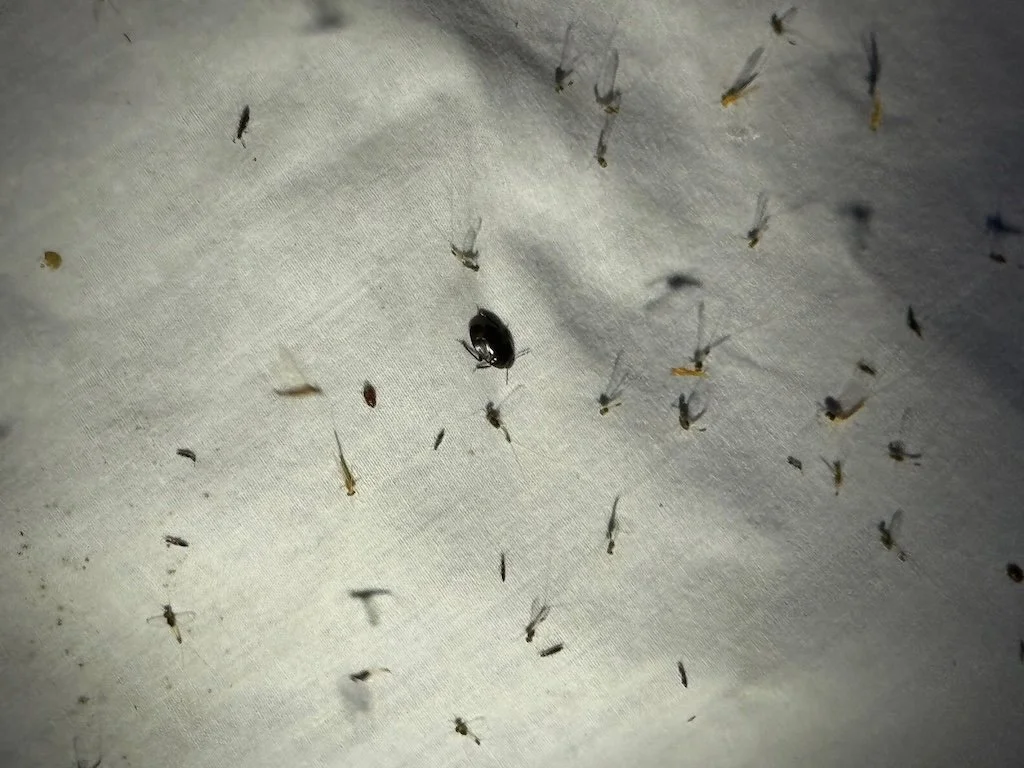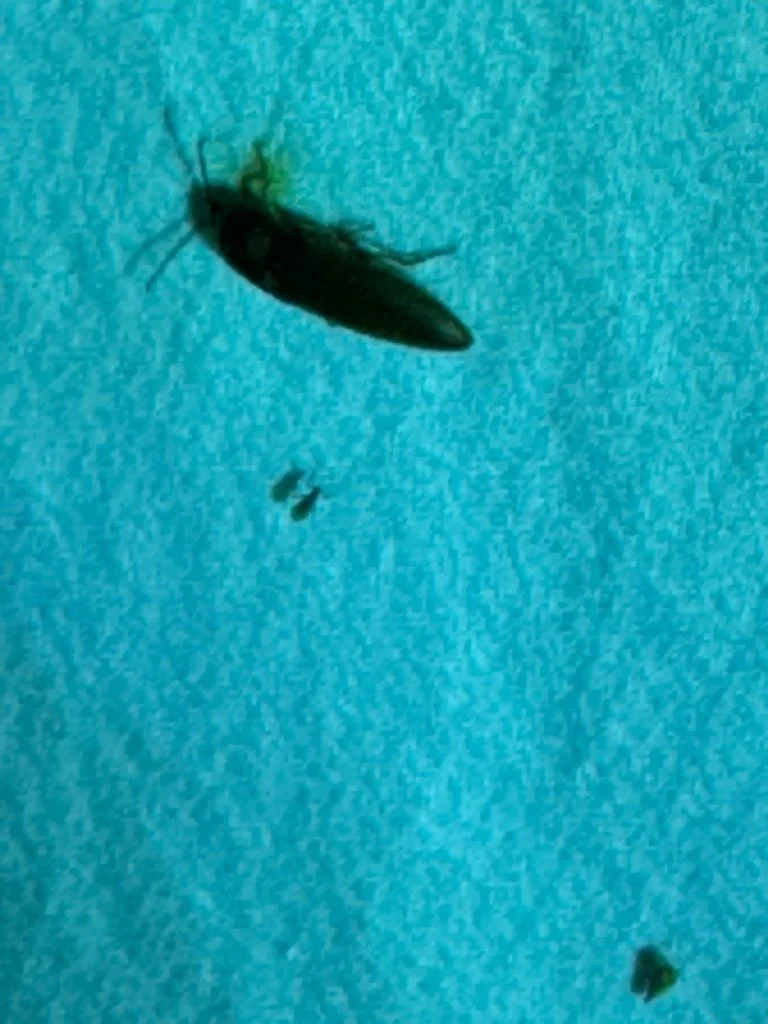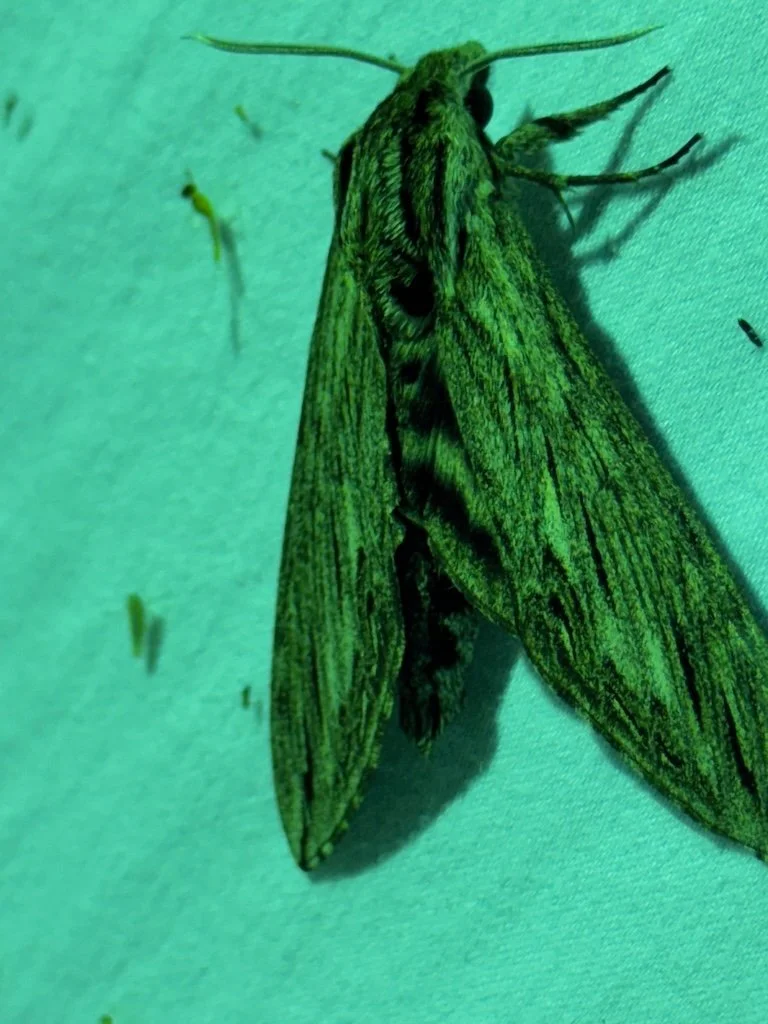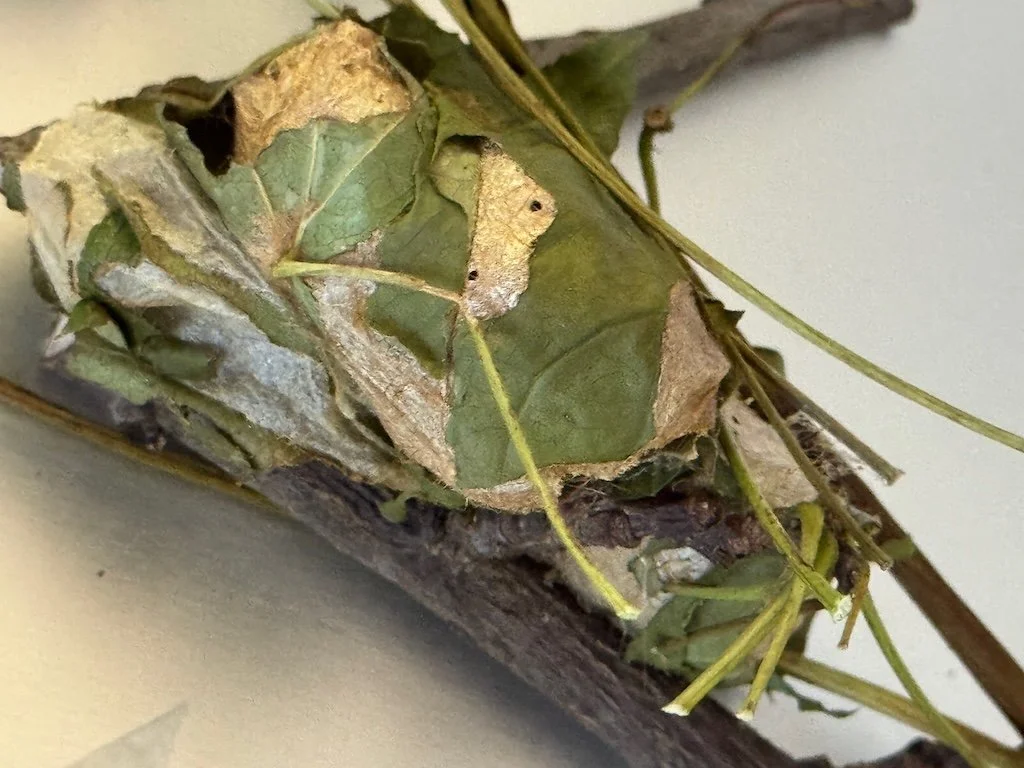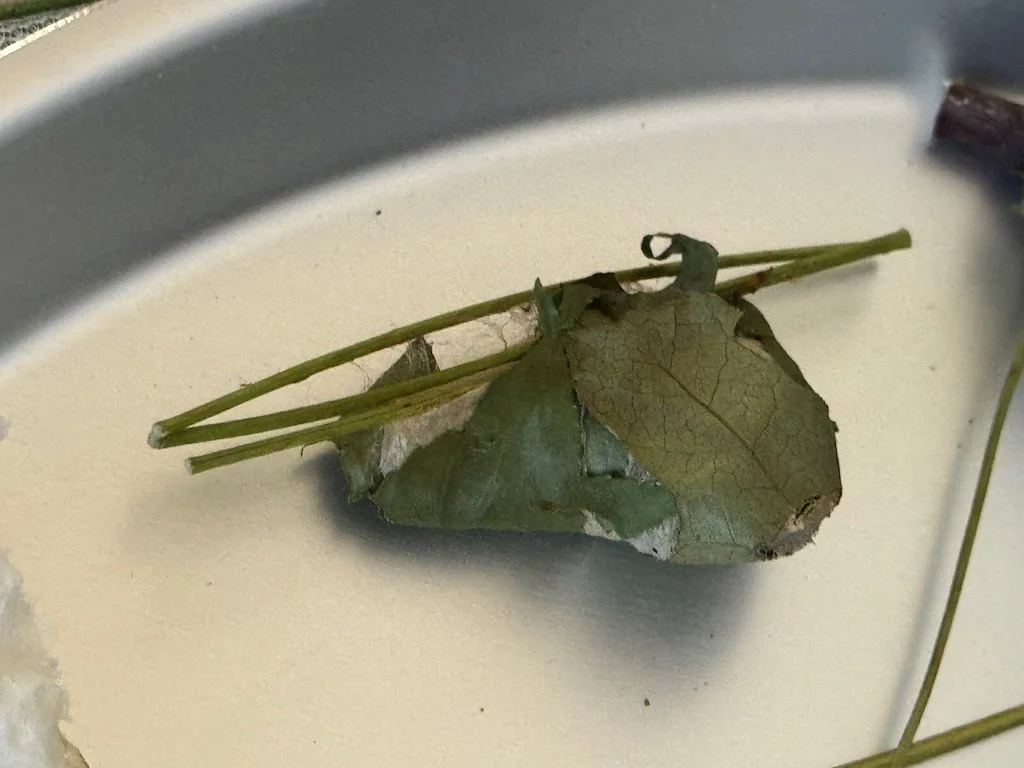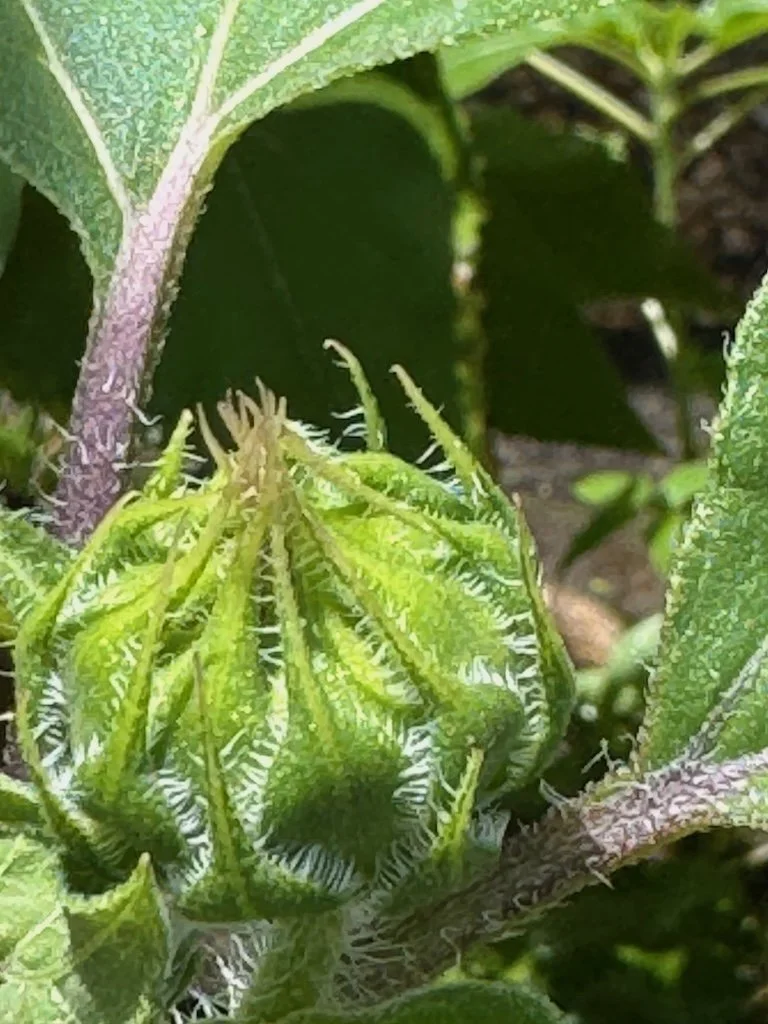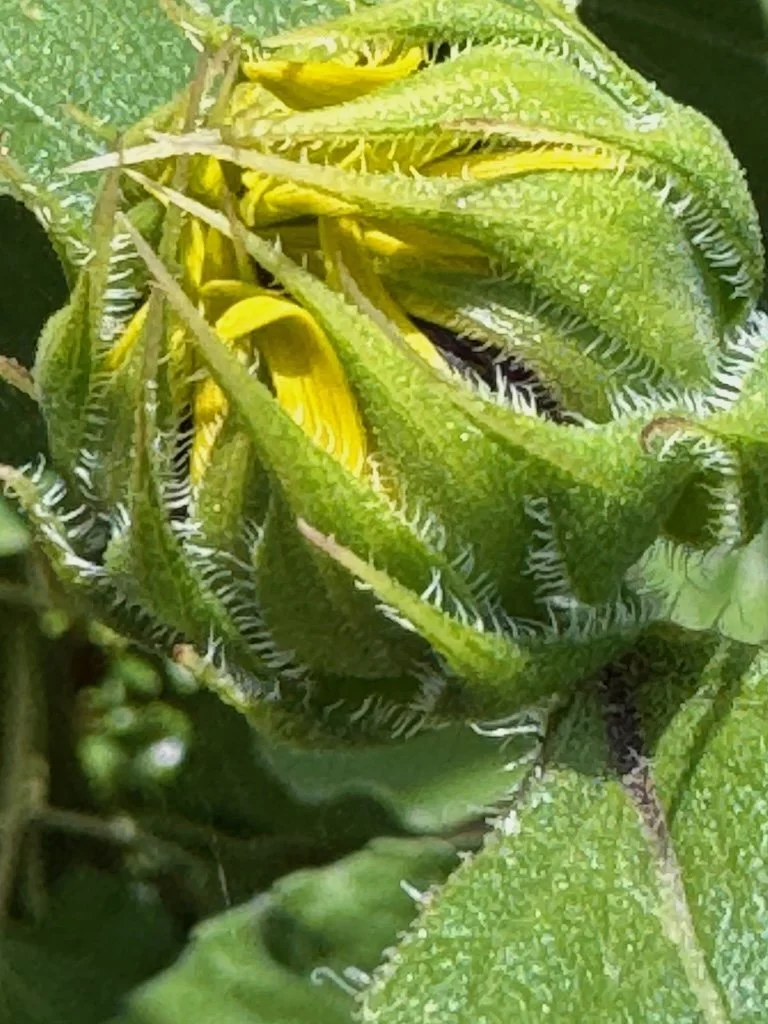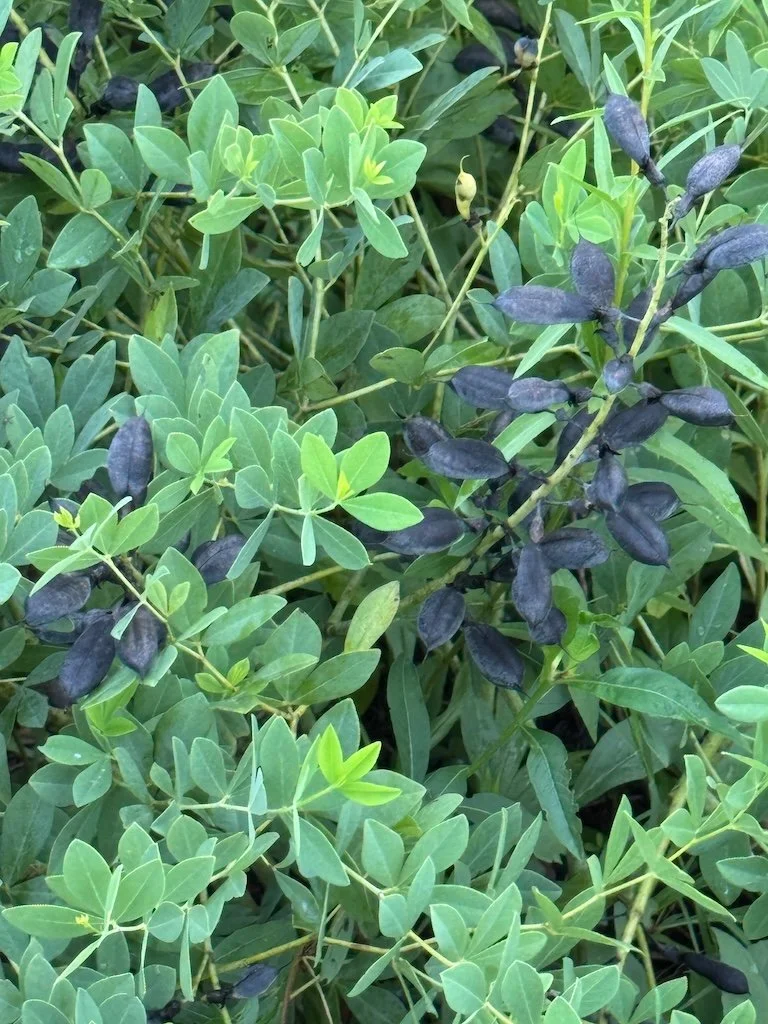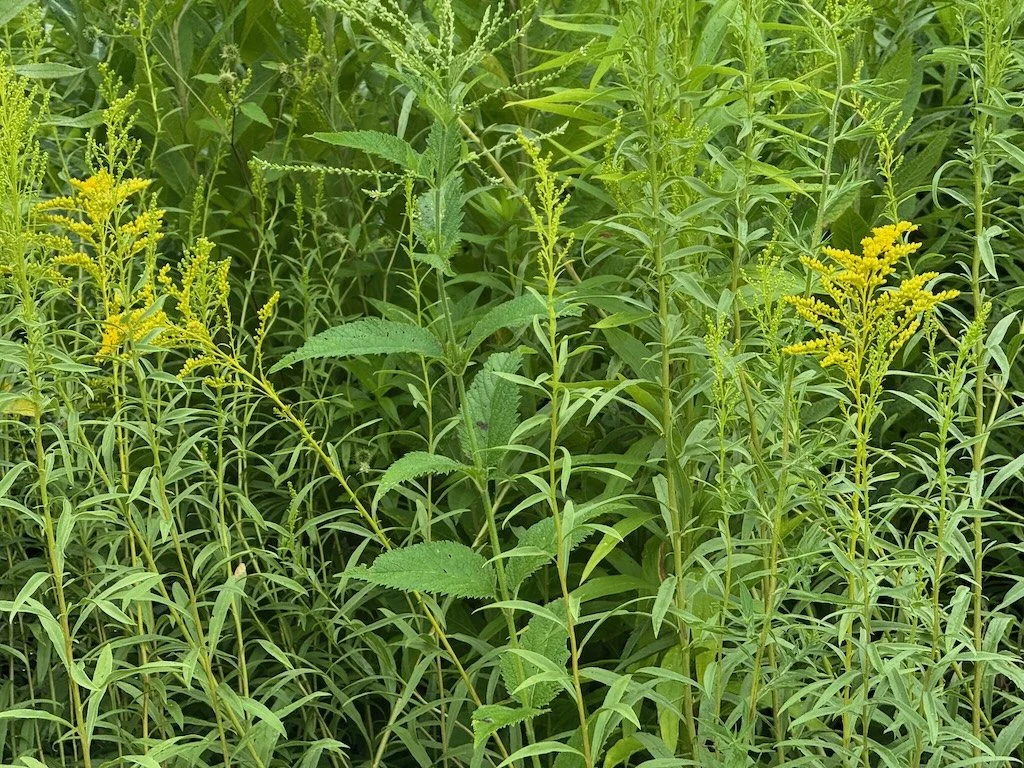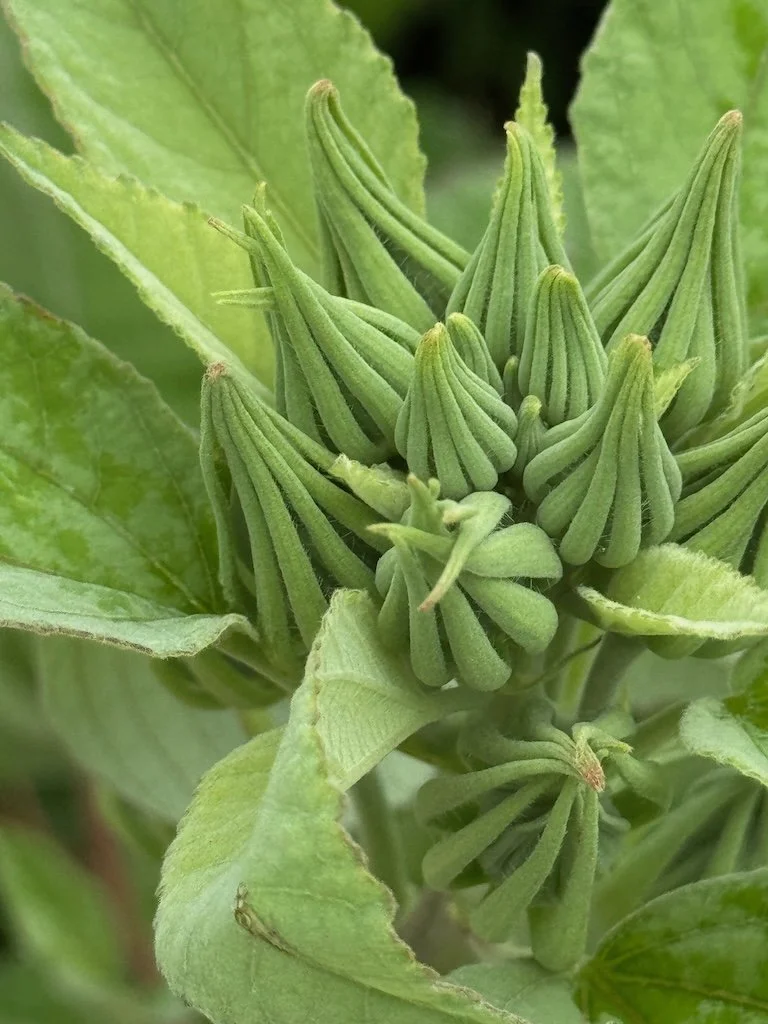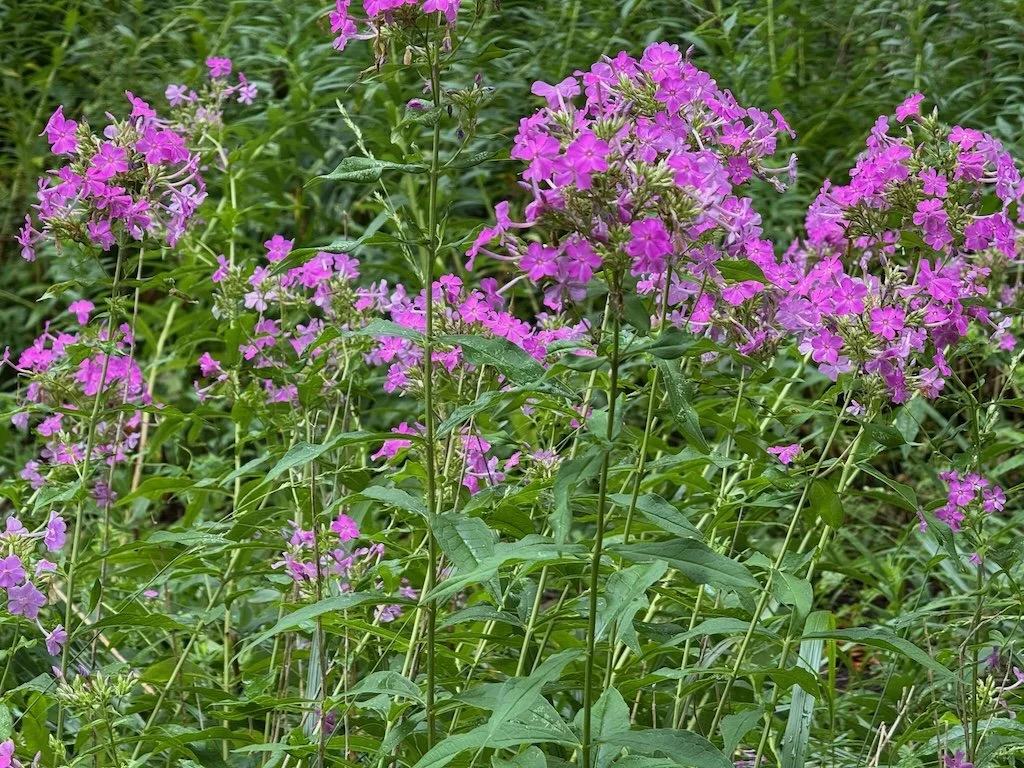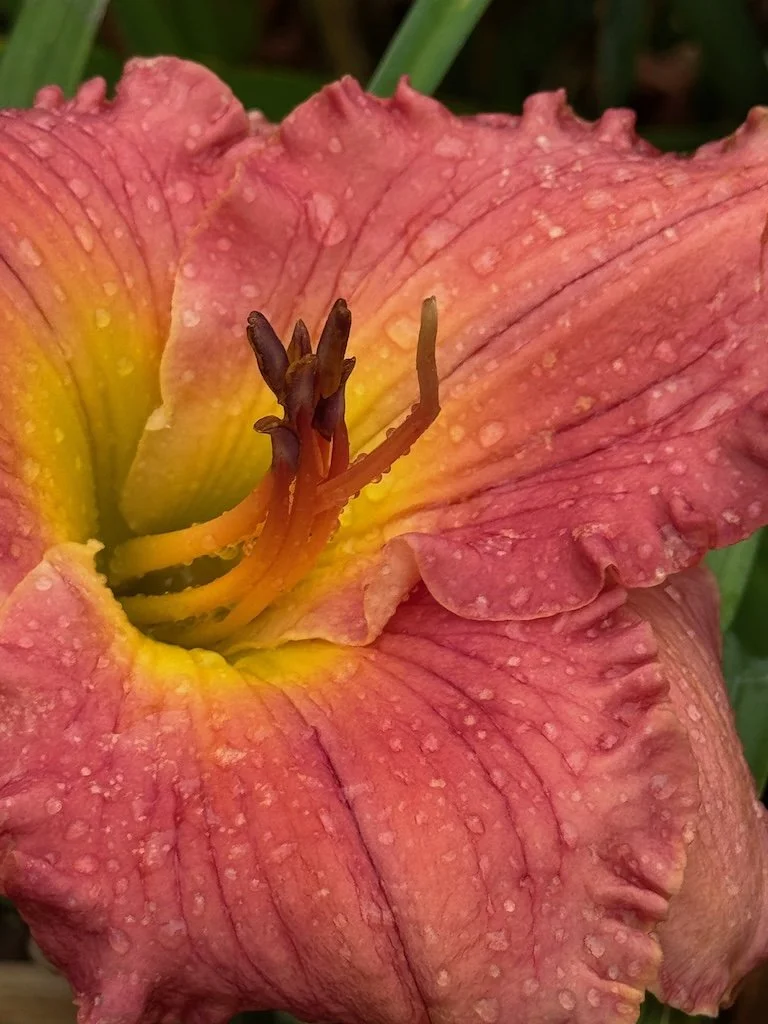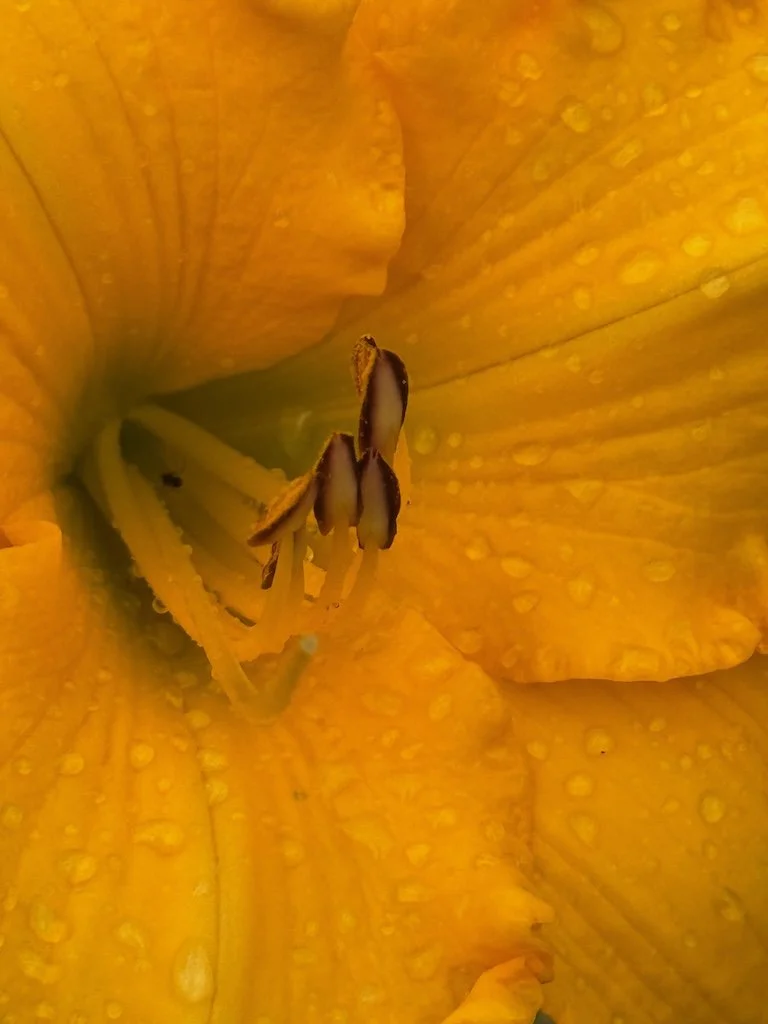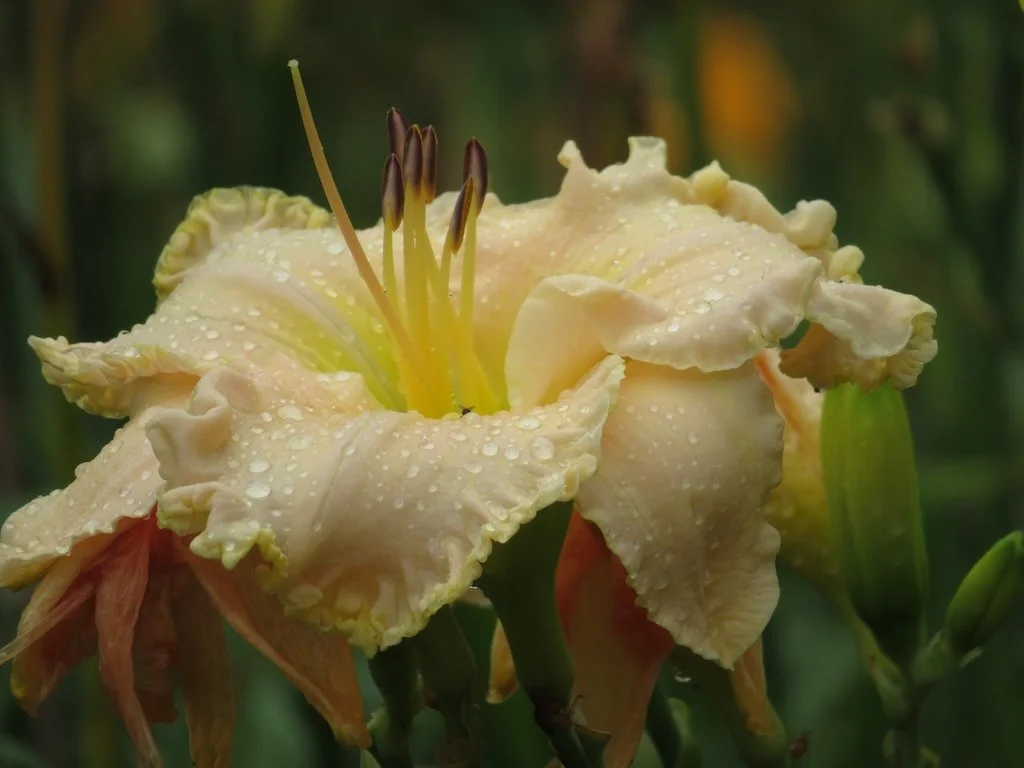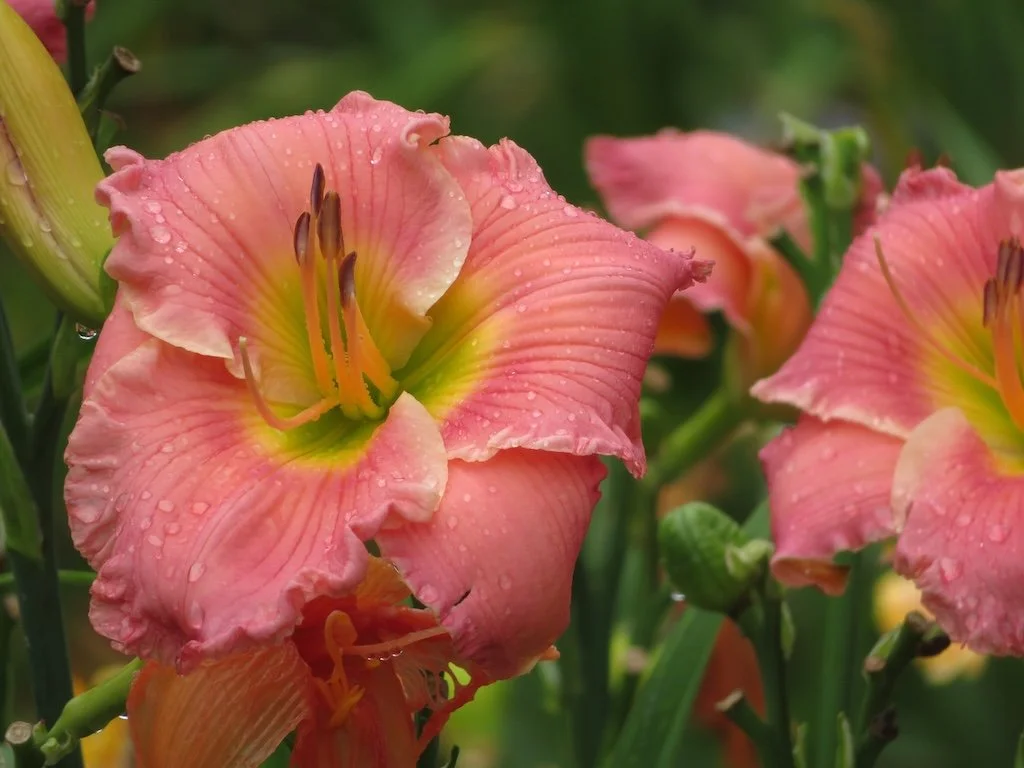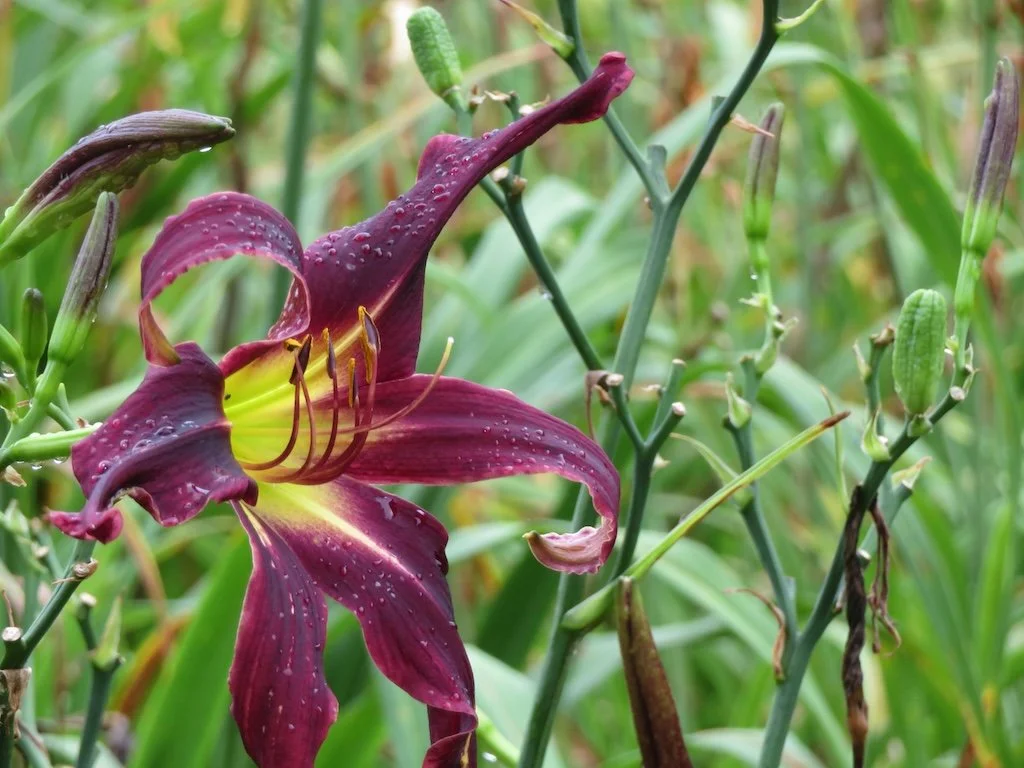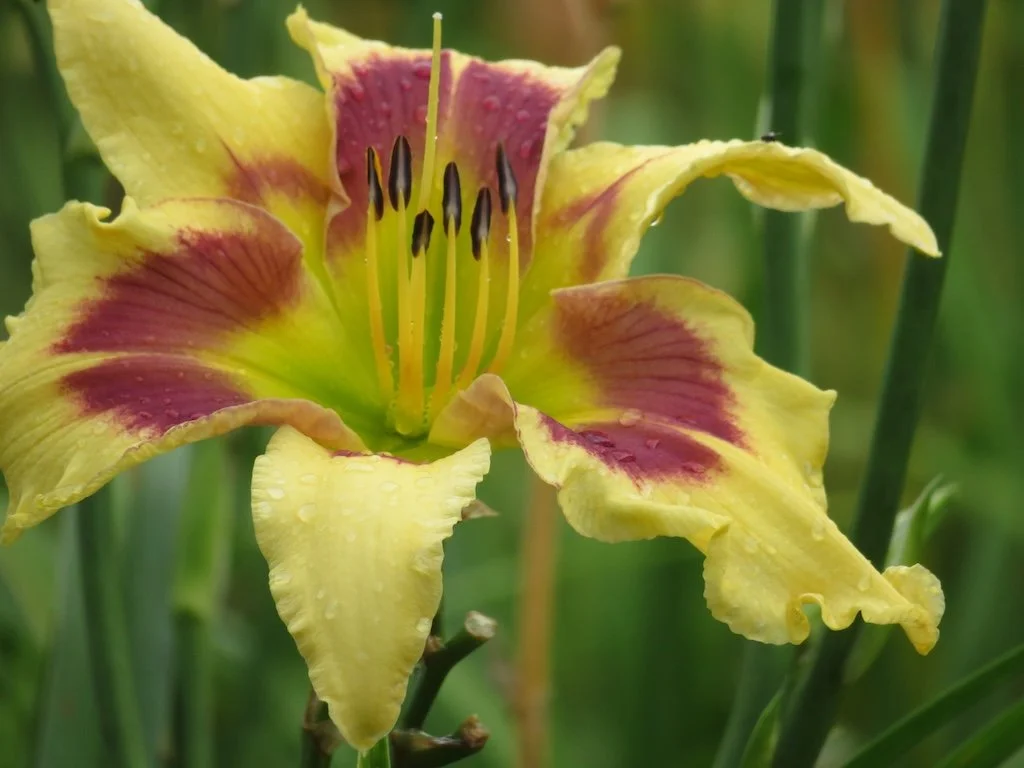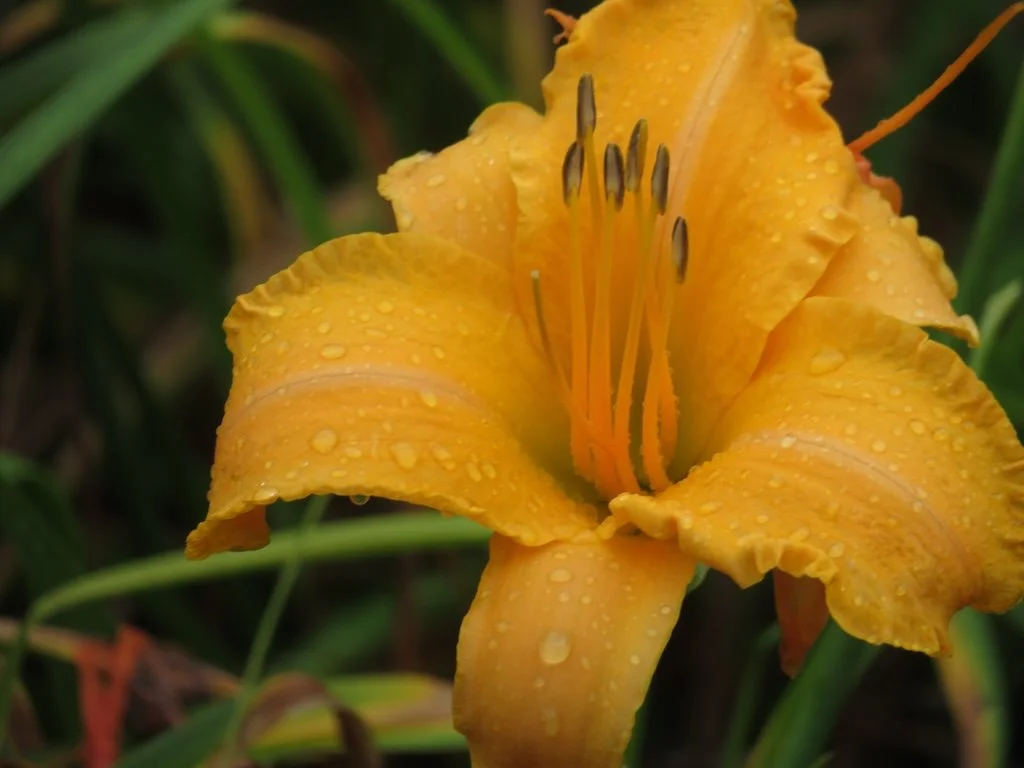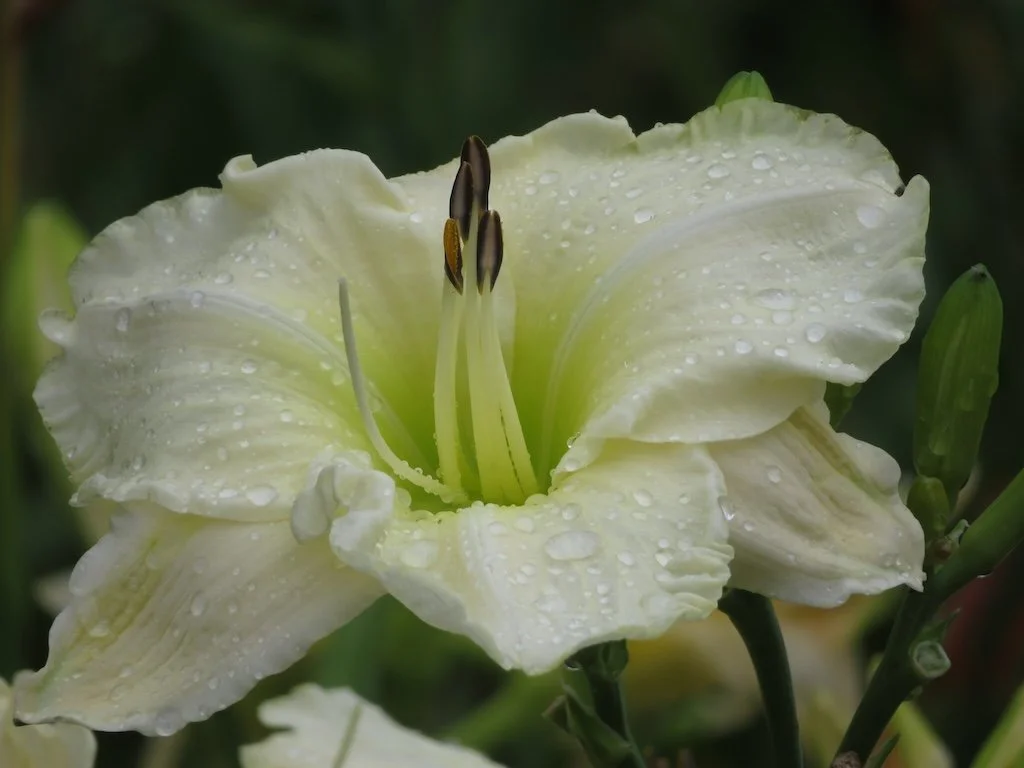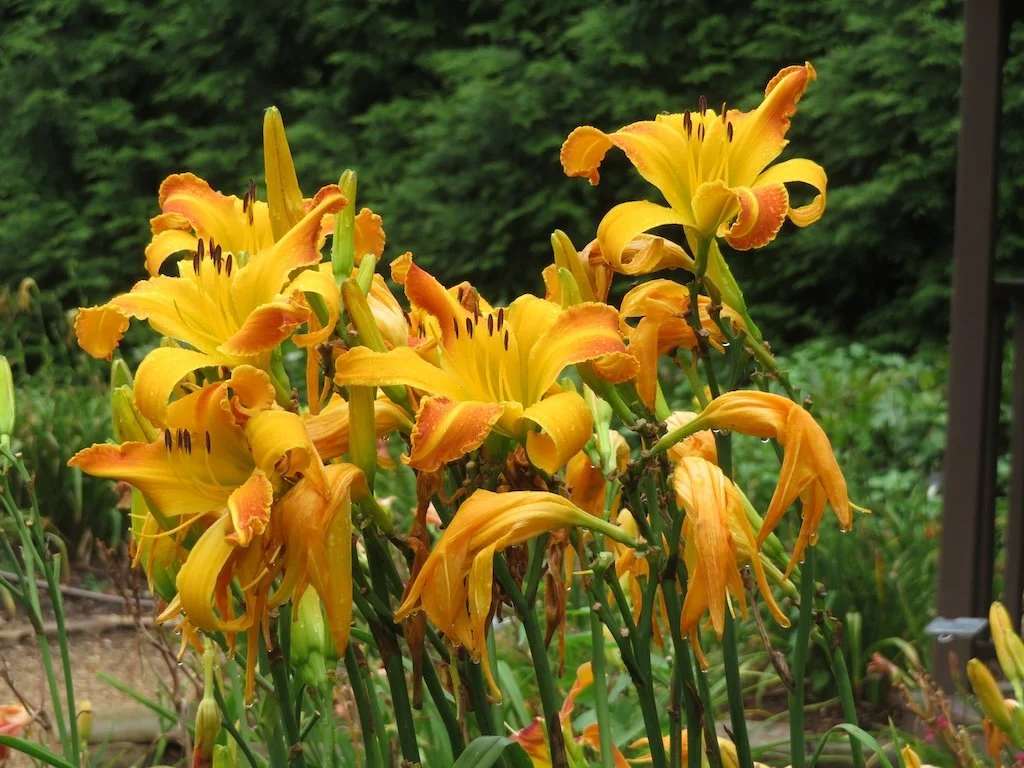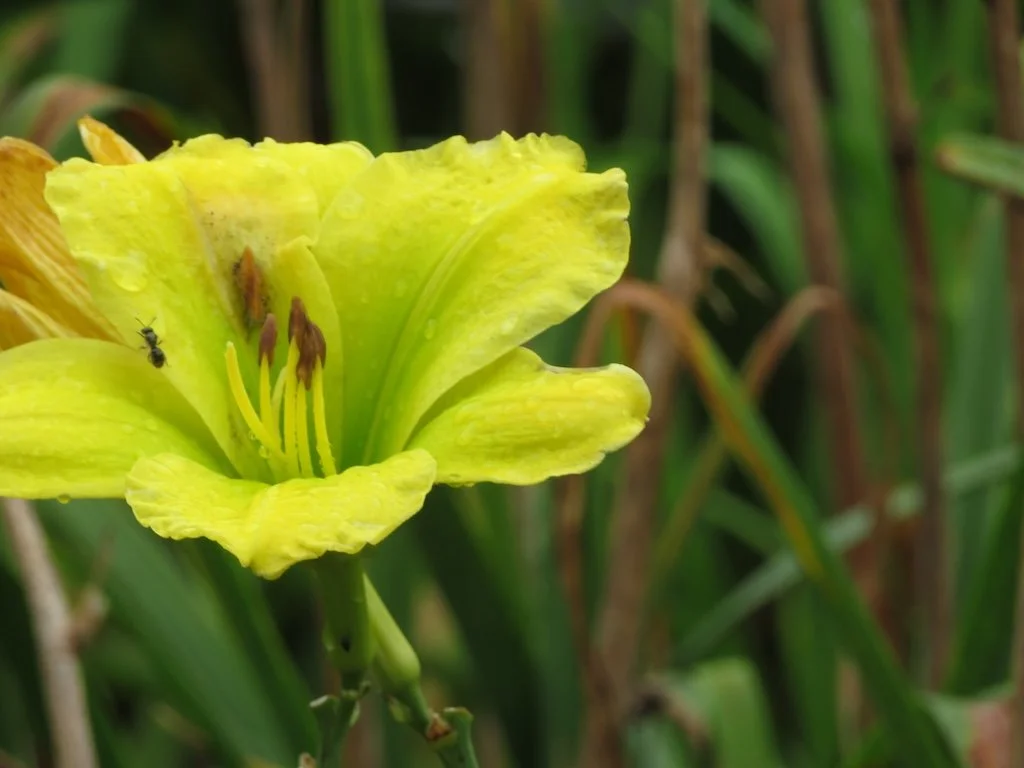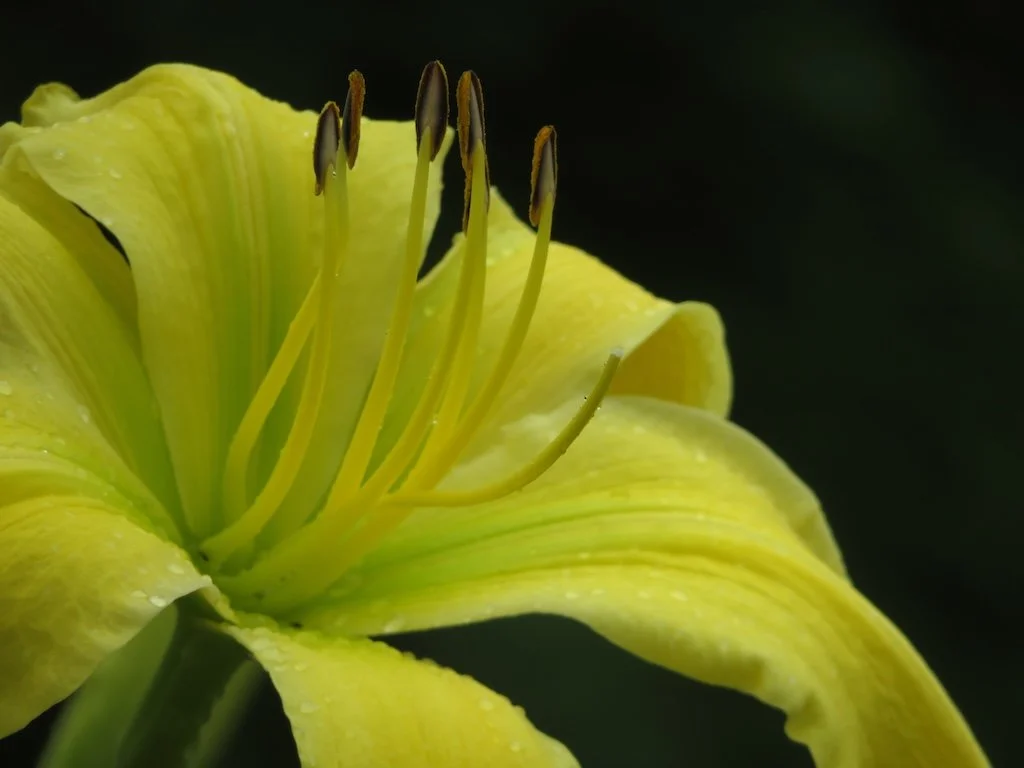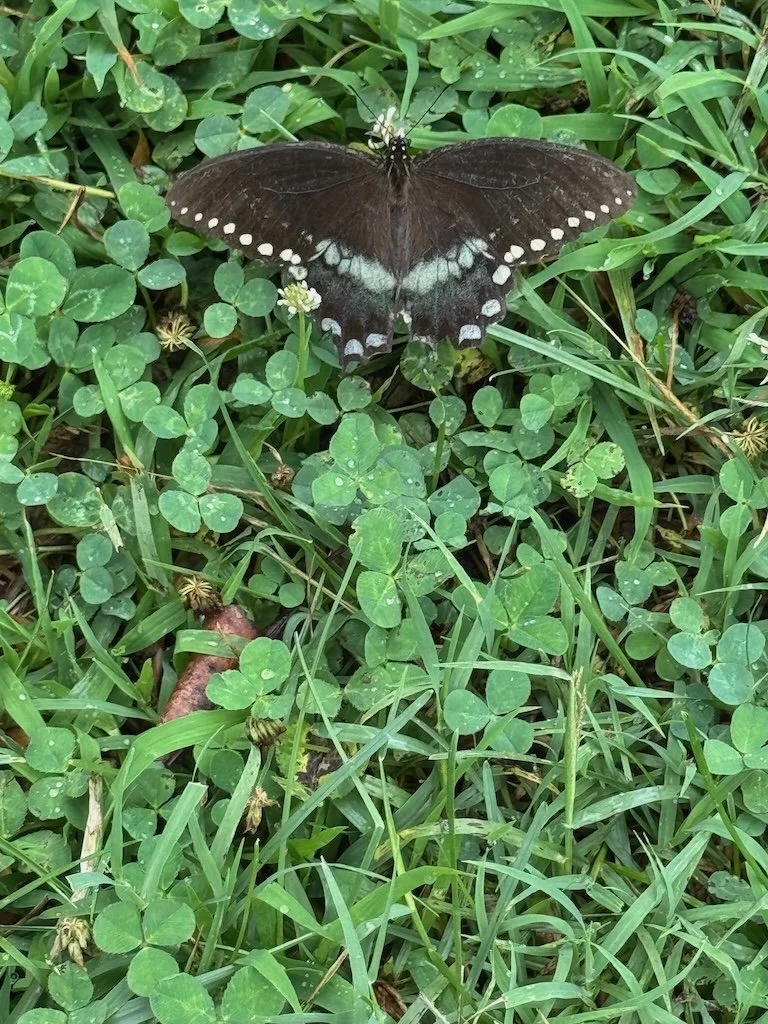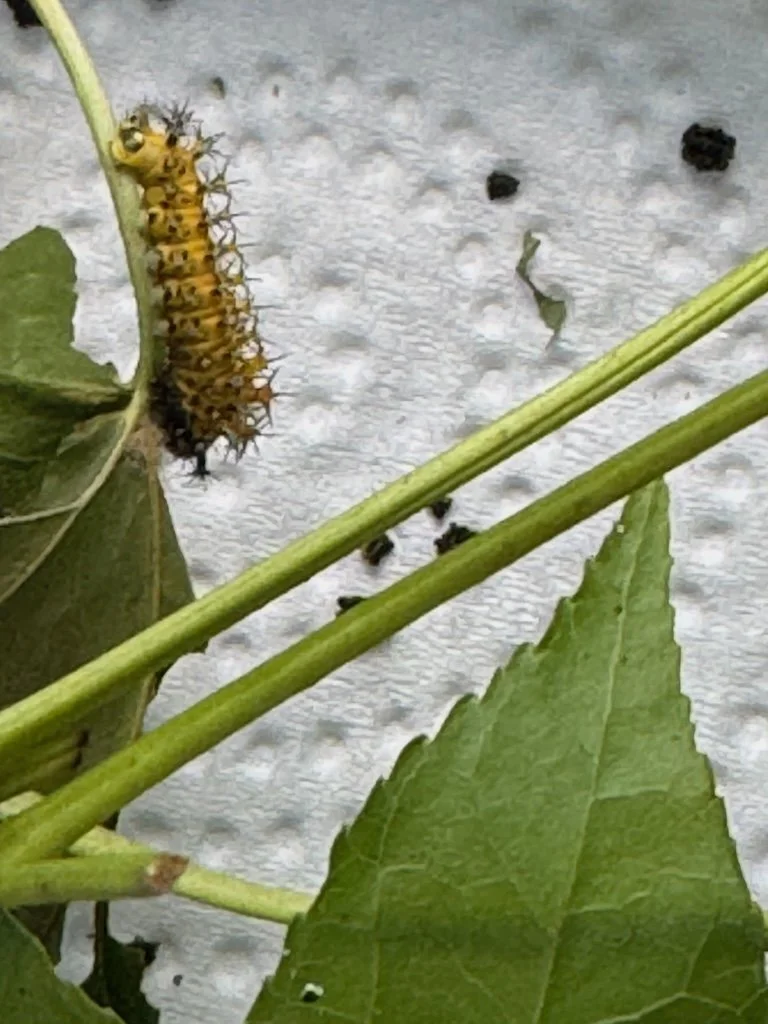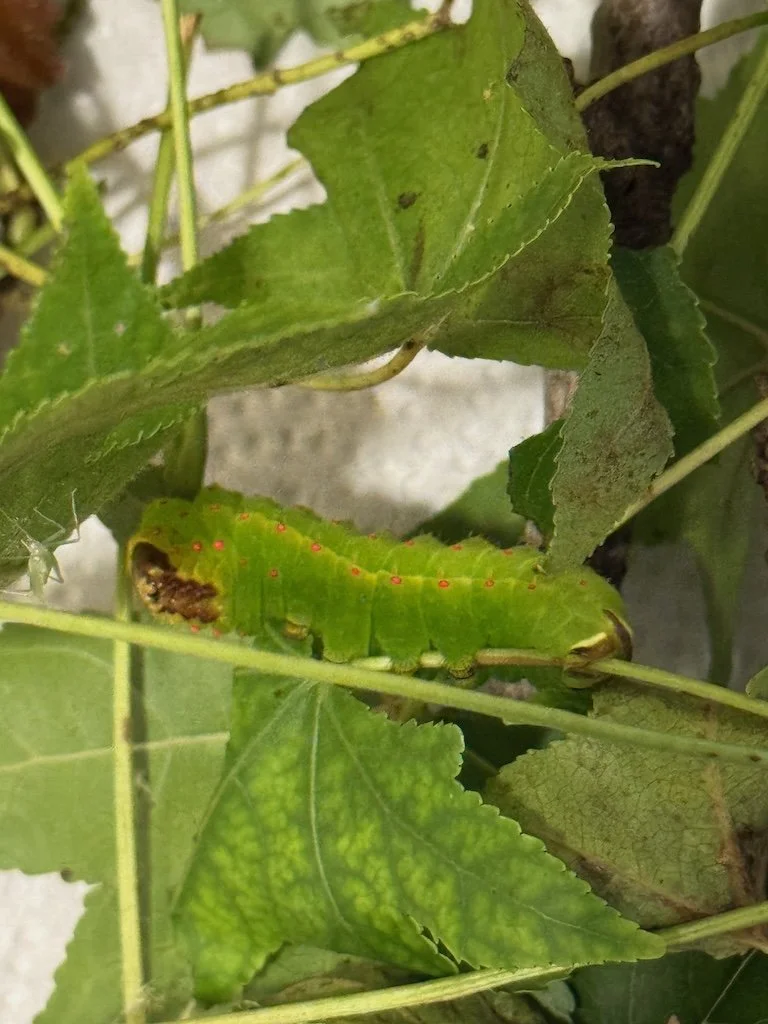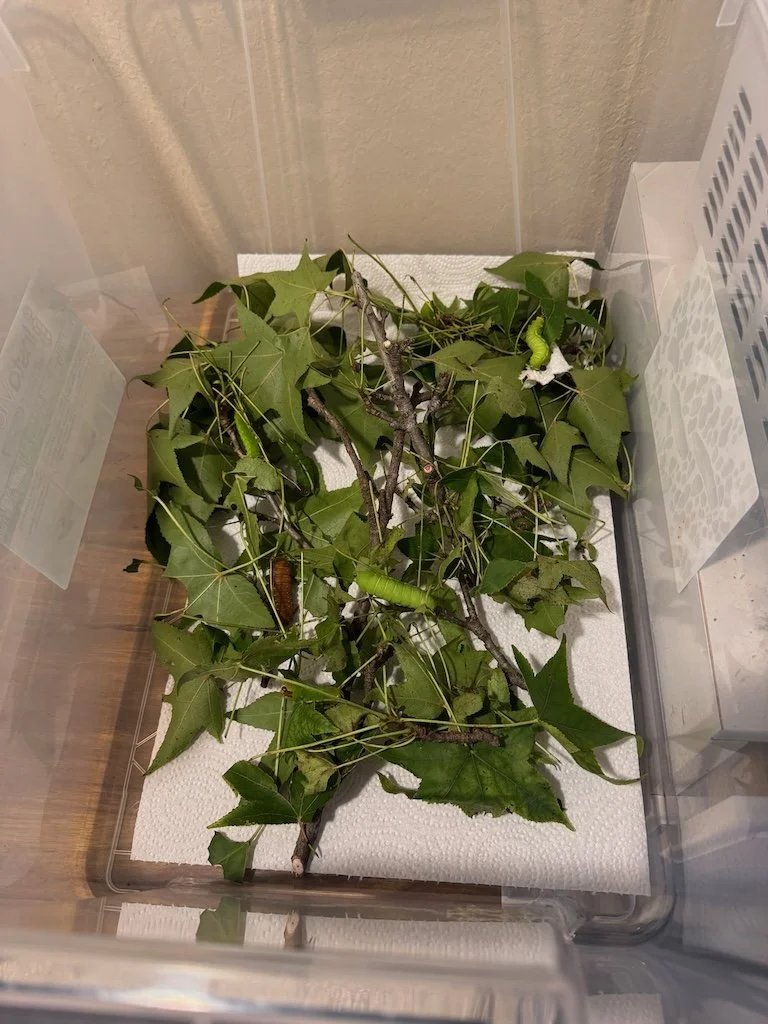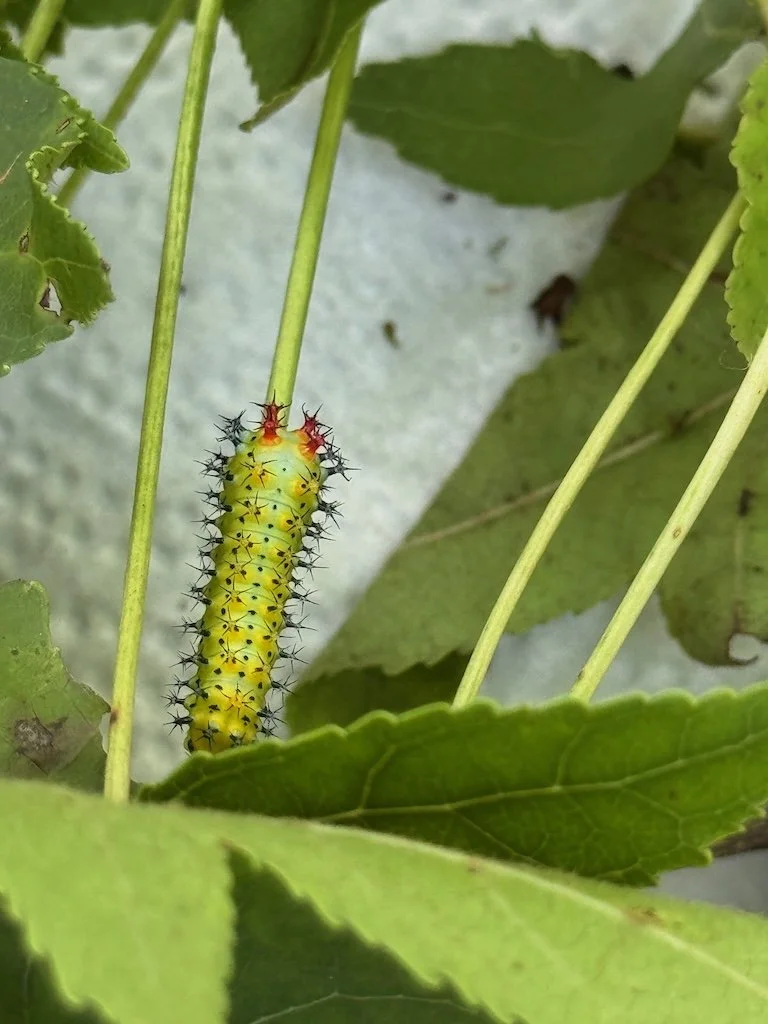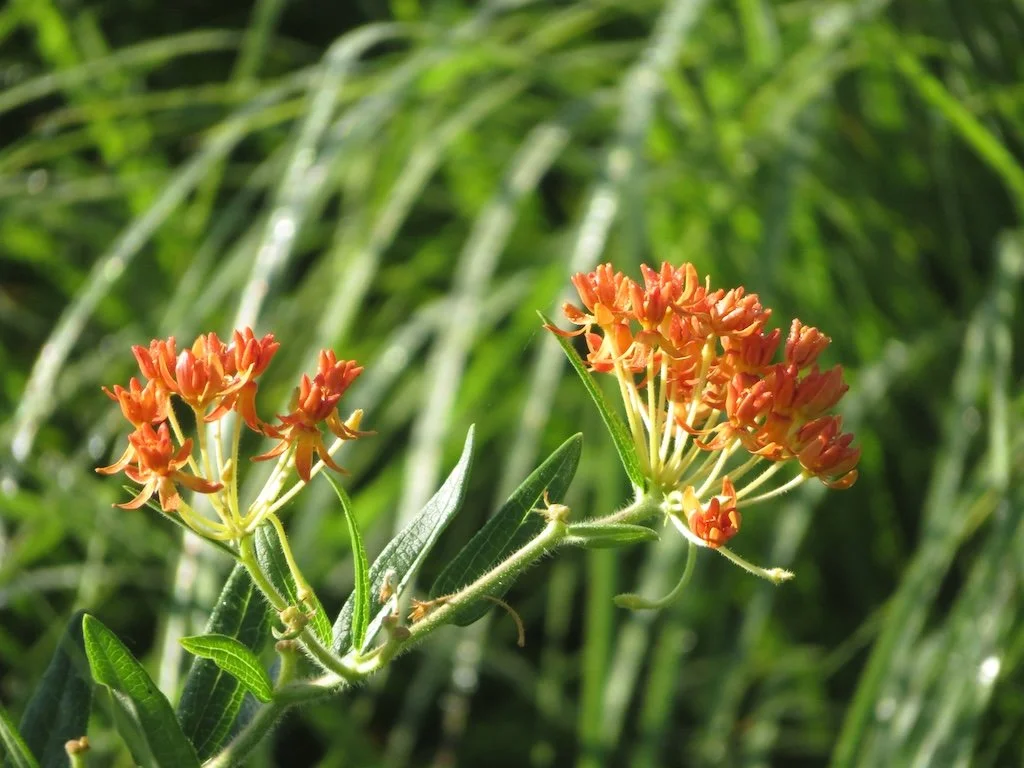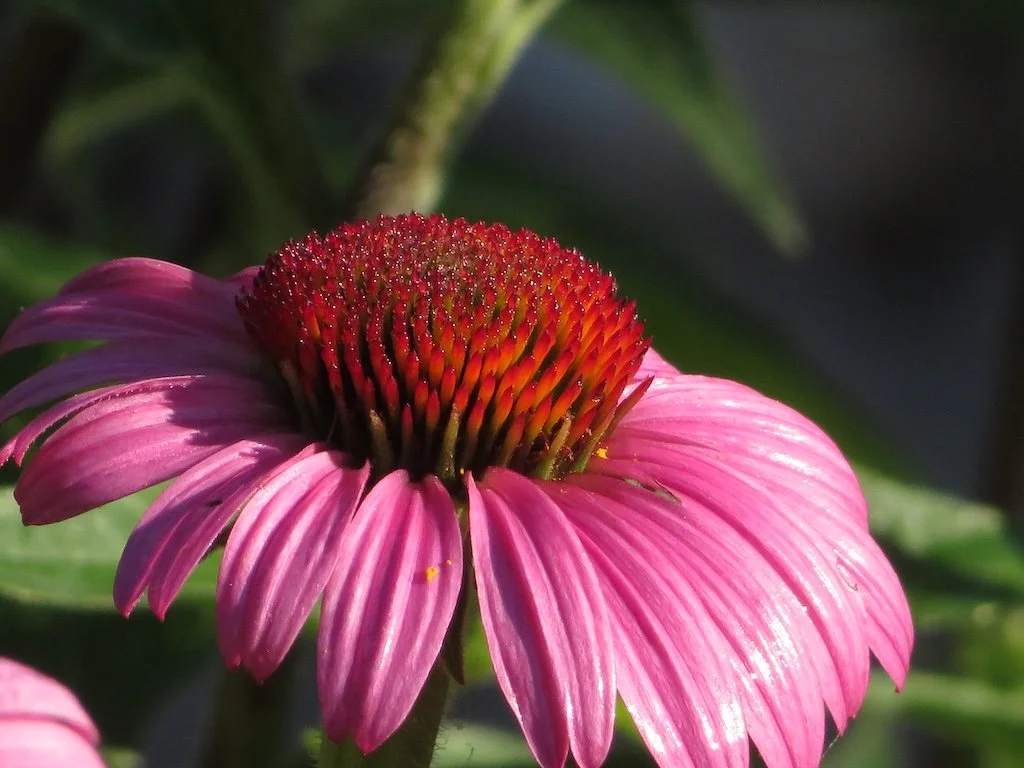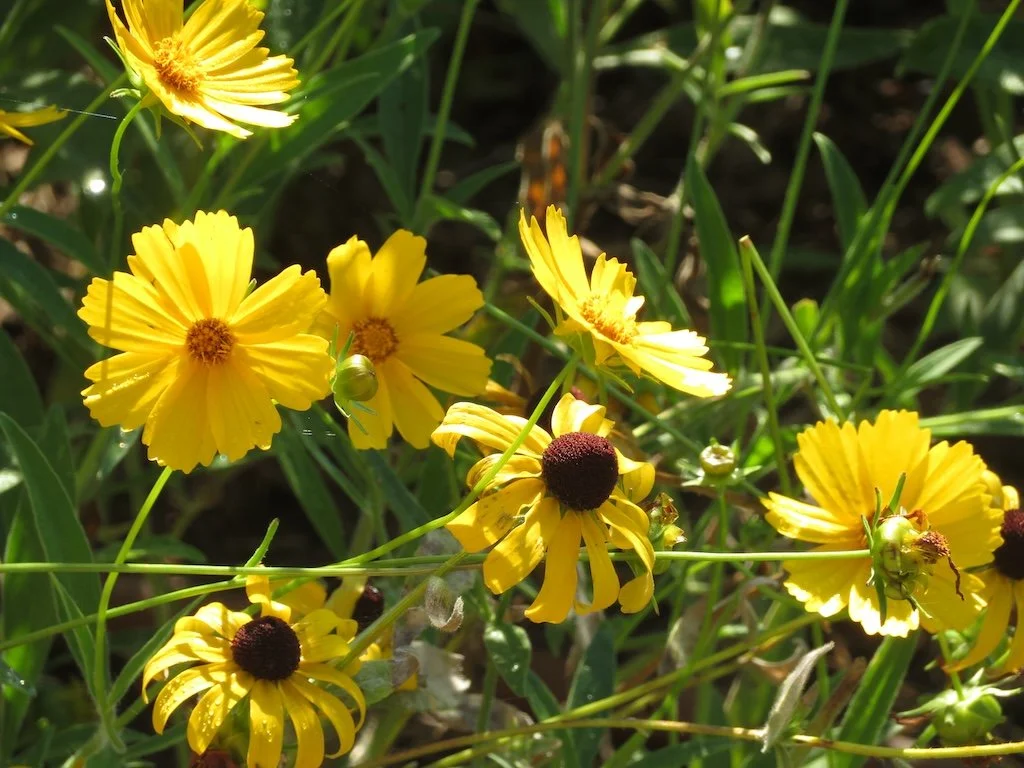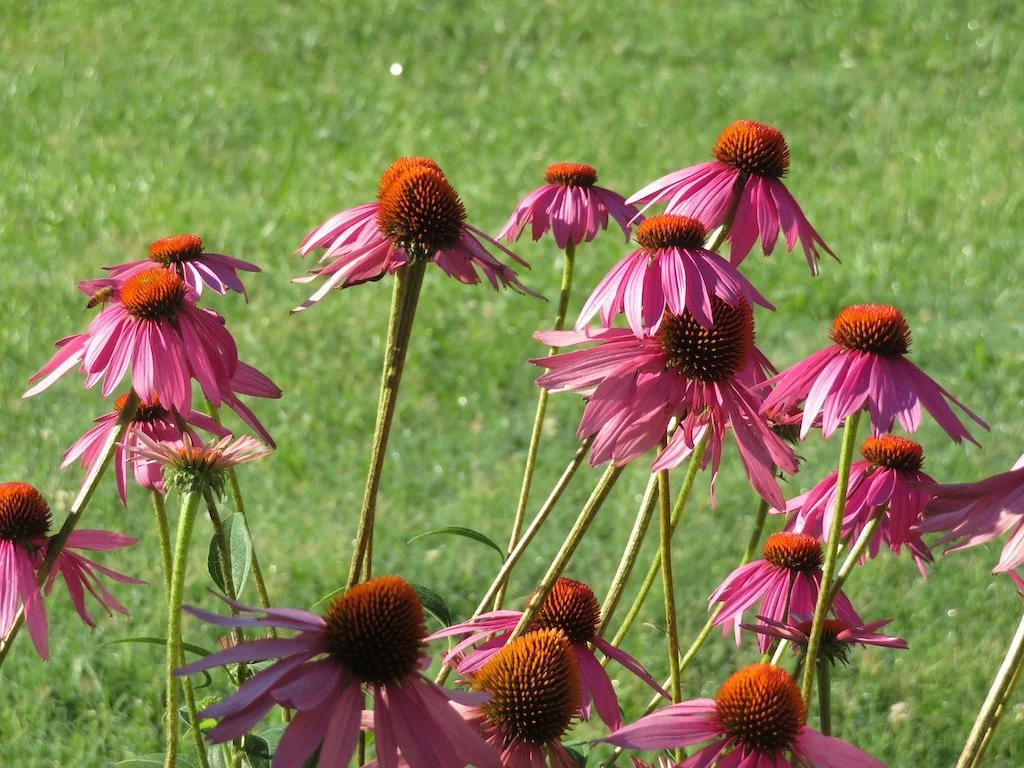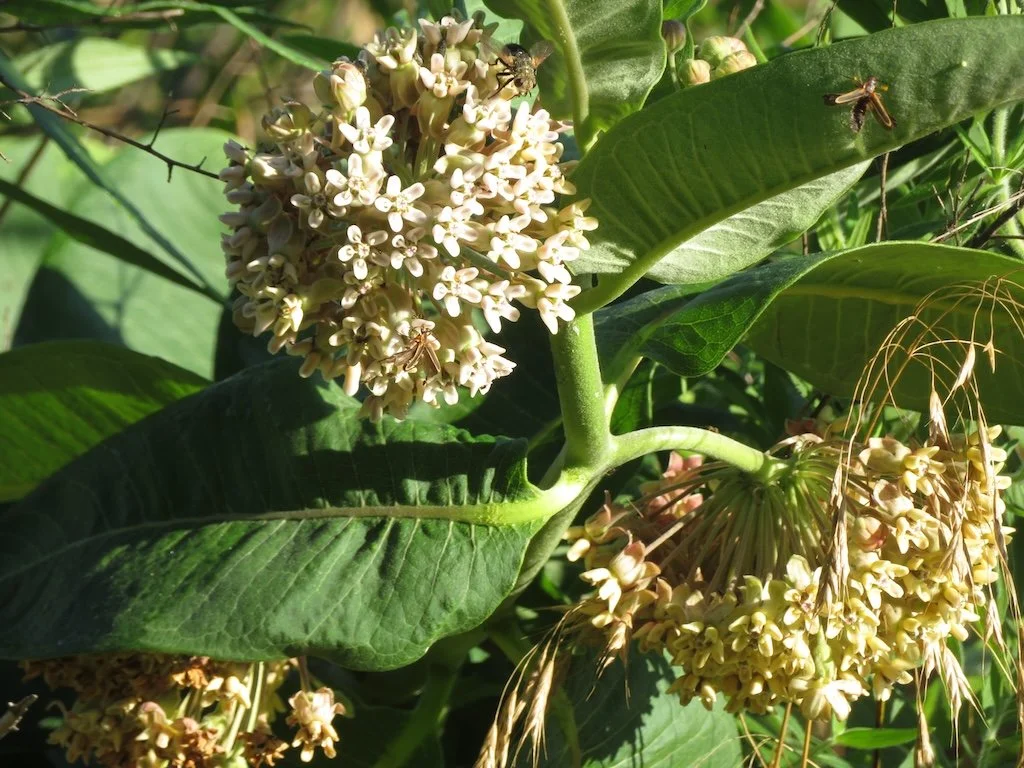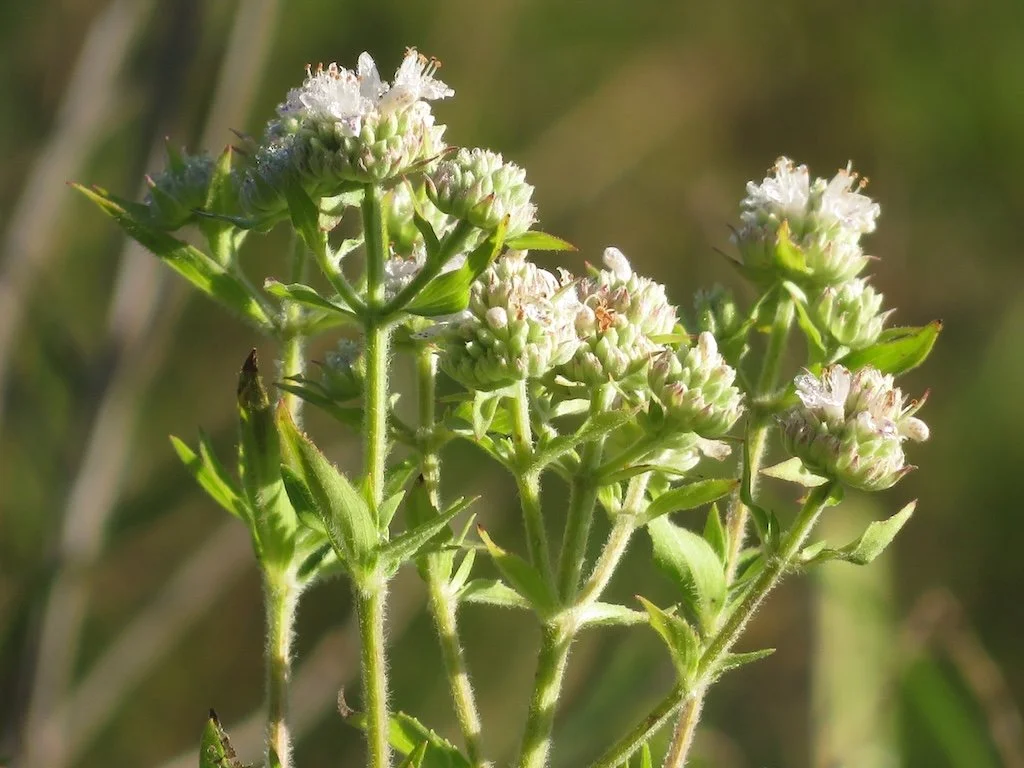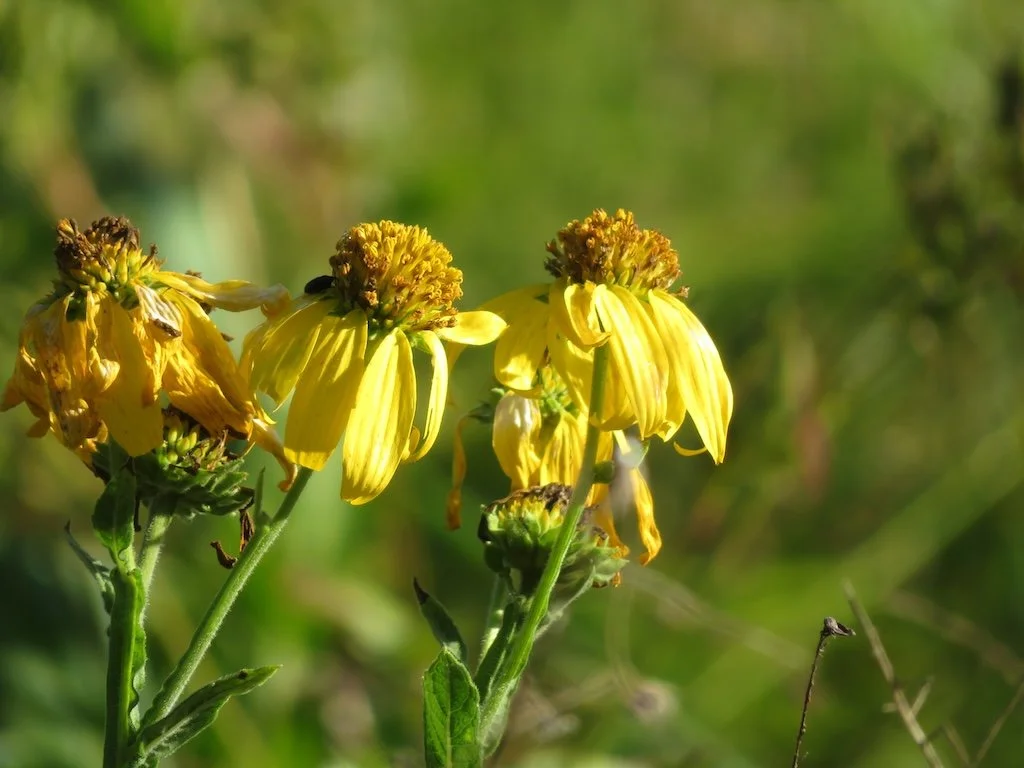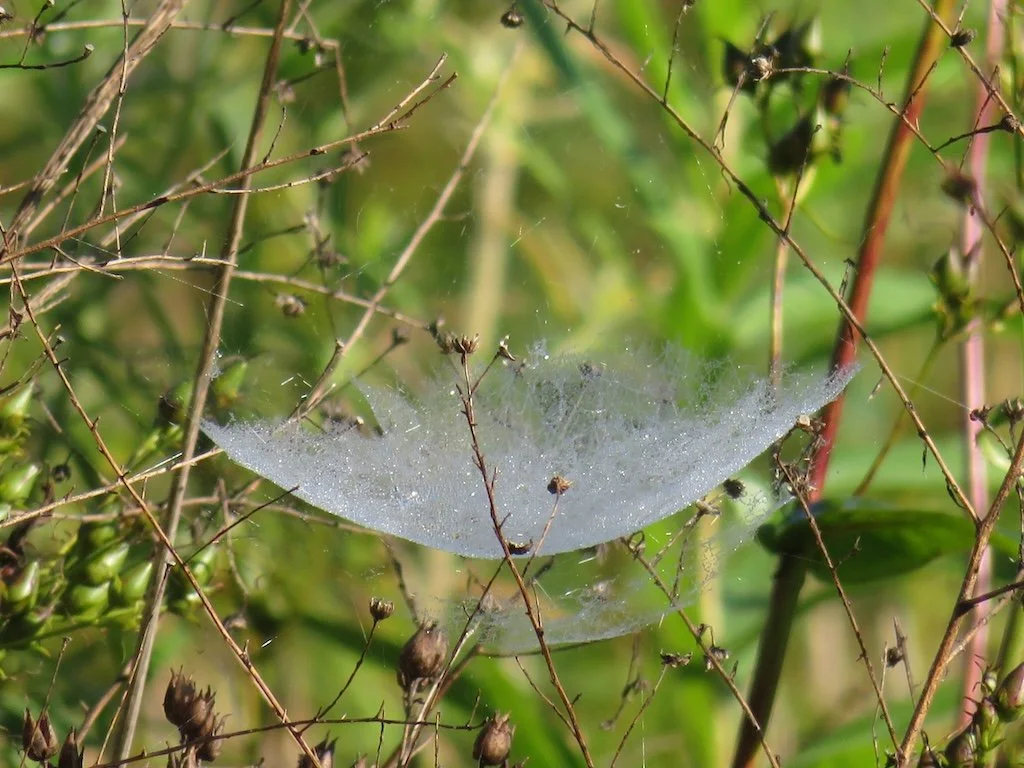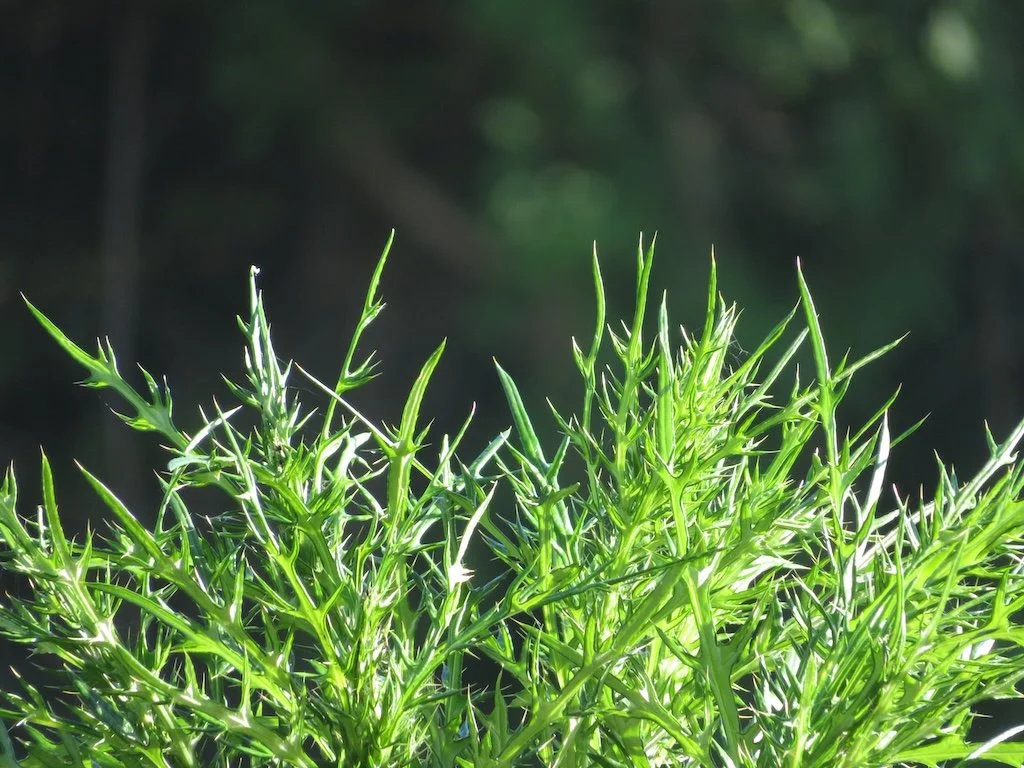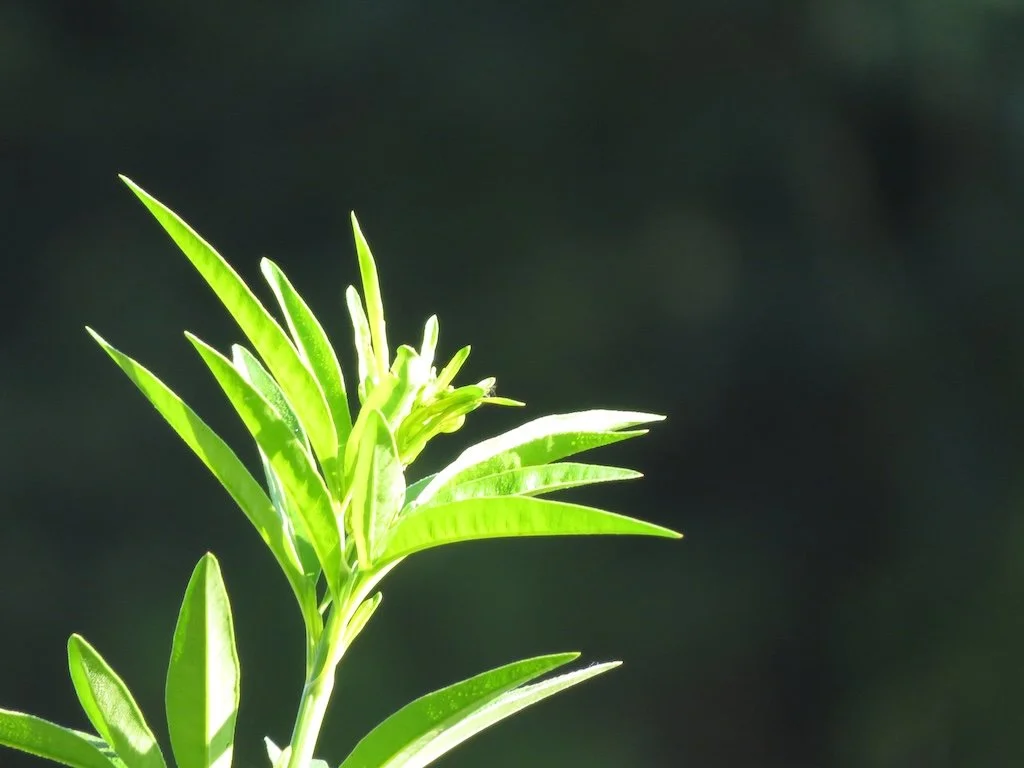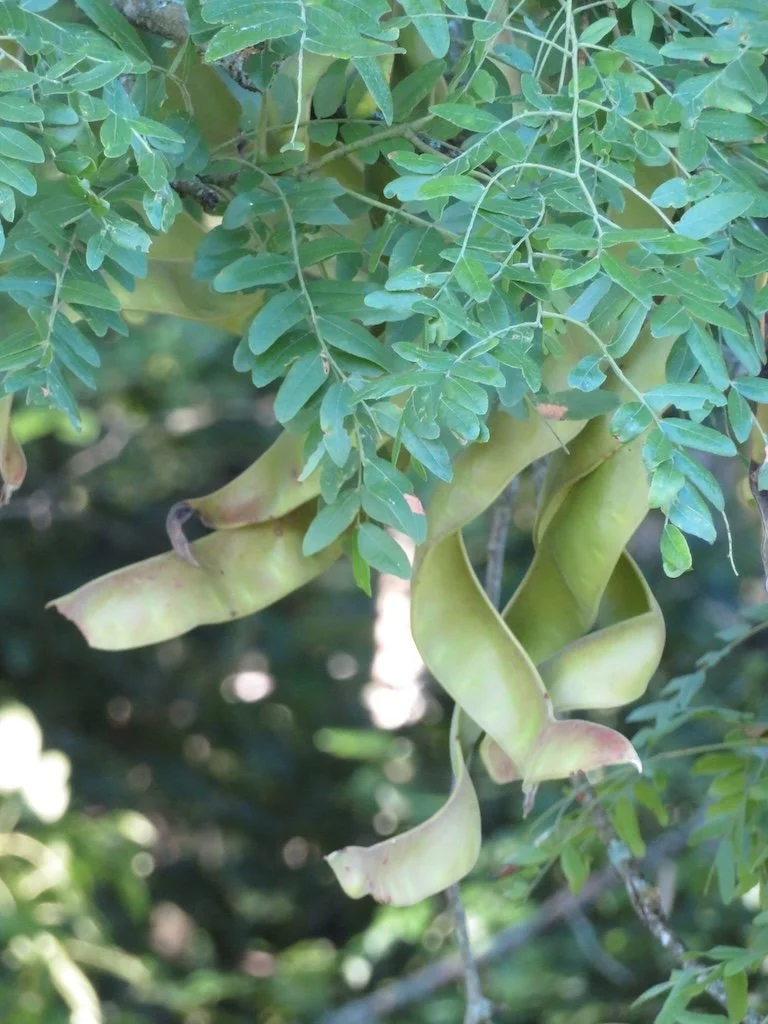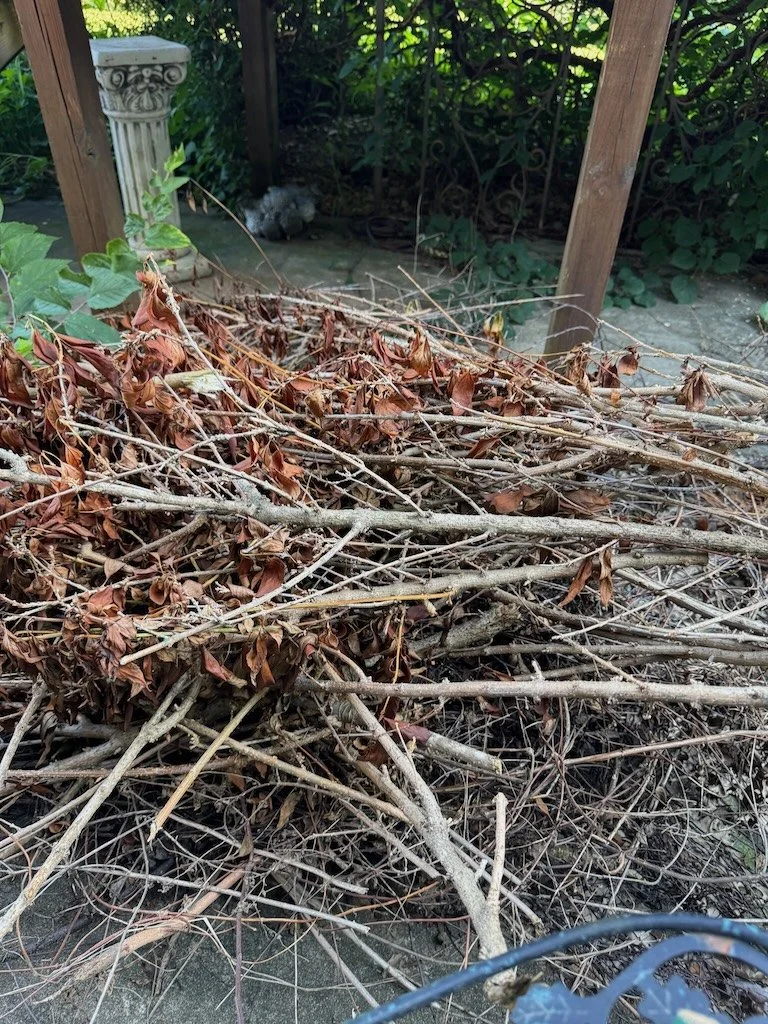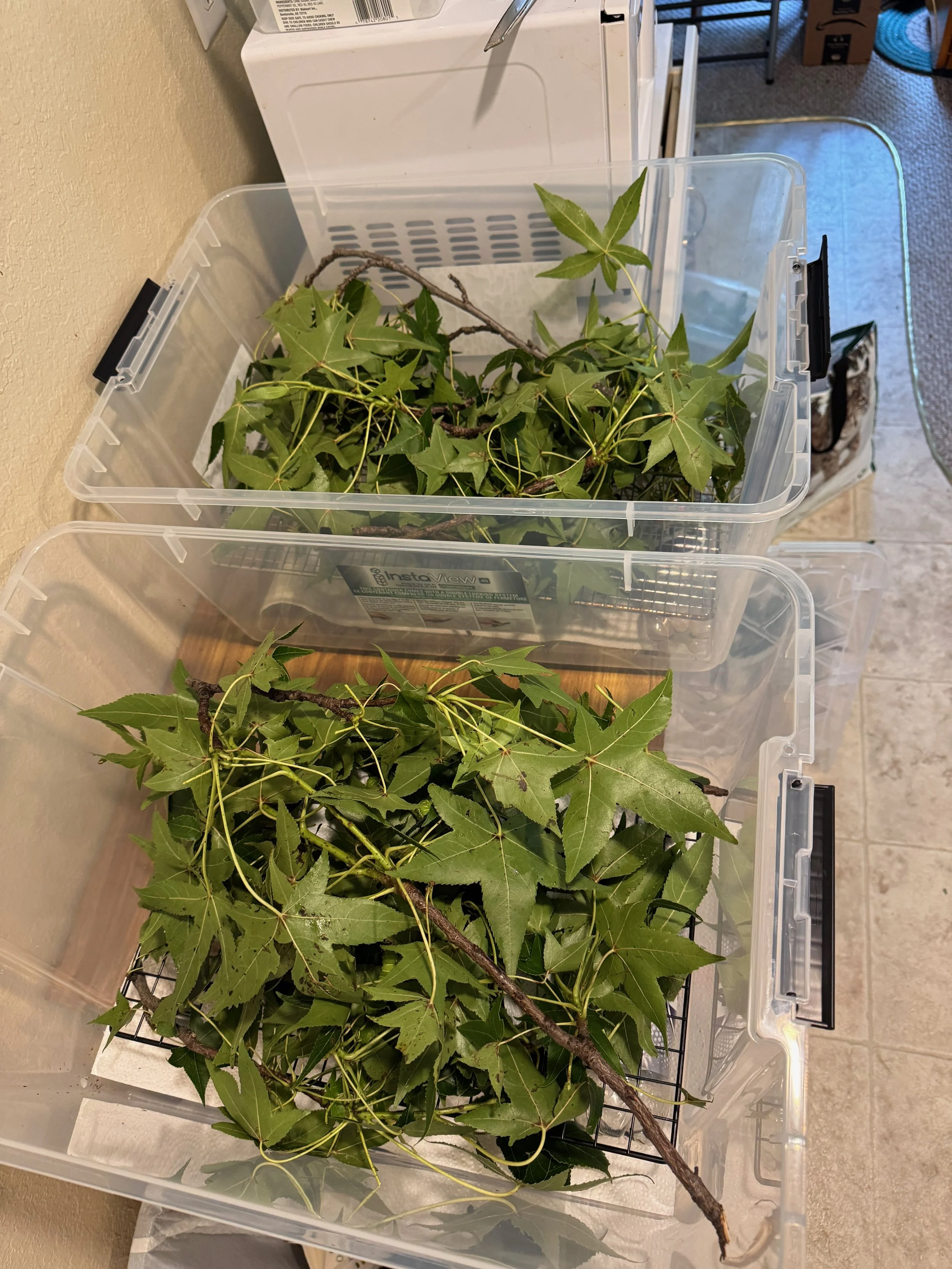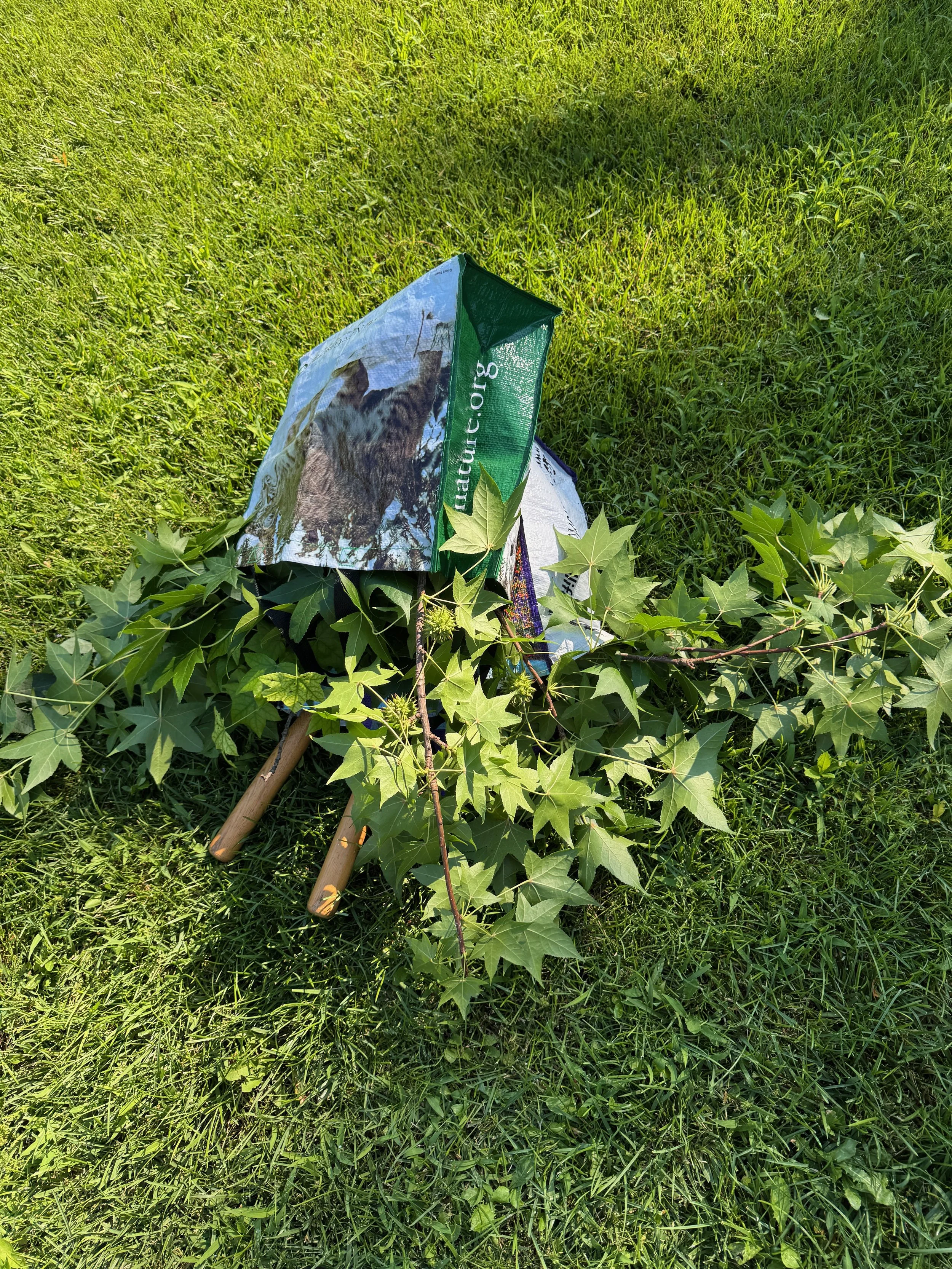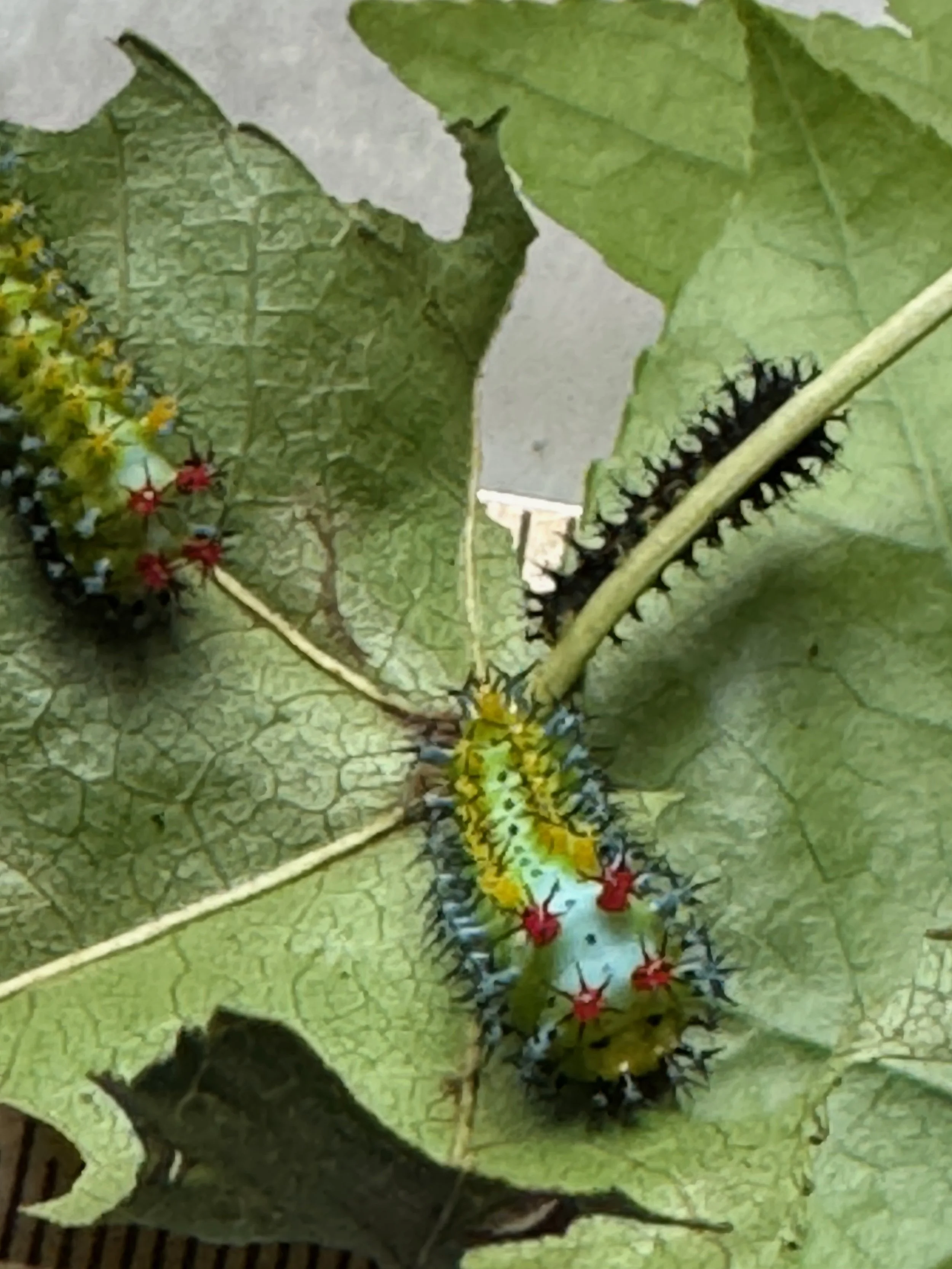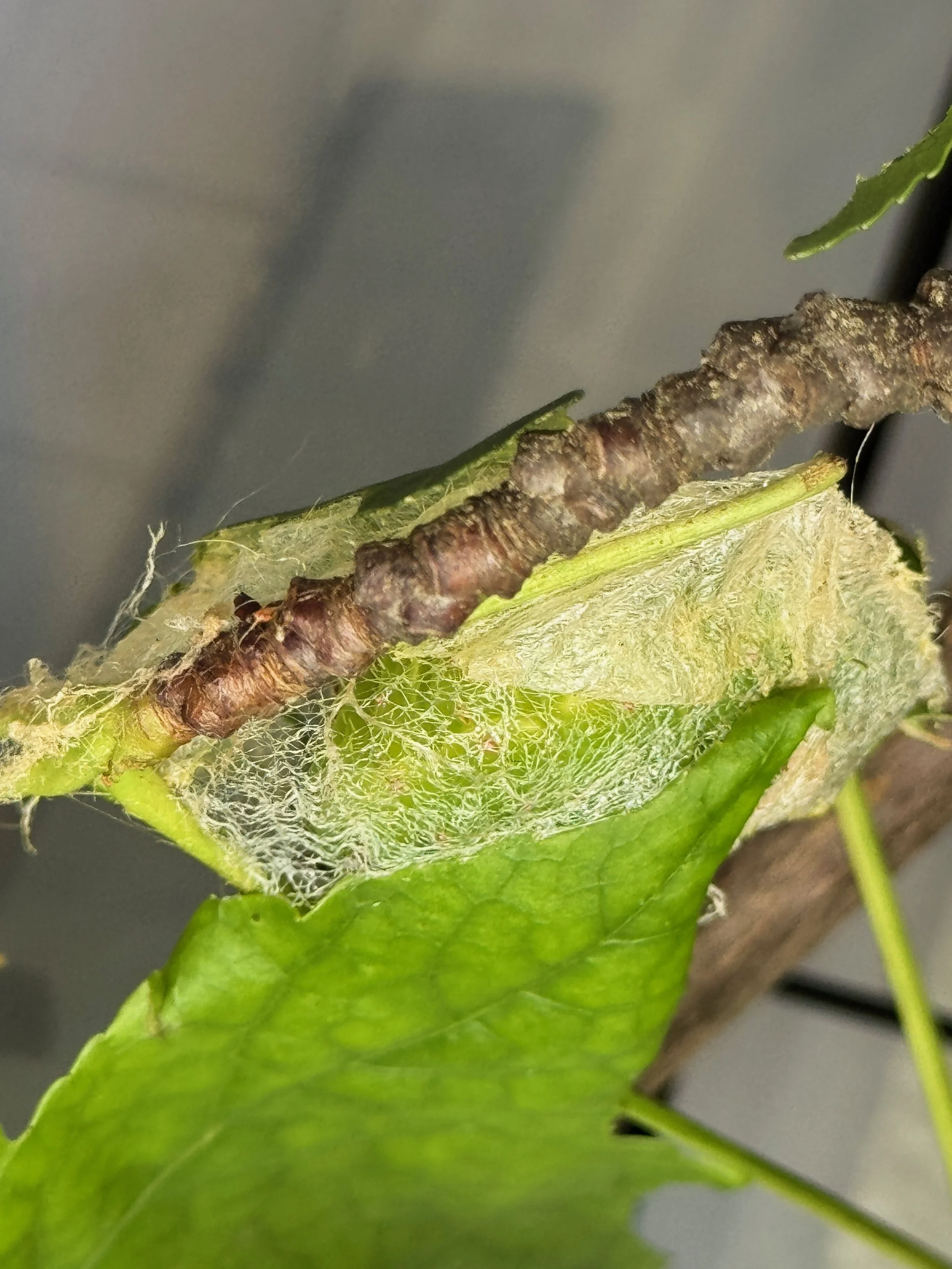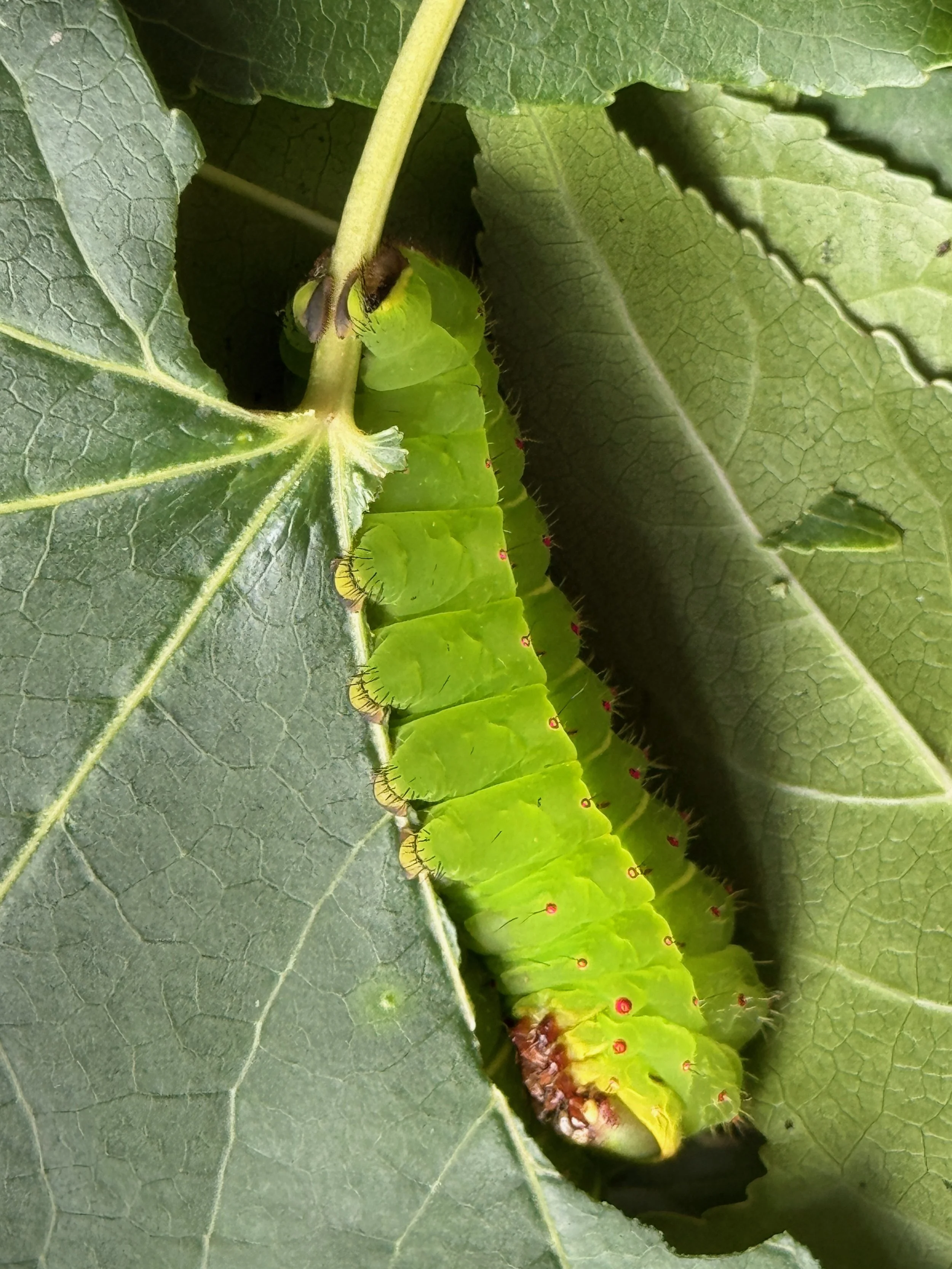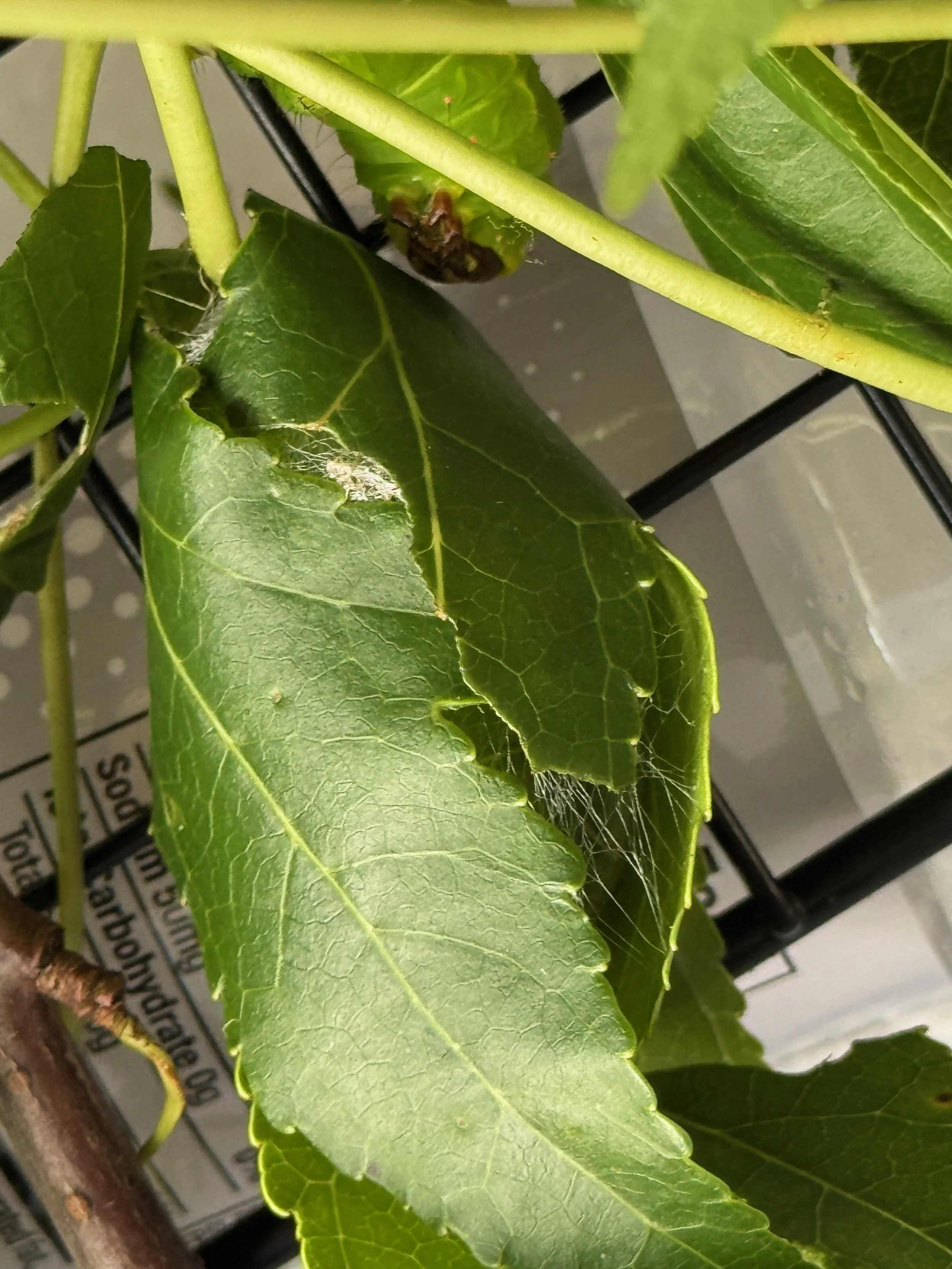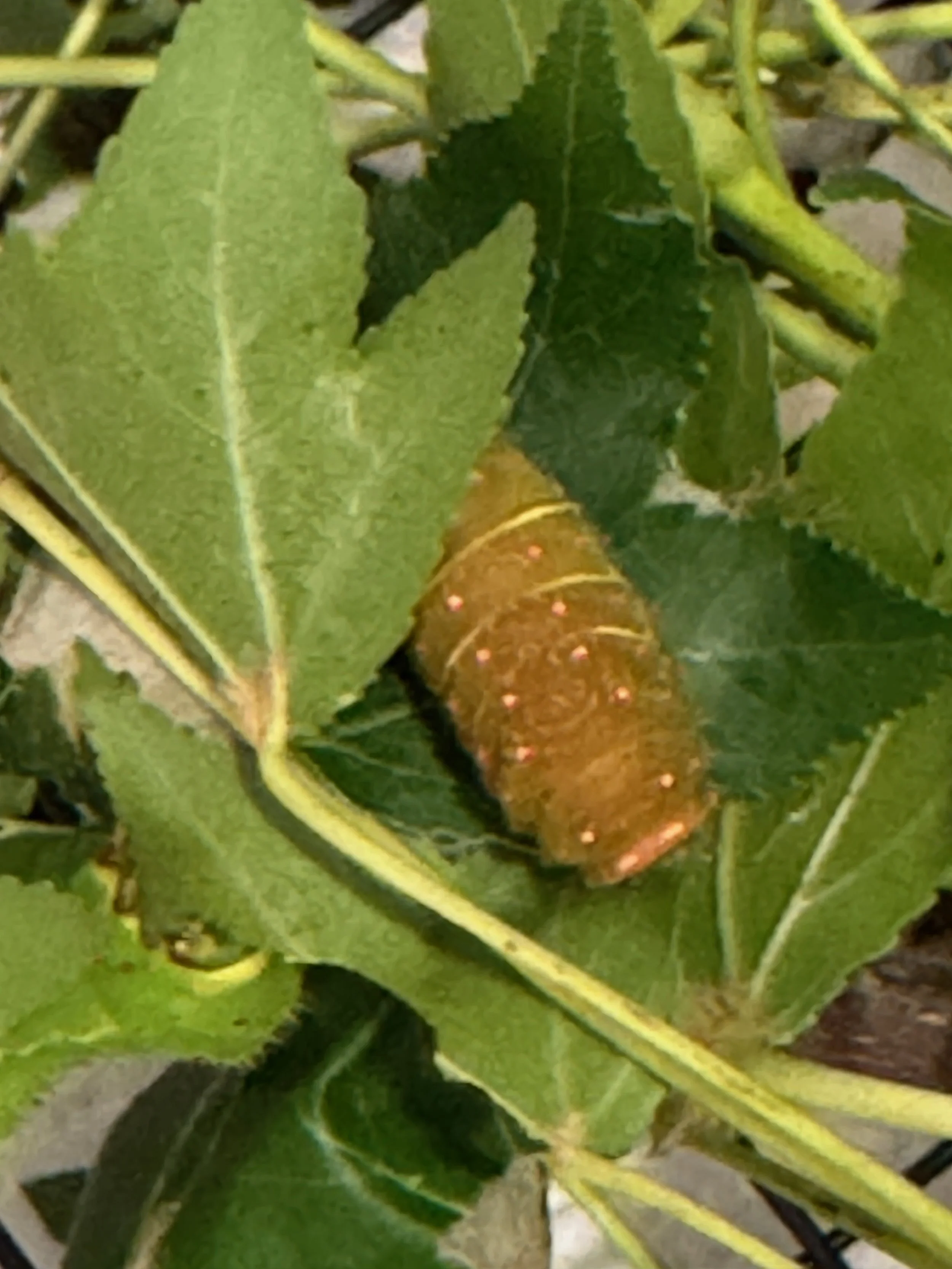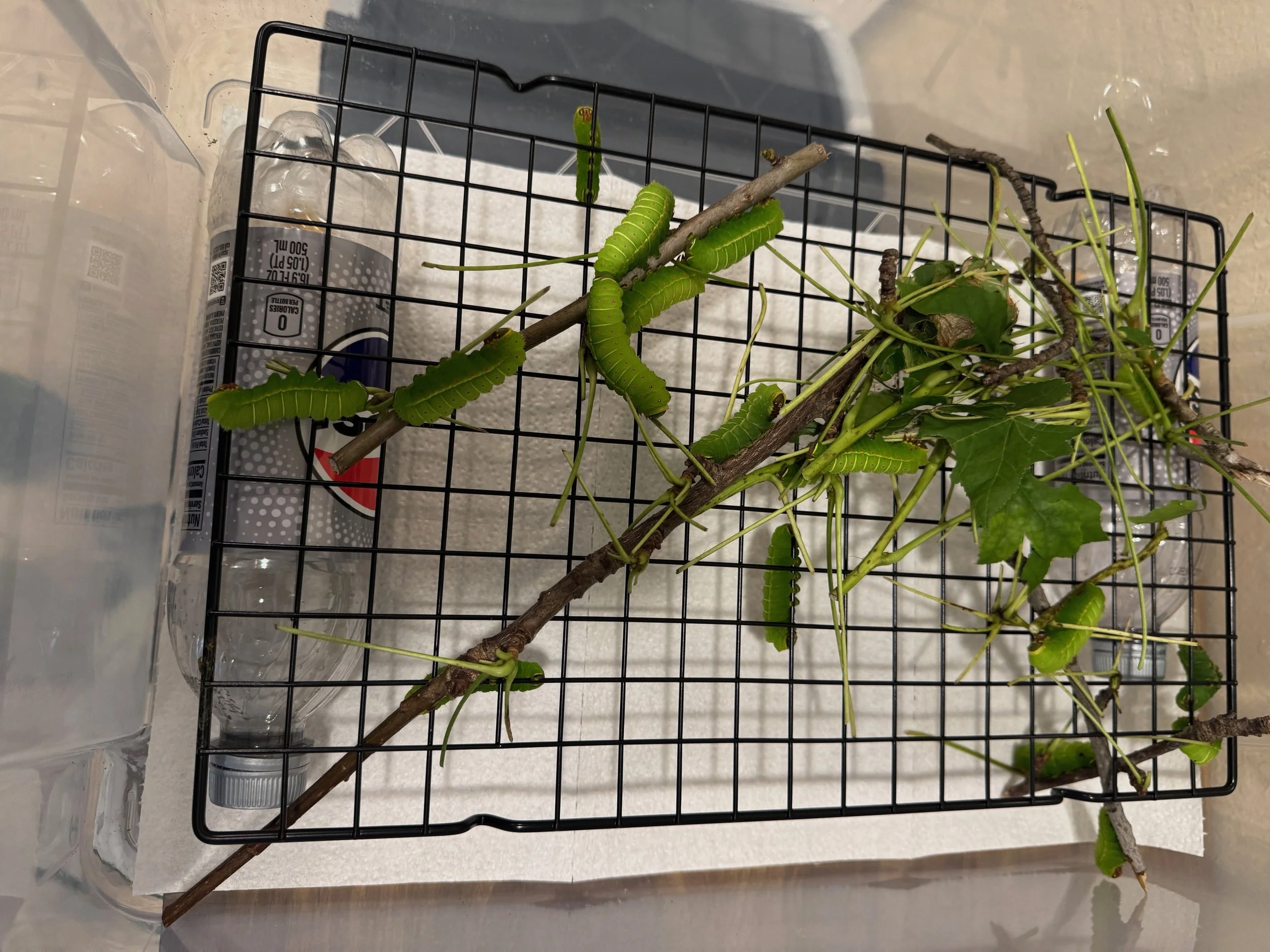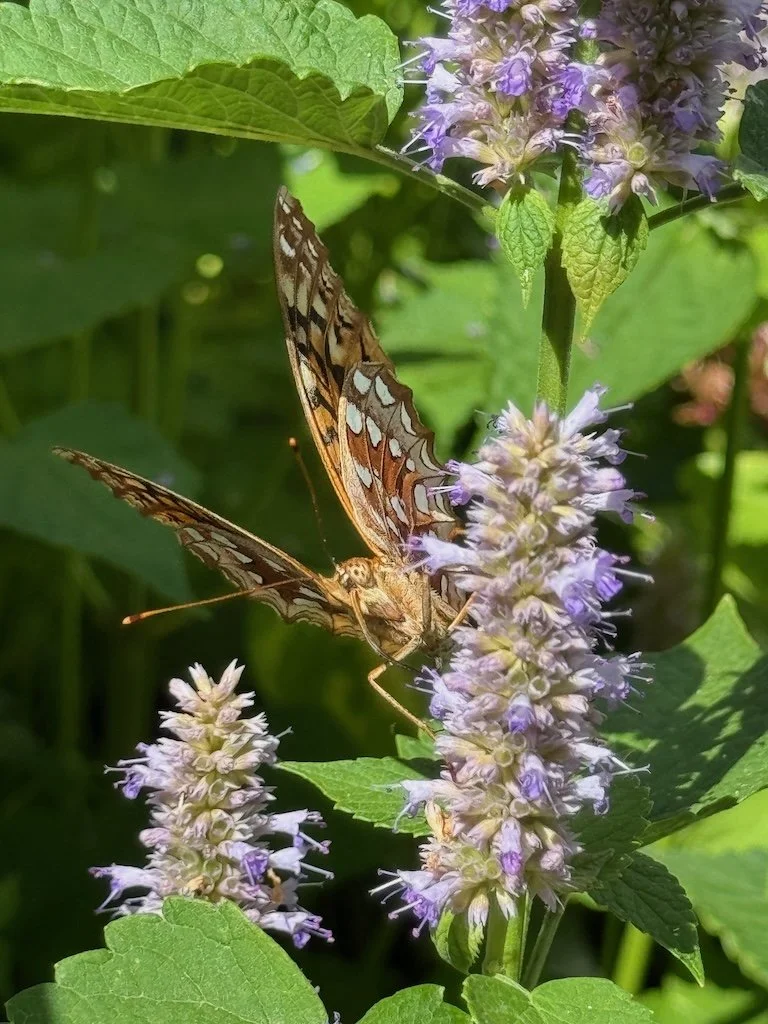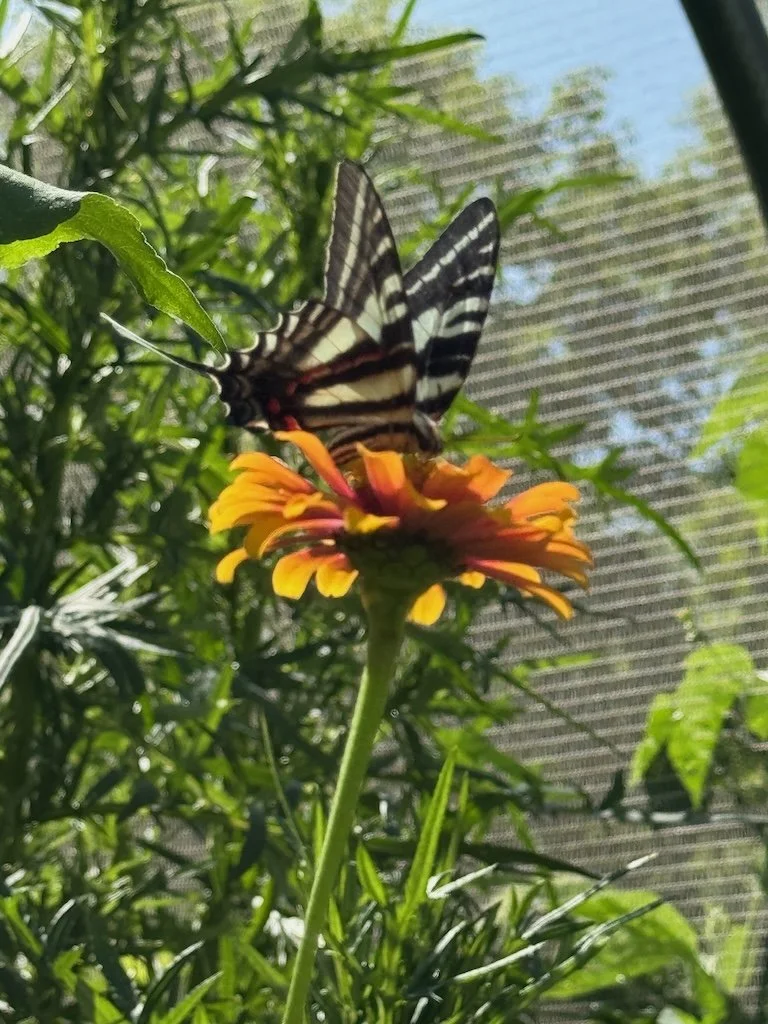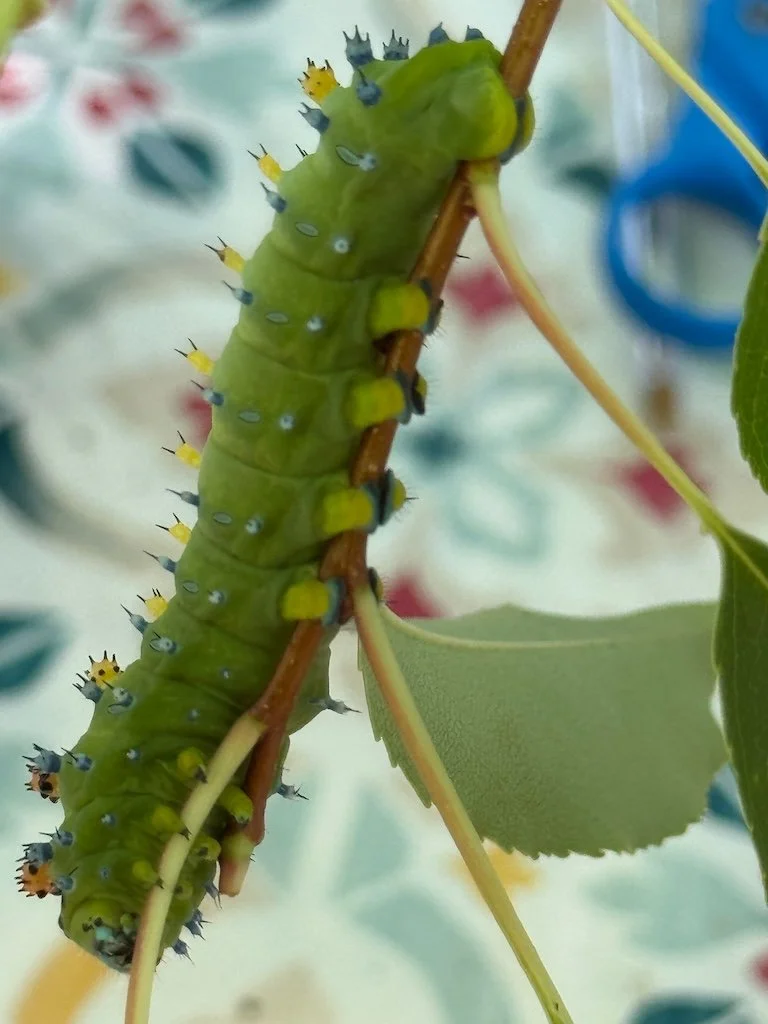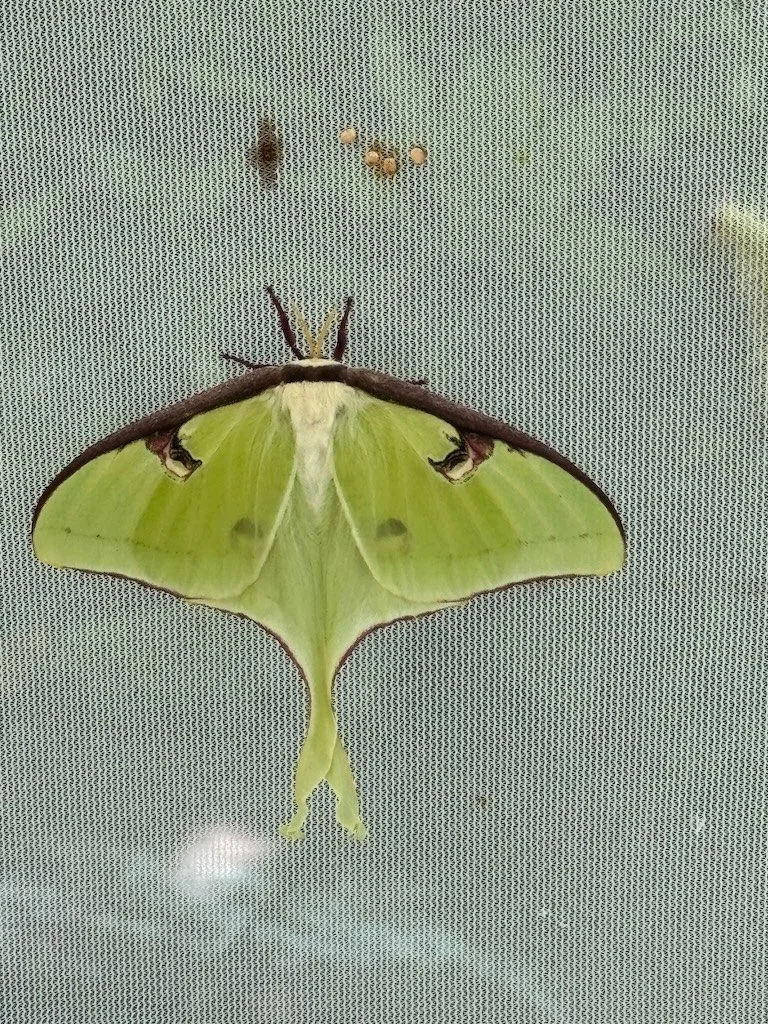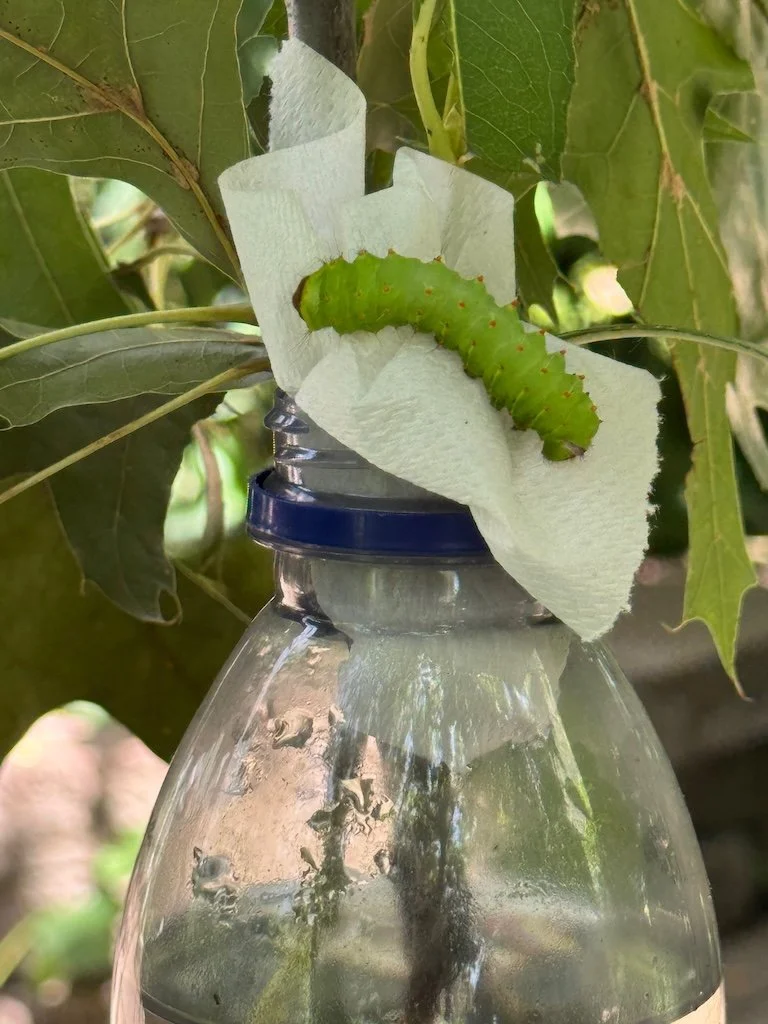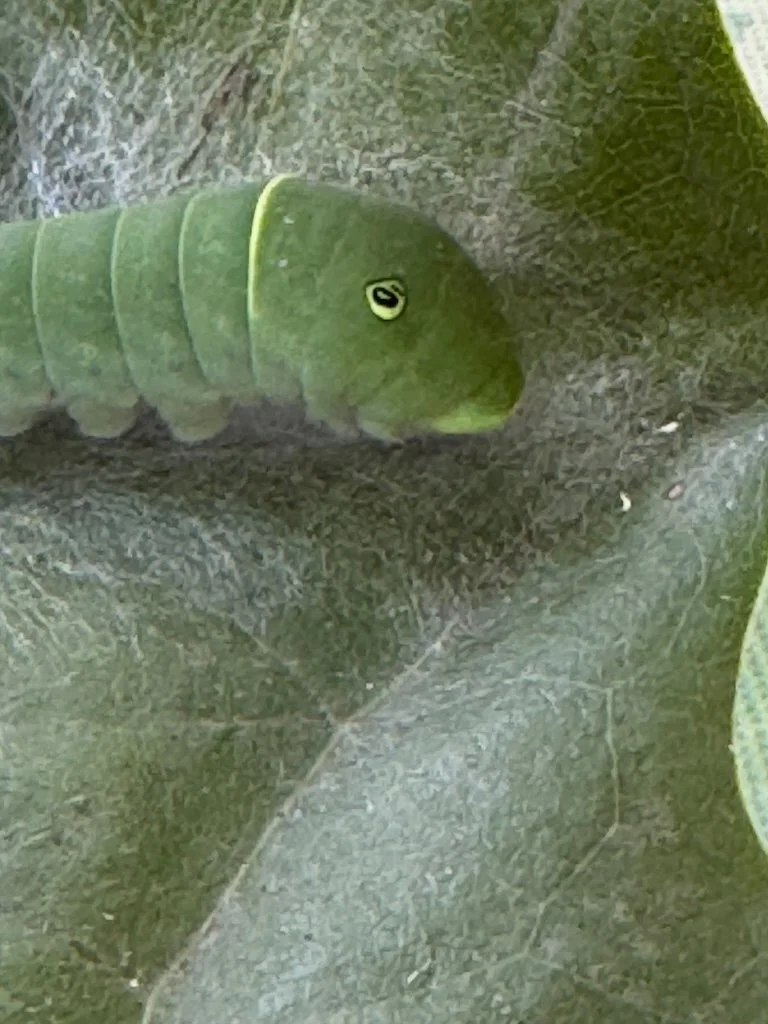Gleanings of the Week Ending August 2, 2025
/The items below were ‘the cream’ of the articles and websites I found this past week. Click on the light green text to look at the article.
Introduction of Agriculture Didn't Immediately Alter Japanese Diets - Agriculture, rice, and millet were introduced to the Japanese islands from the Korean Peninsula around 3,000 years ago. Researchers recently examined plant residues on Final Jomon and Yayoi-period pottery from sites in northern Kyushu. The surprising results indicated that local culinary traditions changed very little after the crops were introduced to the island, as fish and seafood remained the primary foods.
Athens Is Reviving a 2,000-Year-Old Roman Aqueduct to Deliver Water to the City Amid Prolonged Droughts - If the Hadrian’s Aqueduct revitalization proves successful, it could become a model for other major cities experiencing water shortages. There are plans to expand in the other boroughs of Athens that the Hadrian Aqueduct runs through. But also, we have started a collaboration with another five or six cities in Europe that combine cultural heritage with water heritage to make more green, sustainable and livable cities.
Photography In the National Parks: Early Summer at White Sands National Park – Some good tips for photography when there is a lot of ‘white’ around! I remember trying in June of 2013 when I visited the place.
Teen bats are spawning new viruses—here’s why scientists are paying close attention - Juvenile bats frequently host multiple coronaviruses simultaneously—offering a real-time window into how new strains might arise. These findings, while involving non-human-infecting viruses, provide a powerful model to forecast how dangerous variants could eventually spill over into humans, especially as environmental pressures bring bats closer to human habitats.
Lentils Have More Protein Than Hamburger? - or a portion size of 100 grams, dry lentils have 23.6 grams of protein, with only 1.92 grams of fat. In case you are wondering, 100 grams is about 3.5 ounces. The amount of protein in “beef, ground, 80% lean meat” is 17.5 grams for the same portion size as the lentils! I’m going to look at some lentil recipes….add them into our meal plans.
A monumental 3,800-year-old warrior kurgan discovered in Azerbaijan - The burial chamber—2 meters wide, 6 meters long, and 3 meters deep—was divided into three symbolic sections: one for the human remains and weaponry, another for ceramic vessels, and a third intentionally left empty, possibly reflecting ritual beliefs about the soul’s journey in the afterlife.
China Breaks Ground on Colossal Dam Project in Asia’s Grand Canyon - A massive dam project in the Yarlung Tsangpo Grand Canyon in Tibet, the longest and deepest canyon in the world. Concerns are being raised about wildlife, electricity it produces being more expensive that comparable solar project, and the Chinese ability to withhold water or flood India in timed of conflict. The article did not discuss if there would be a risk for earthquakes as the weight of the water interacts with the geology of the canyon. Isn’t that area seismically active?
Arizona’s Declining Groundwater - For more than two decades, NASA satellites have peered beneath the surface and measured changes in the groundwater supplies of the Colorado River Basin. Based on these measurements, researchers report rapid and accelerating losses of groundwater in the basin’s underground aquifers between 2002 and 2024. About 68 percent of the losses occurred in the lower part of the basin, which lies mostly in Arizona. Irrigated agriculture consumes about 72 percent of Arizona’s available water supply; cities and industry account for 22 percent and 6 percent.
Mineral v chemical sunscreen: Which one should you be using? - UV exposure can lead to skin cancer, the most common type of cancer in countries including the US and the UK. If it spreads, the deadliest type, melanoma, has only a 35% five-year survival rate. The best sunscreen, experts say, is one you are happy to use!
Meet the Tuatara: New Zealand’s Bizarre Ancient Reptile - While the tuatara is related to snakes and lizards, the two reptilian groups diverged about 250 million years ago. That’s a long time in evolutionary terms. For context, humans are more closely related to kangaroos than tuatara are to lizards.

